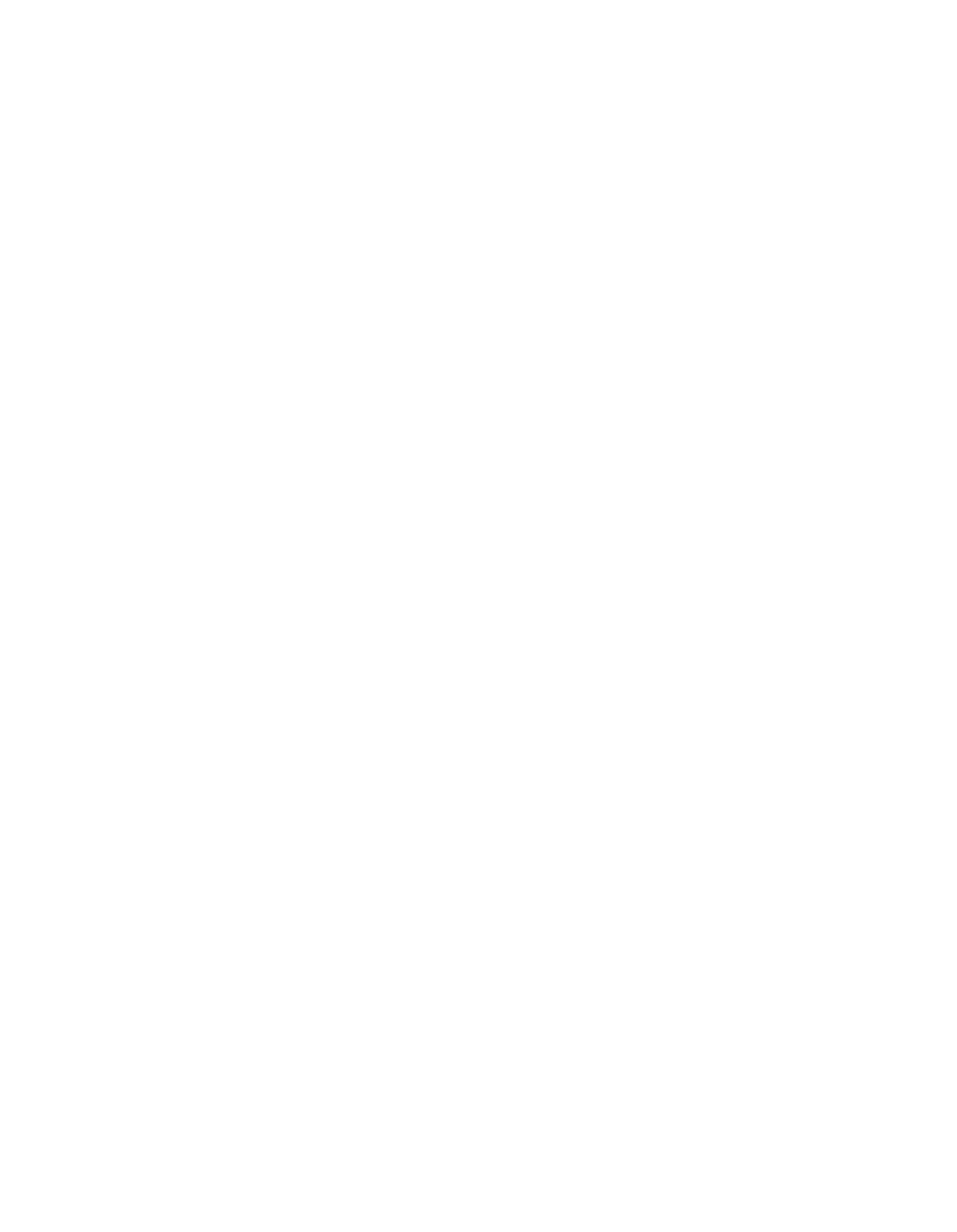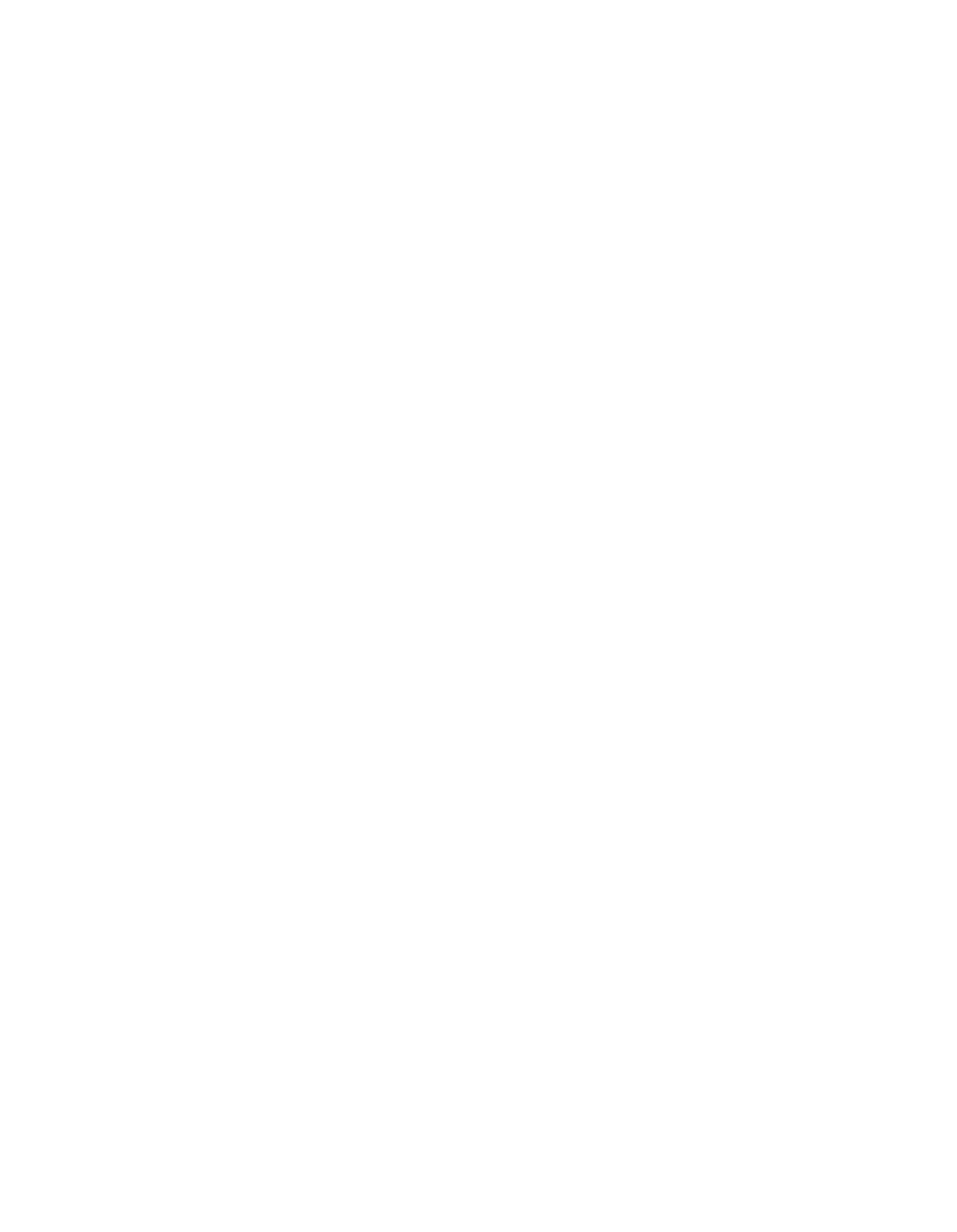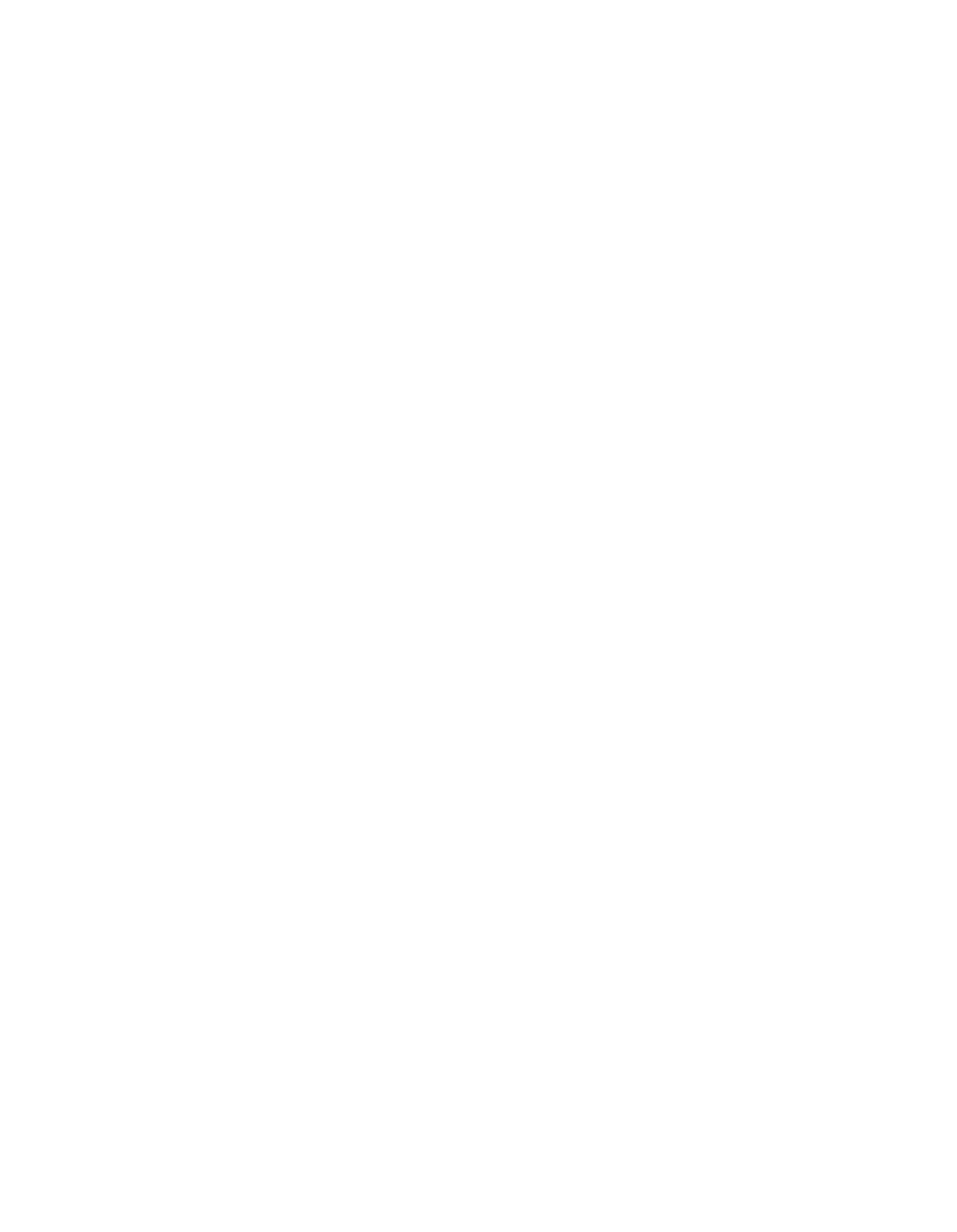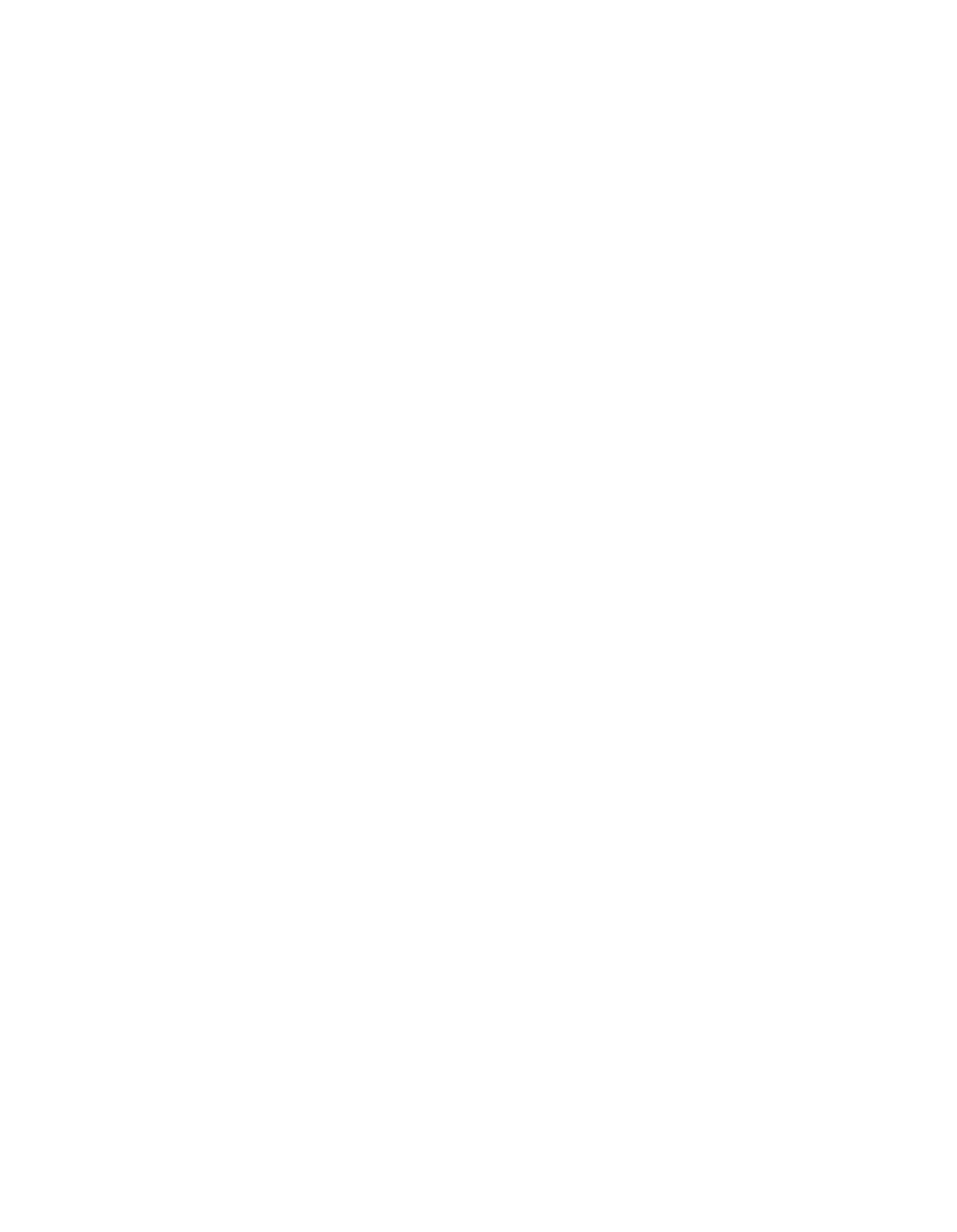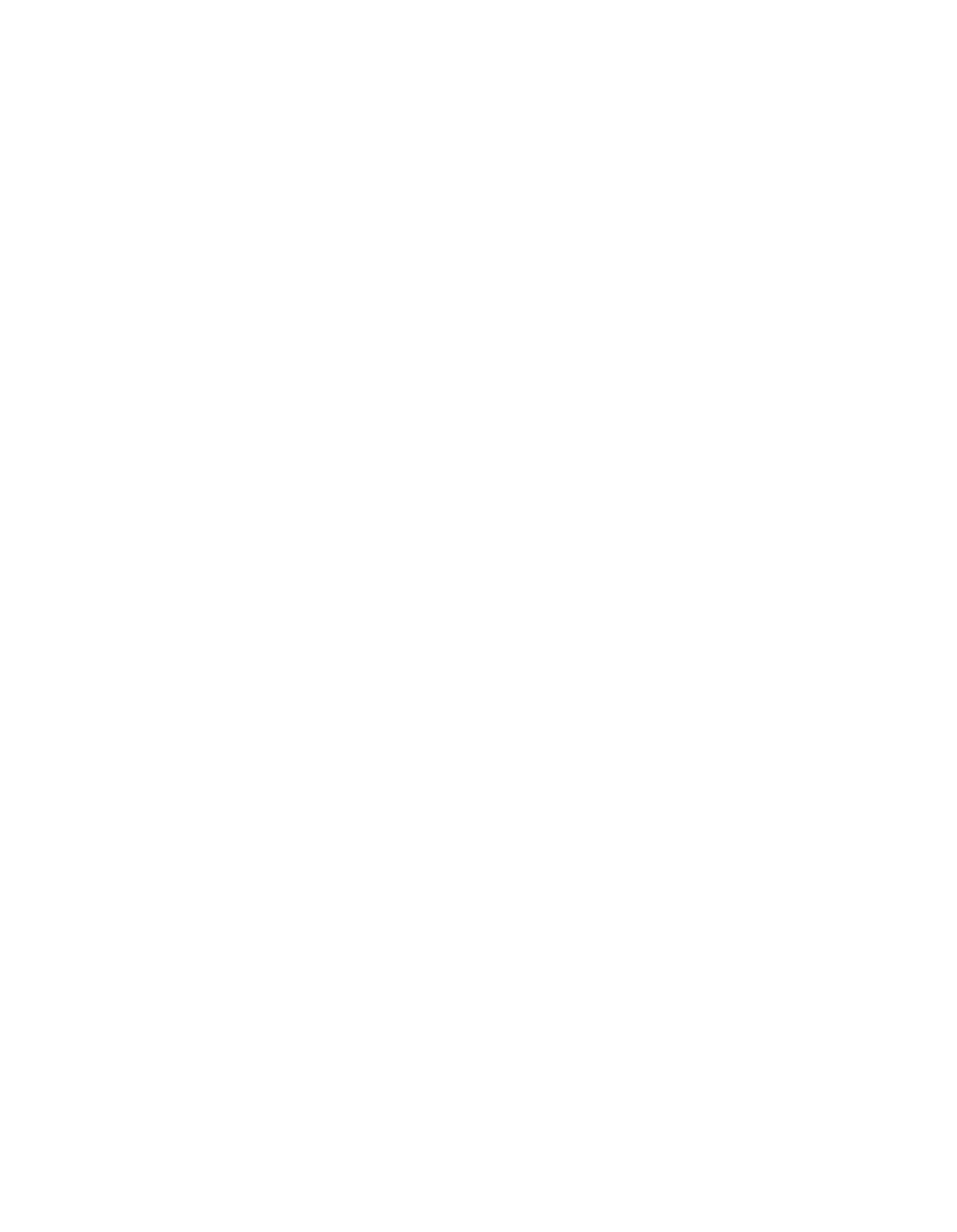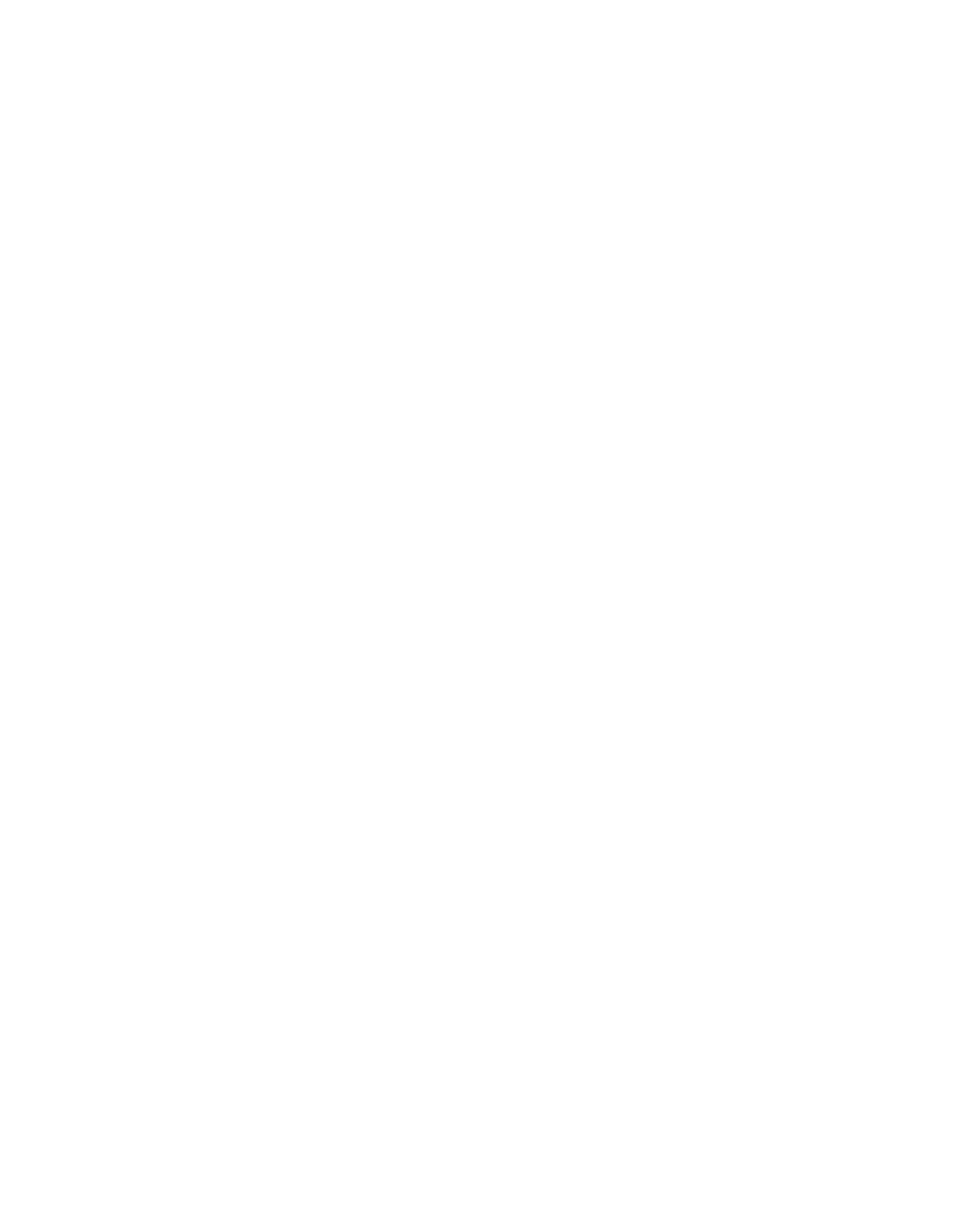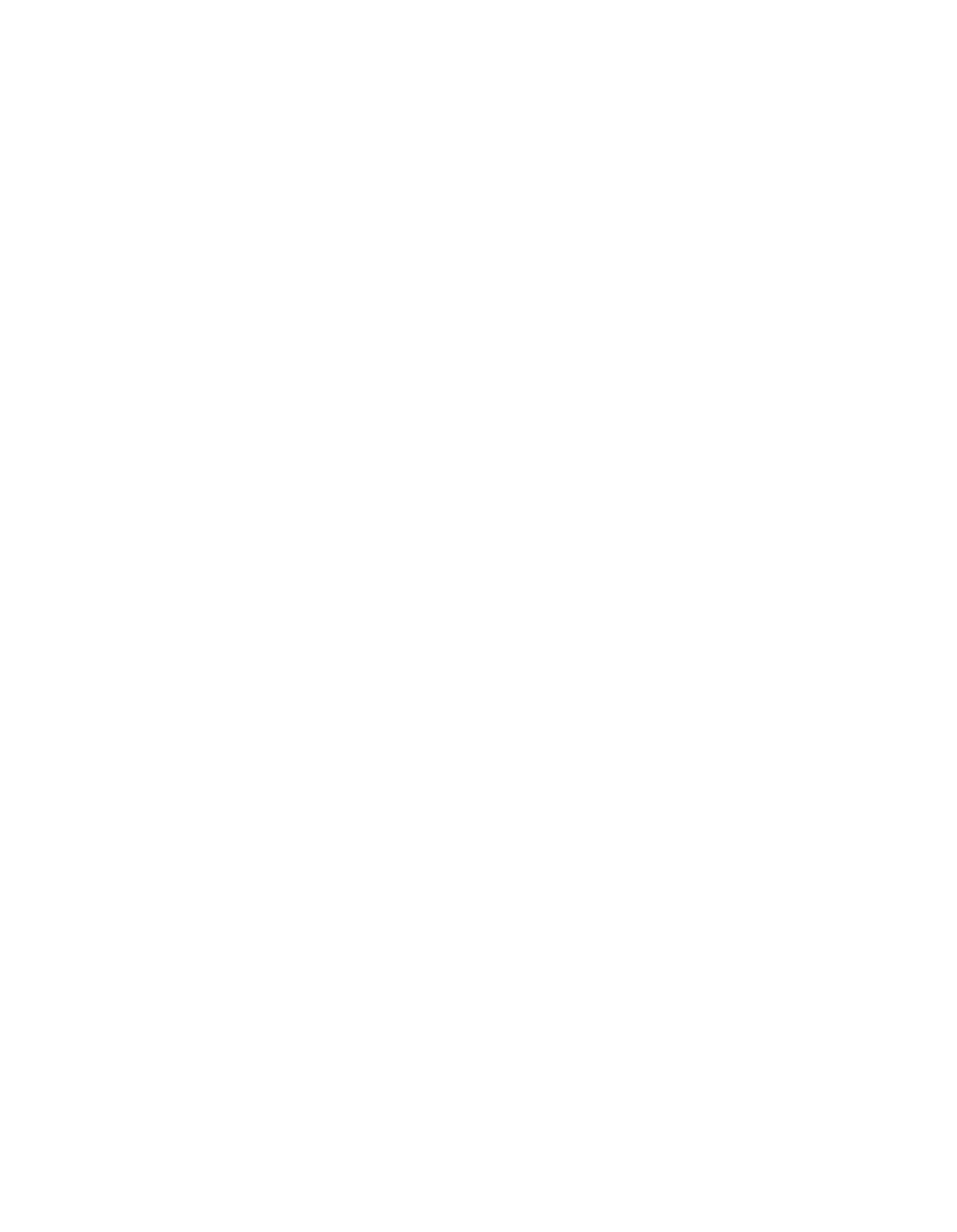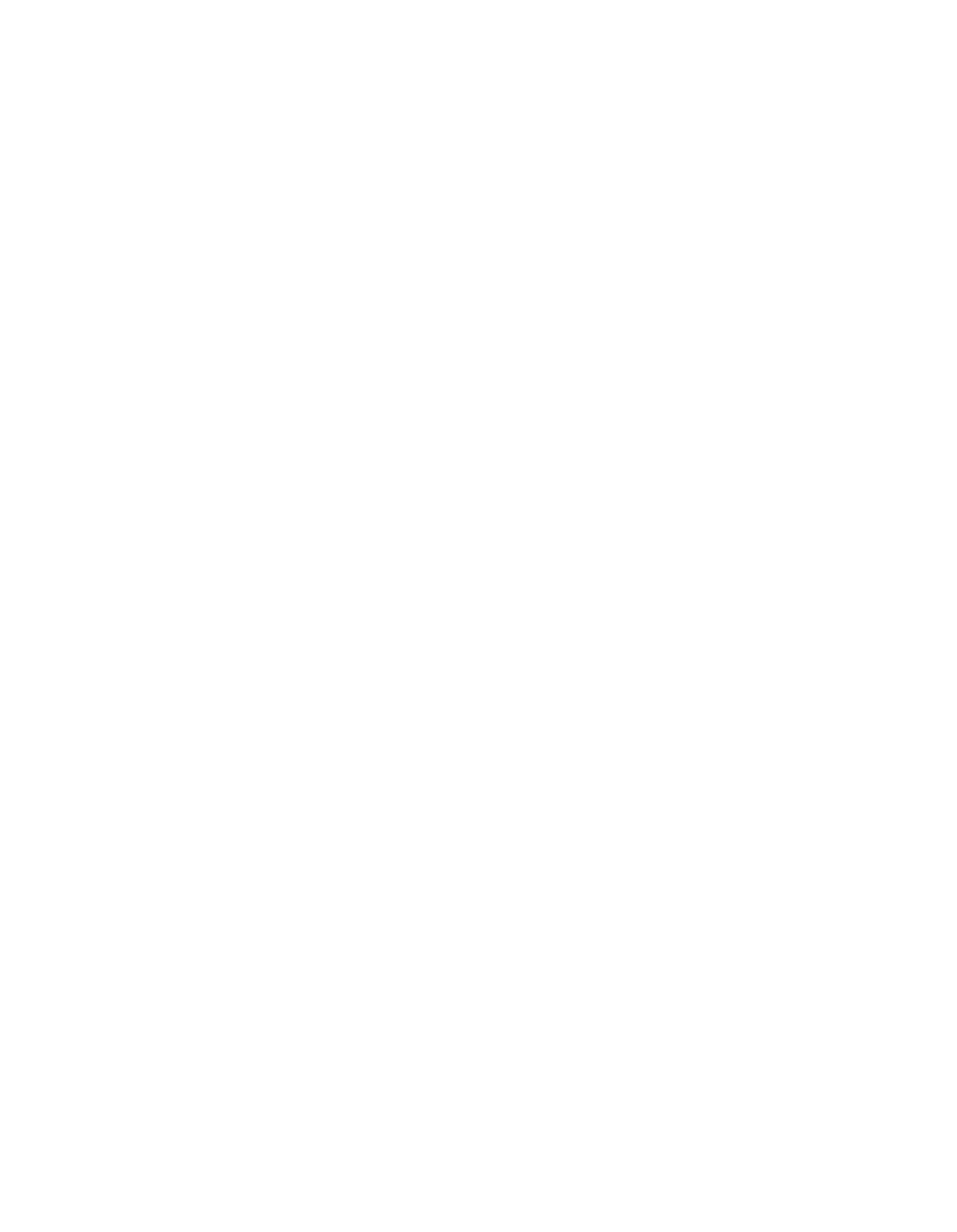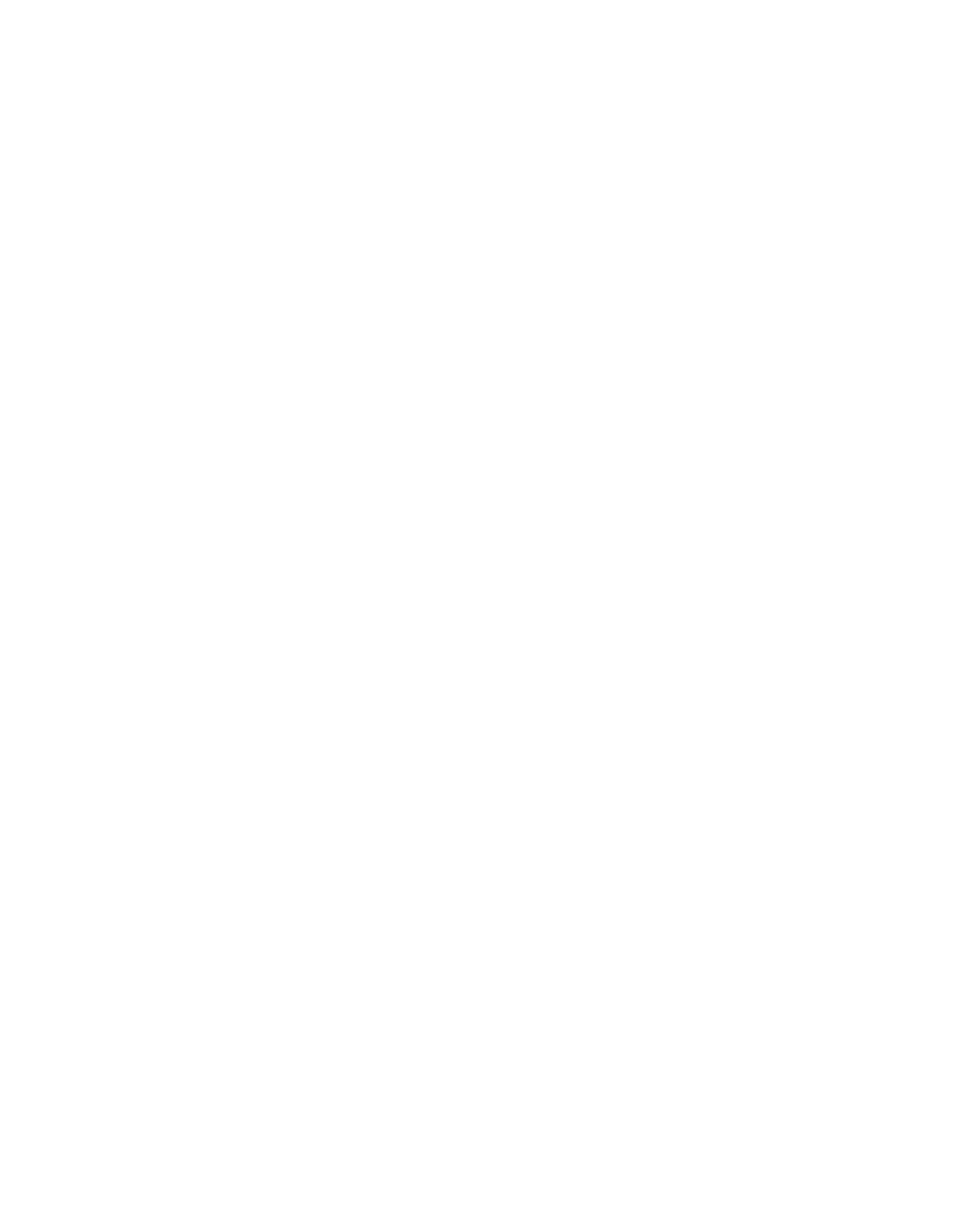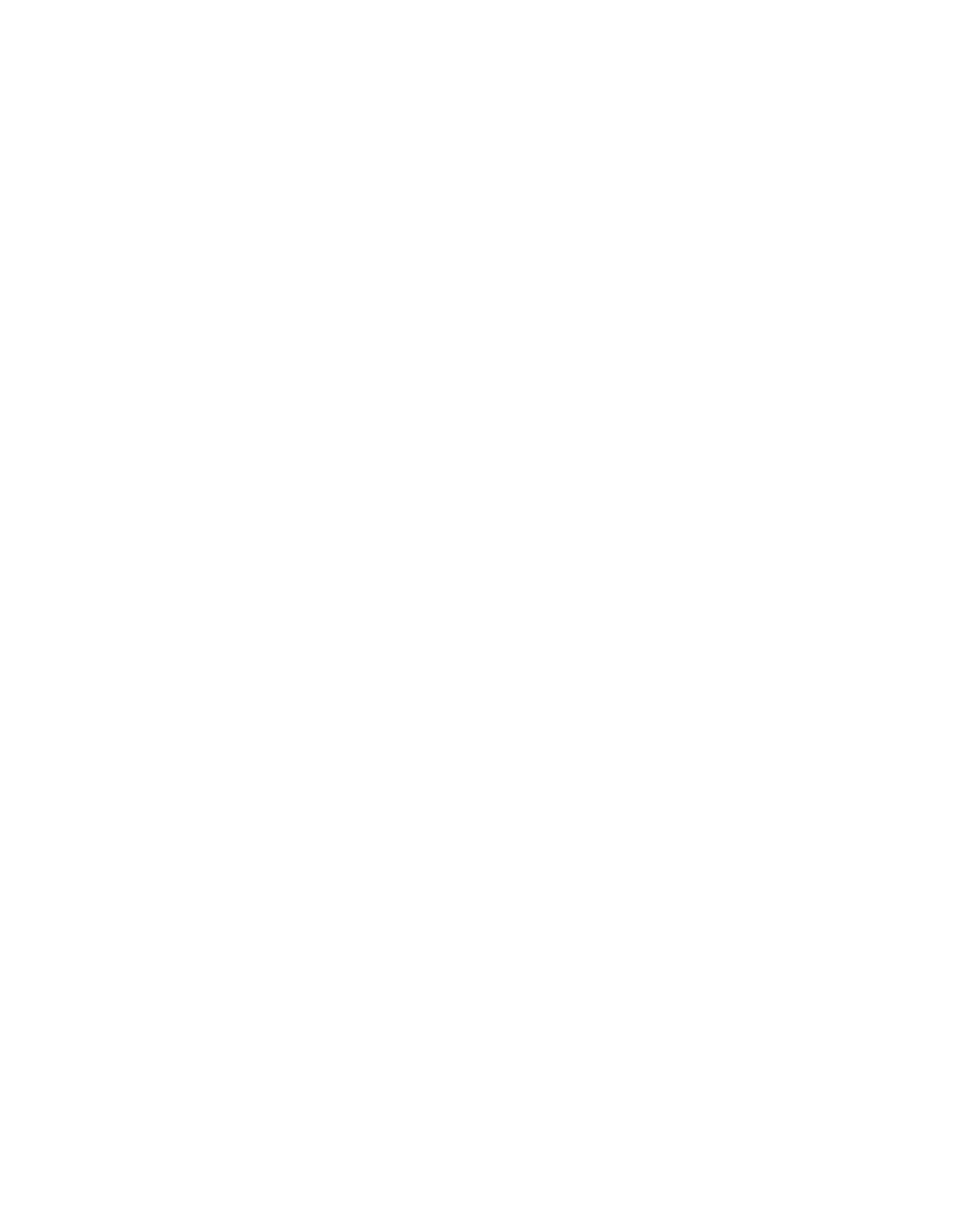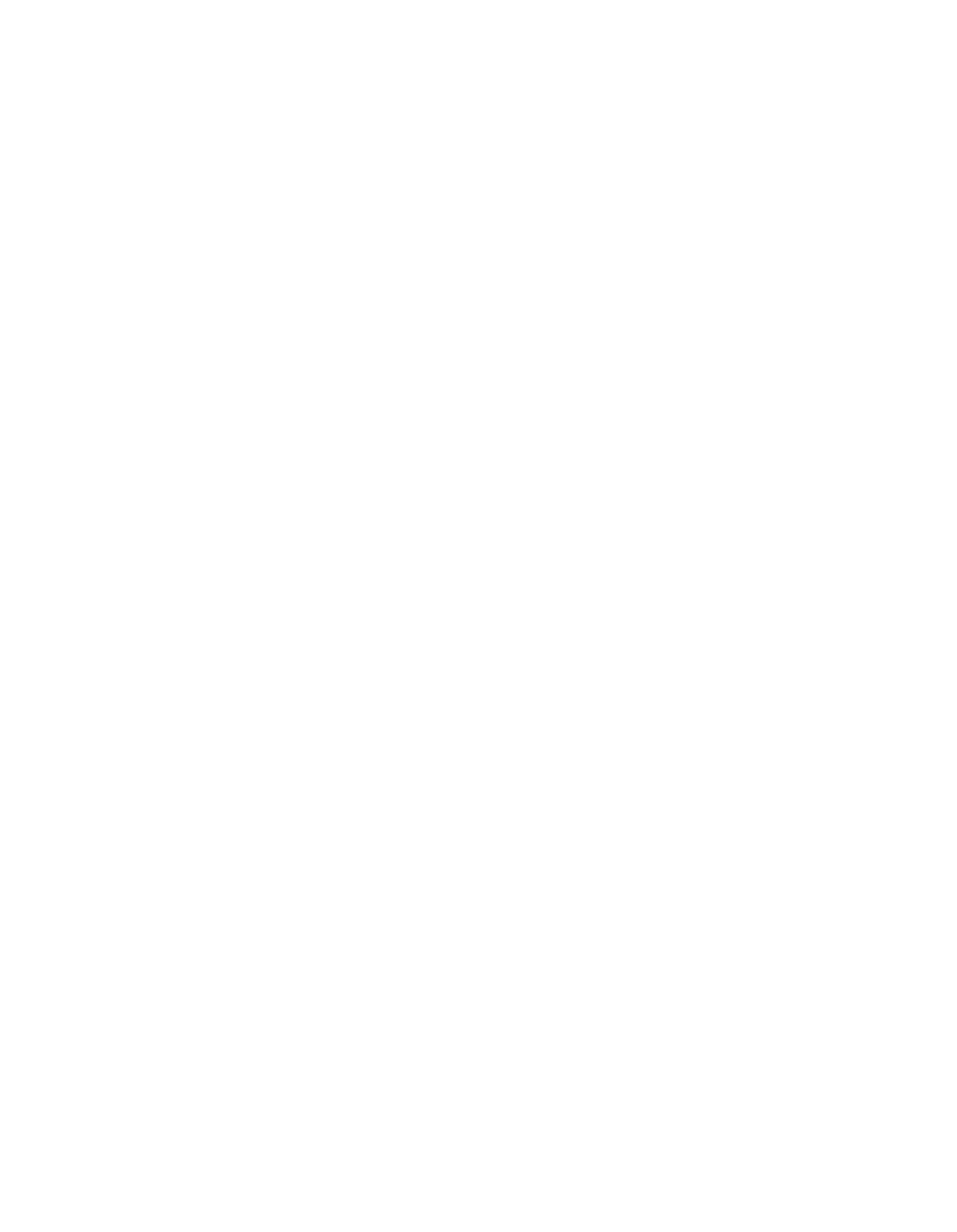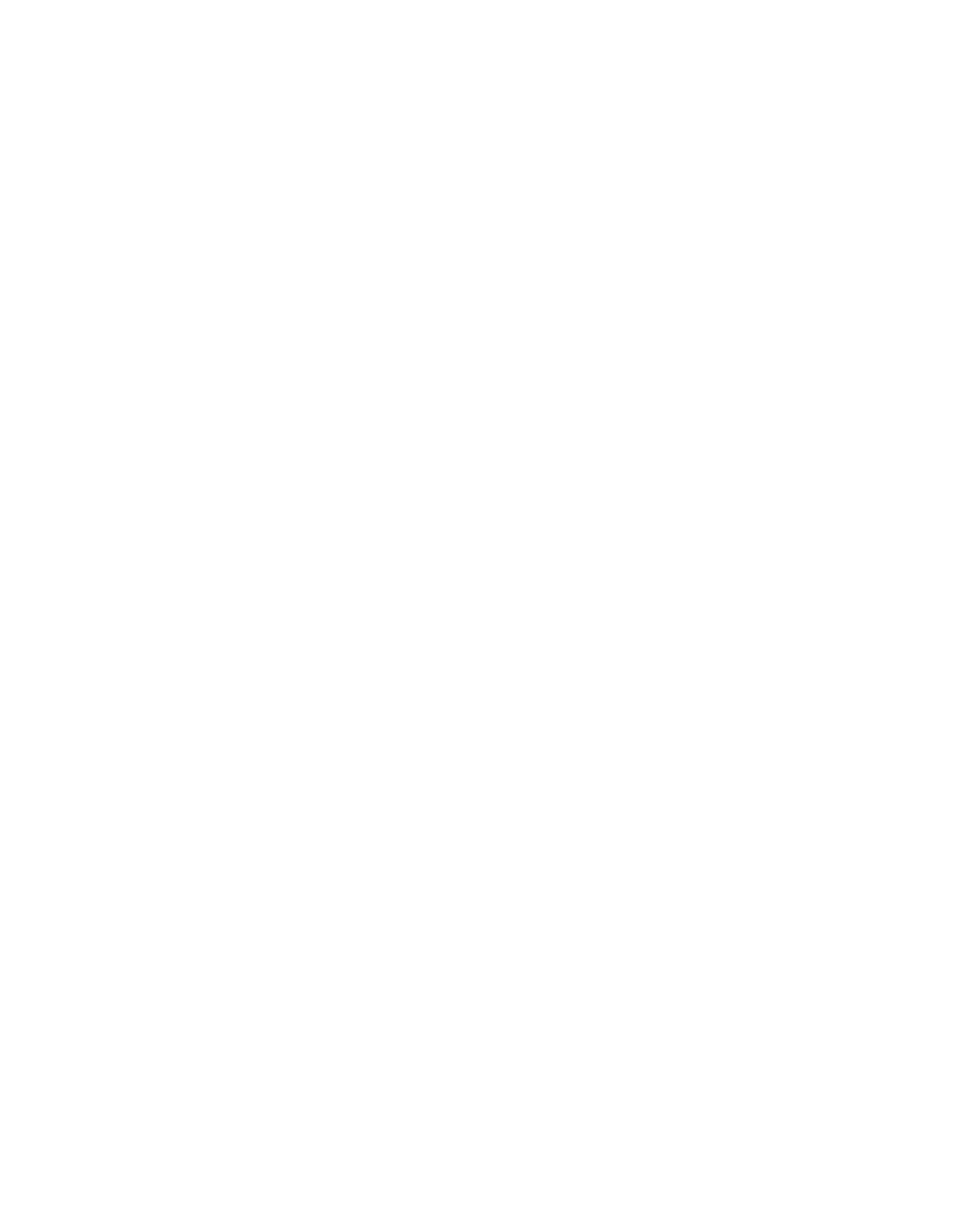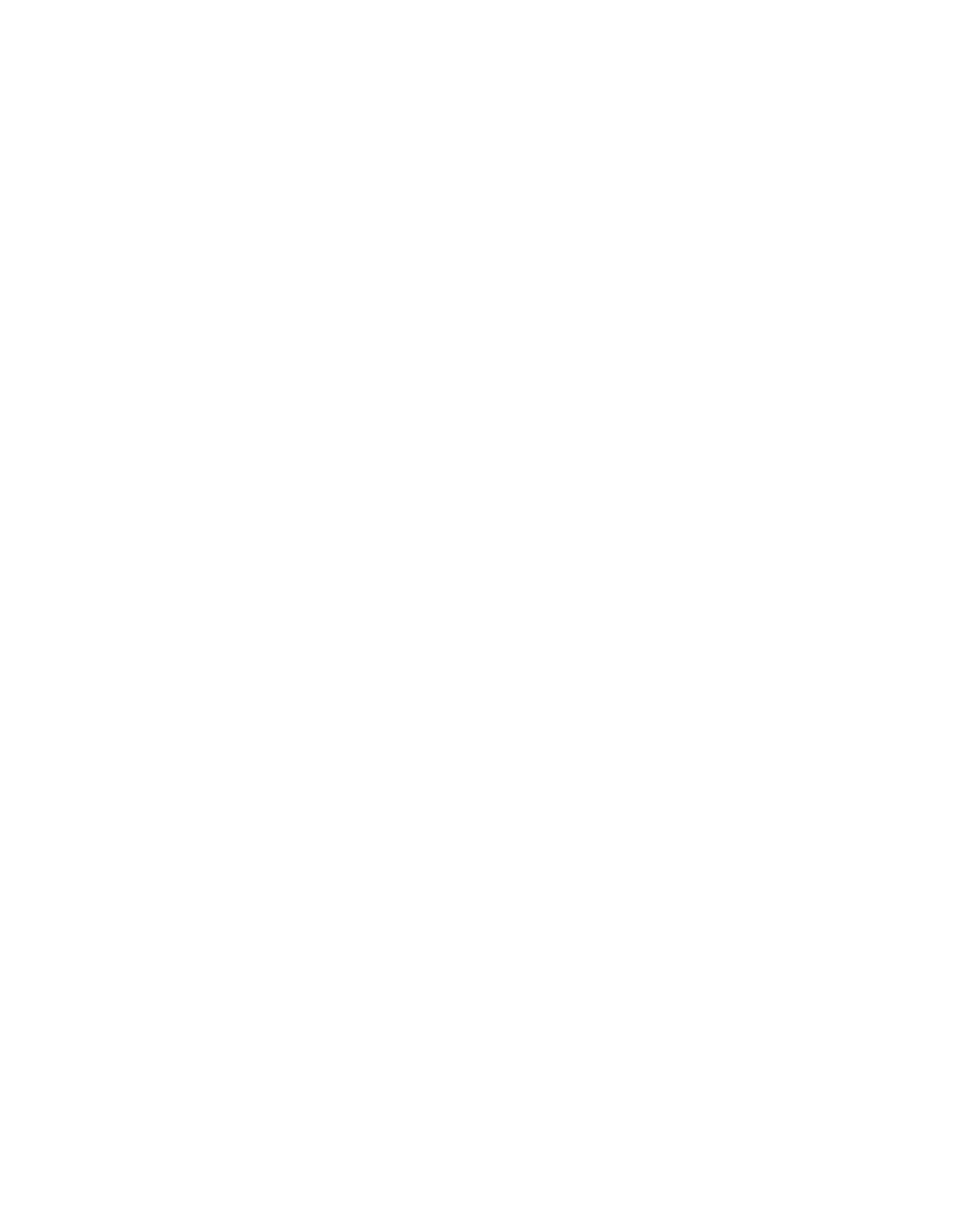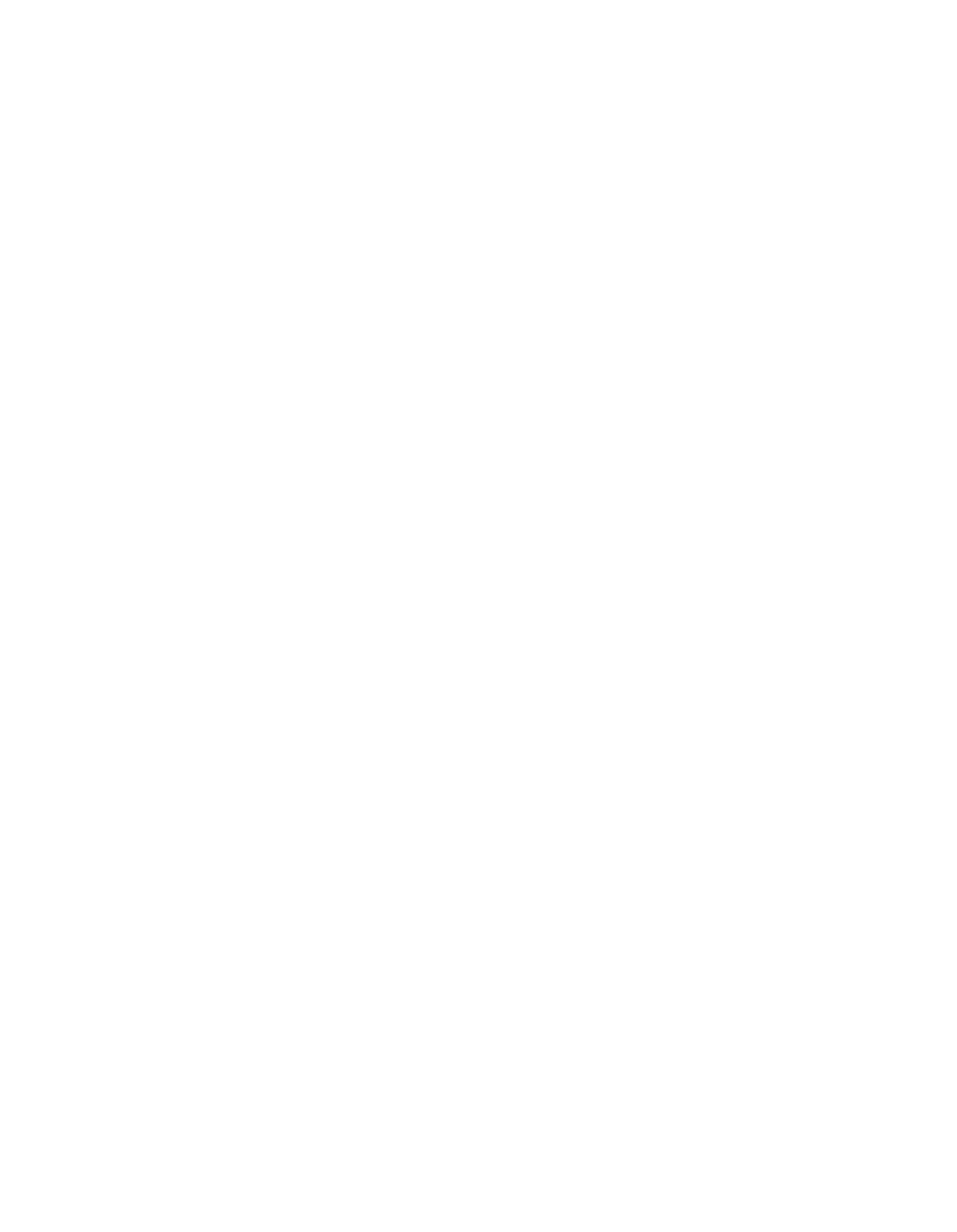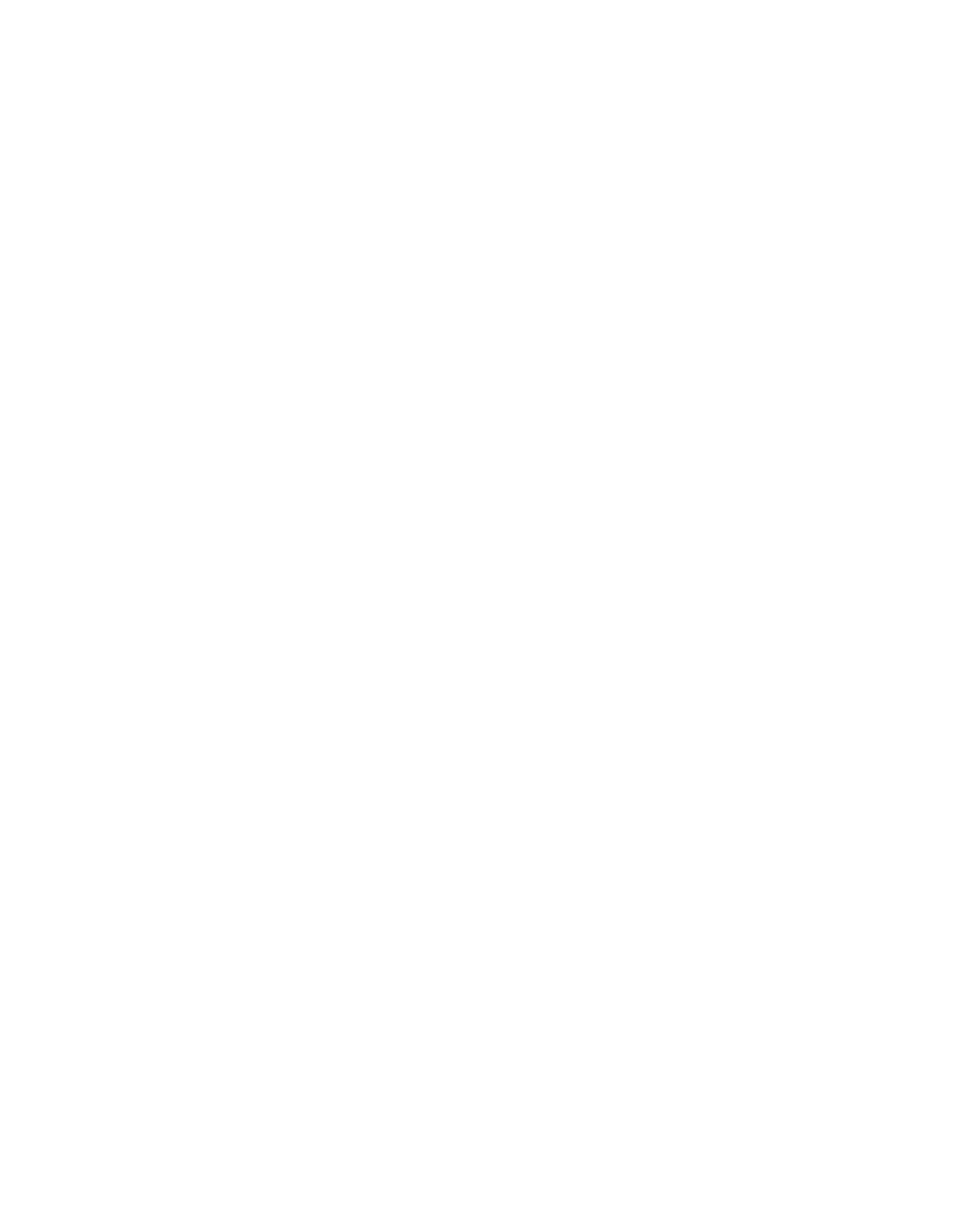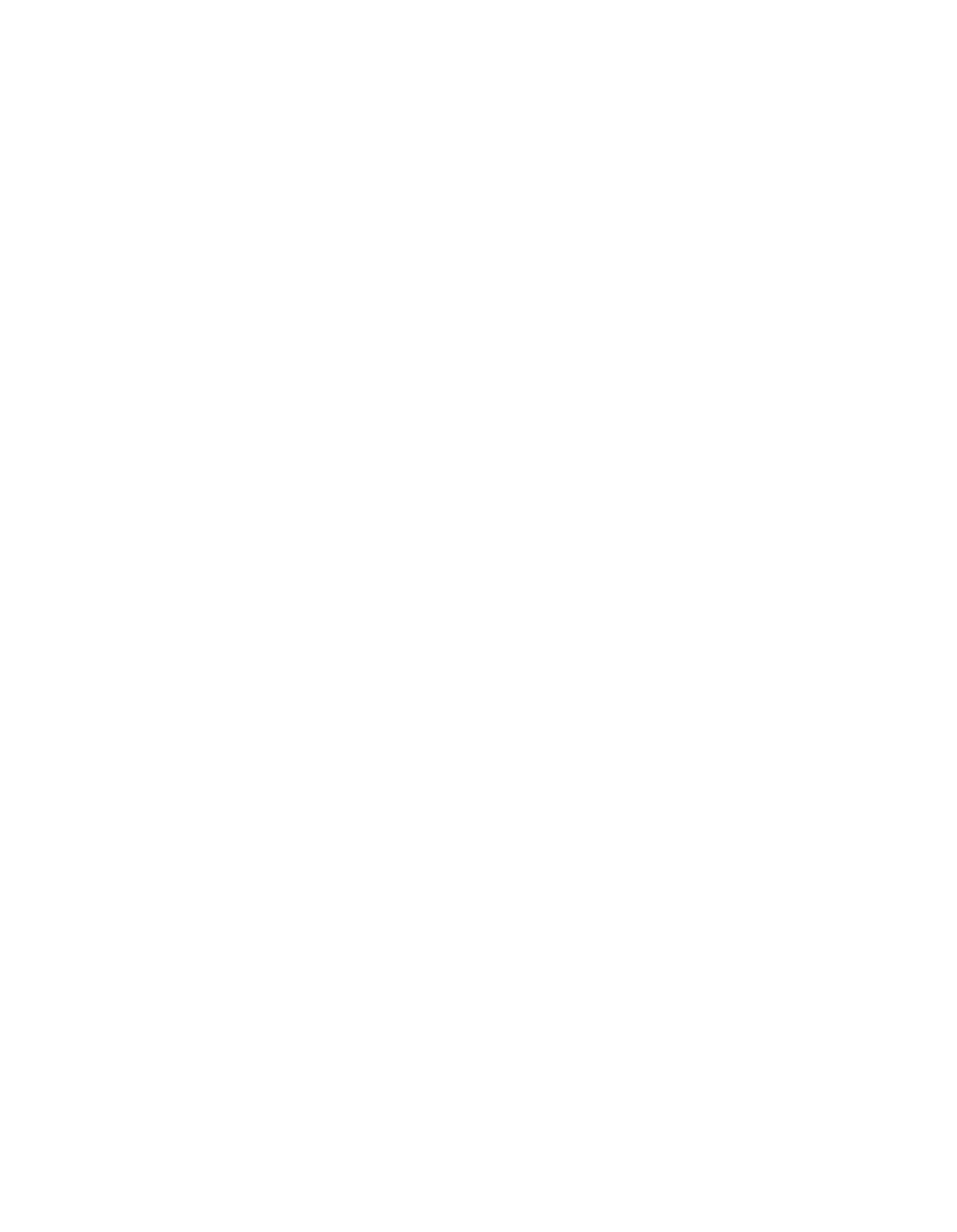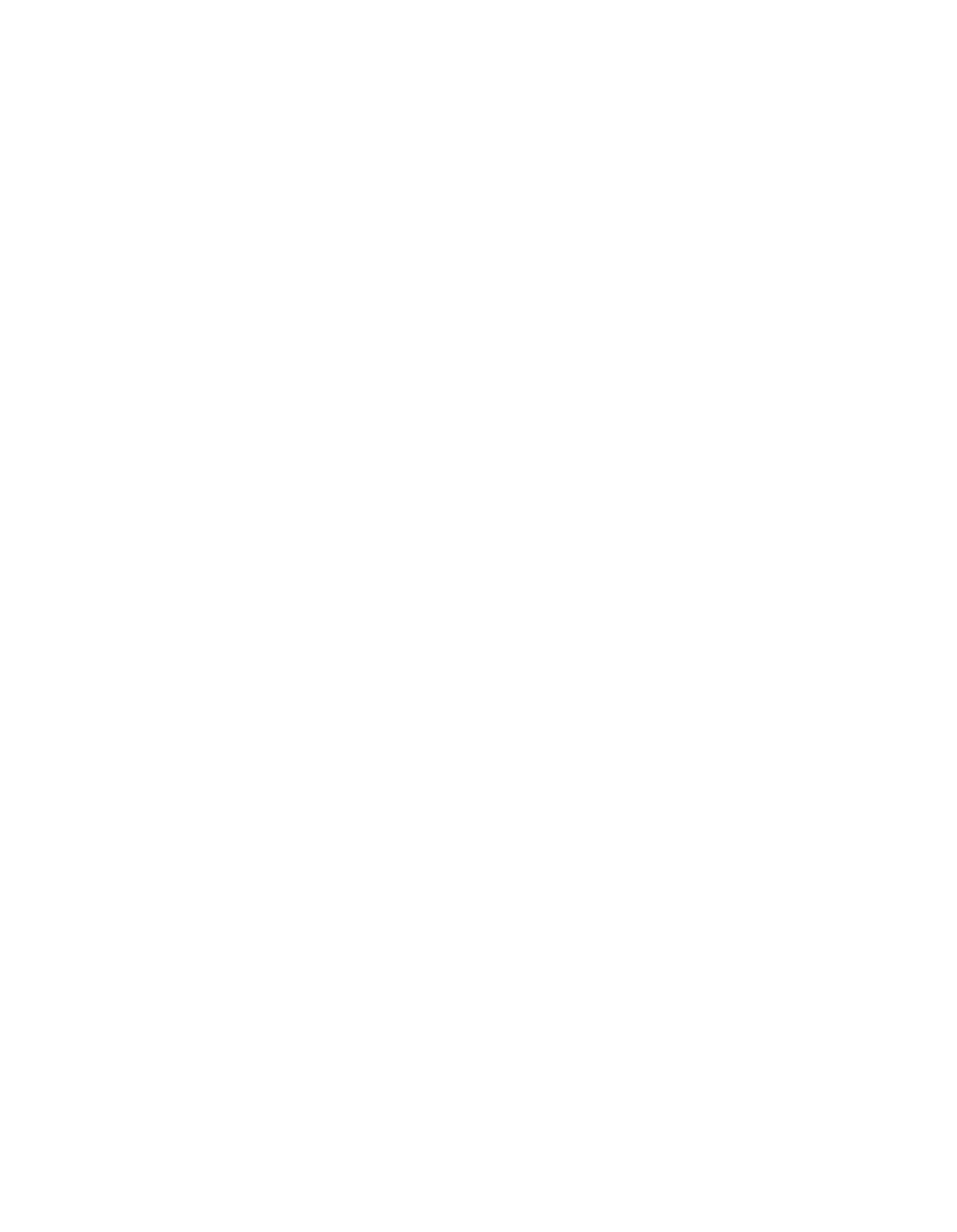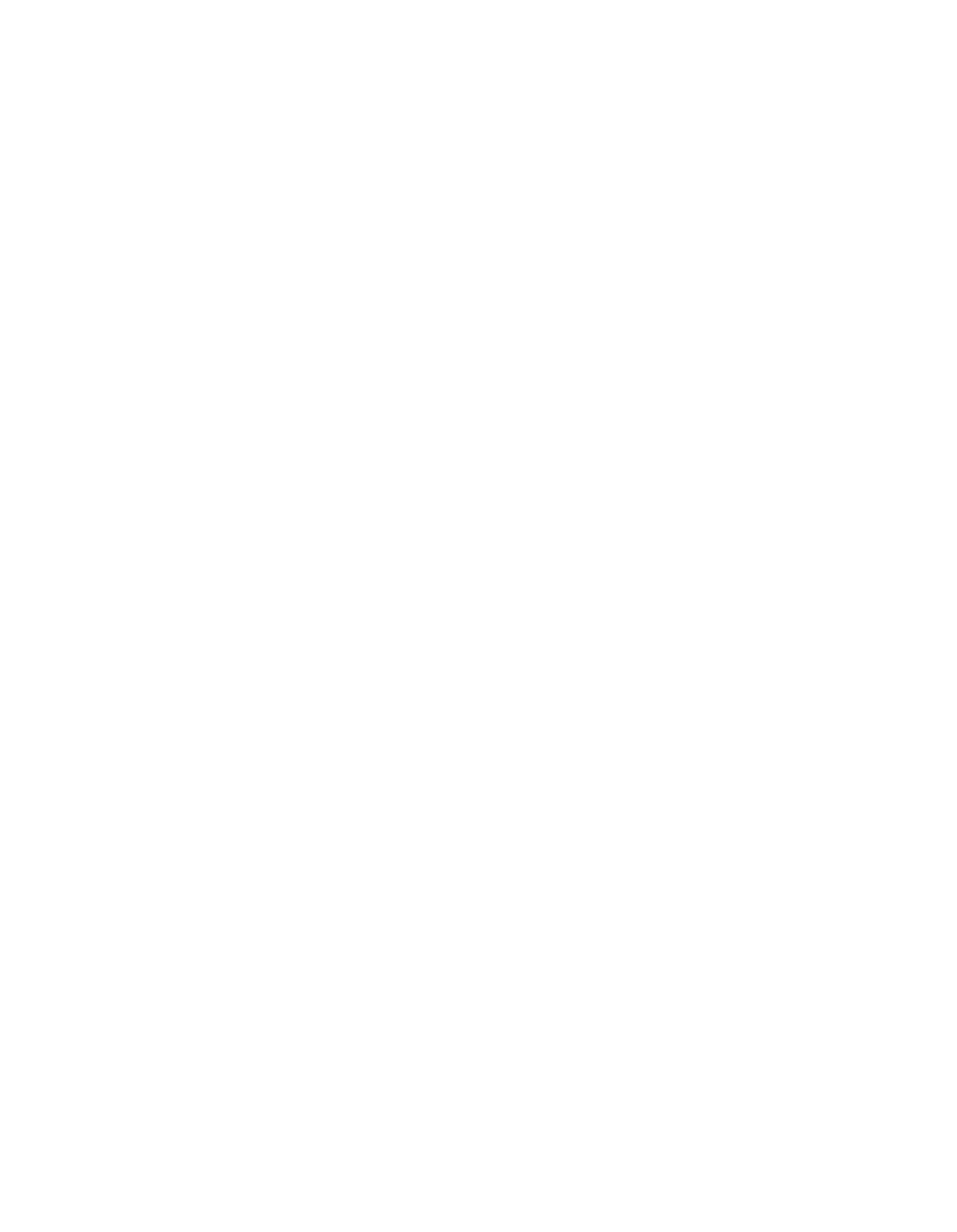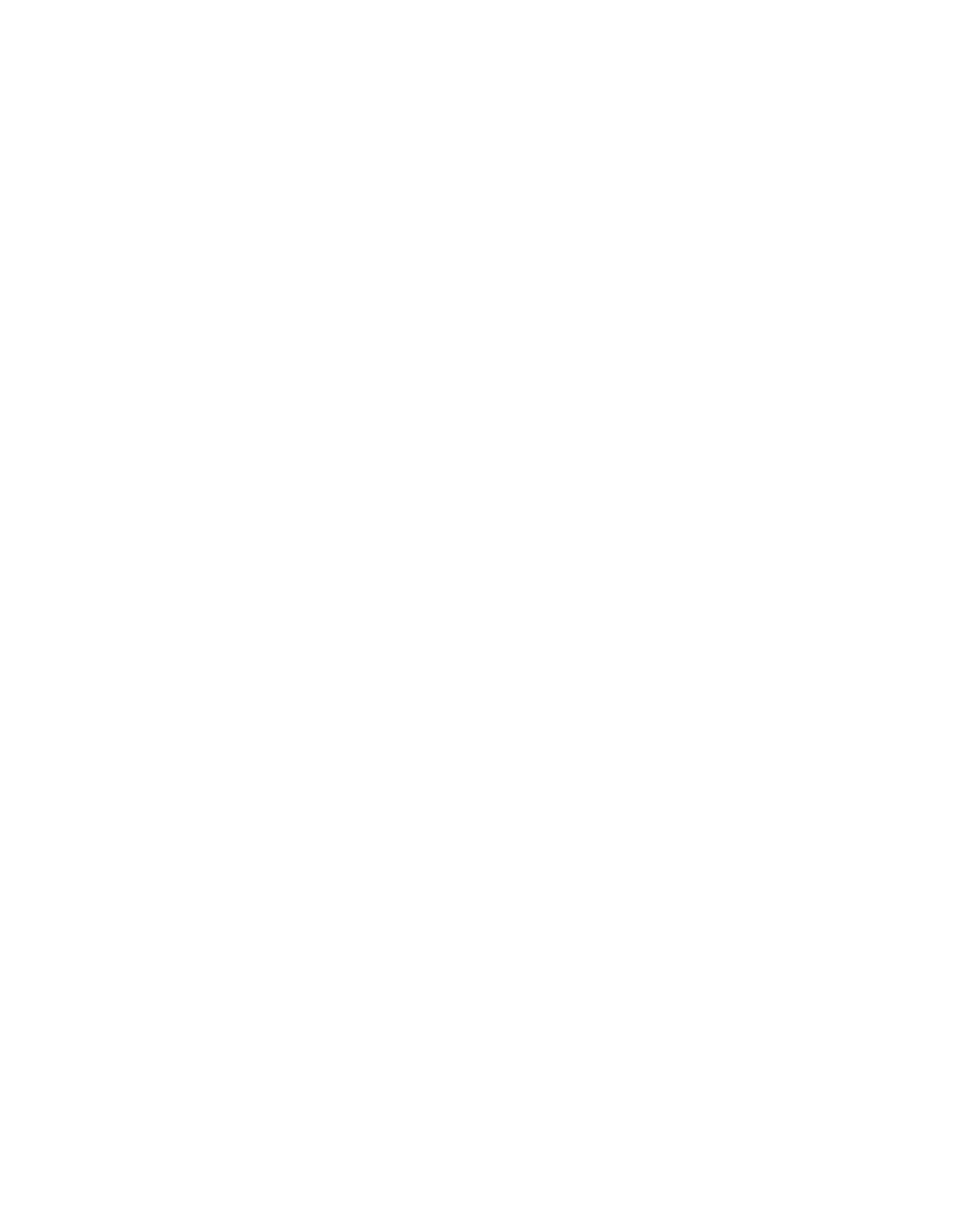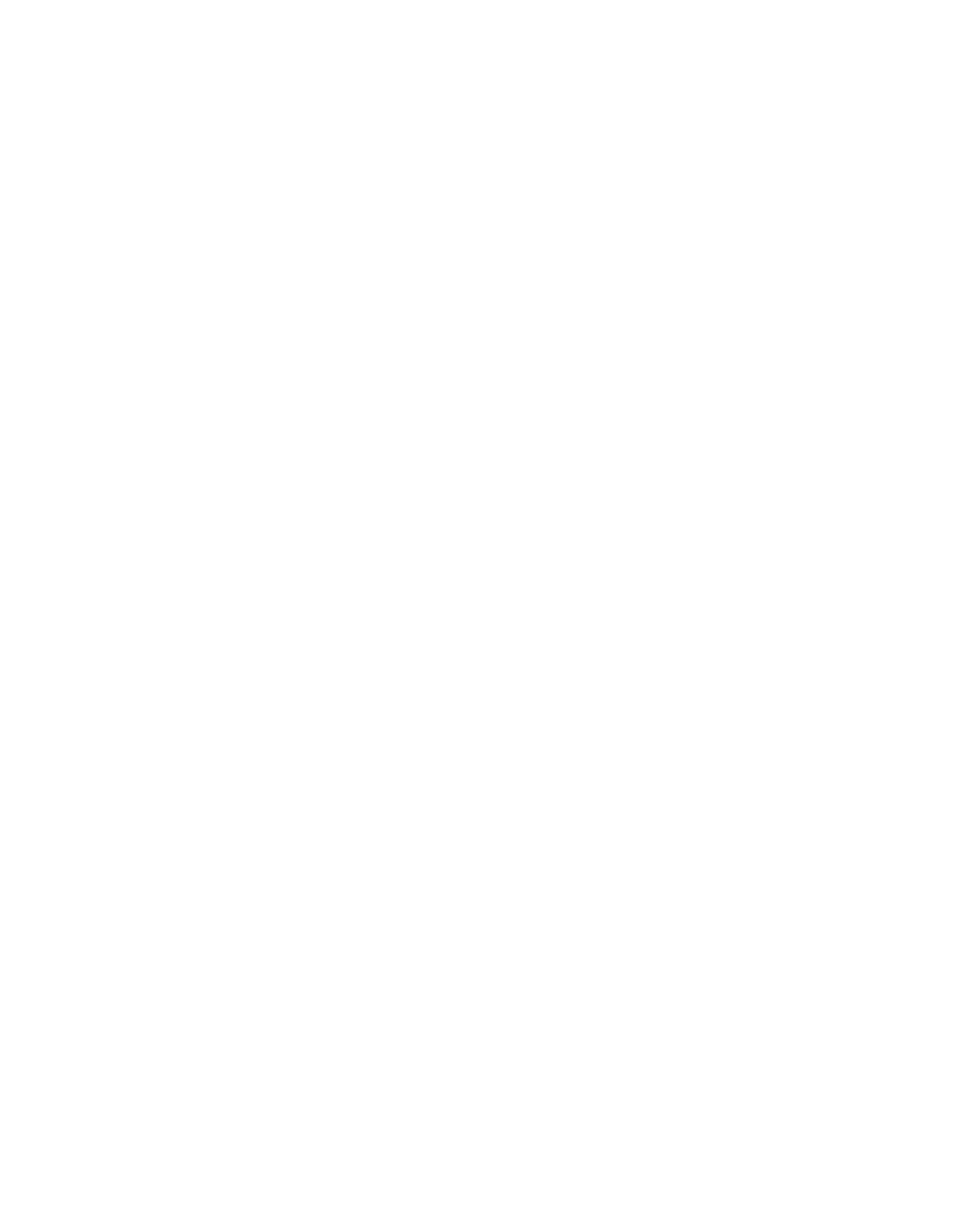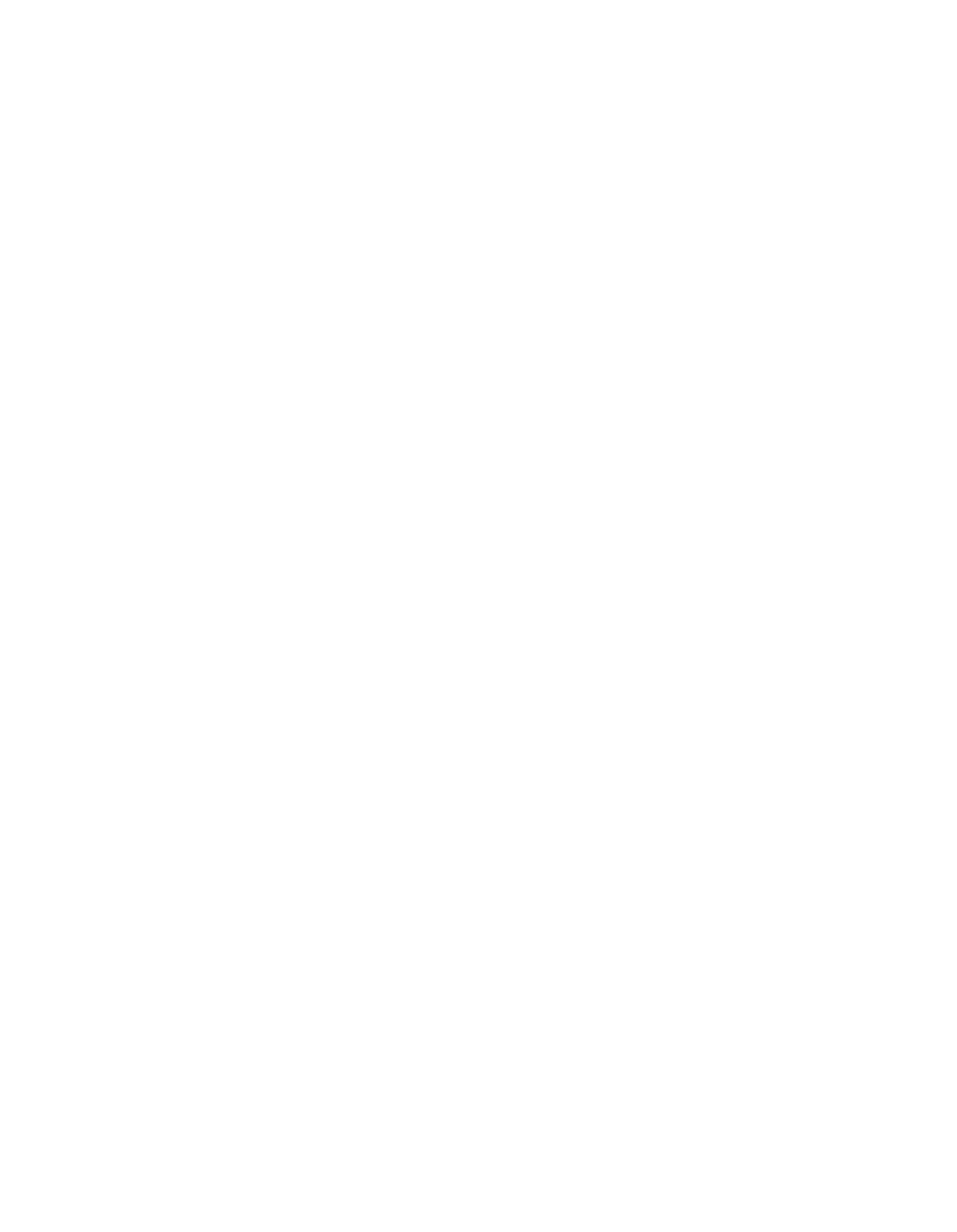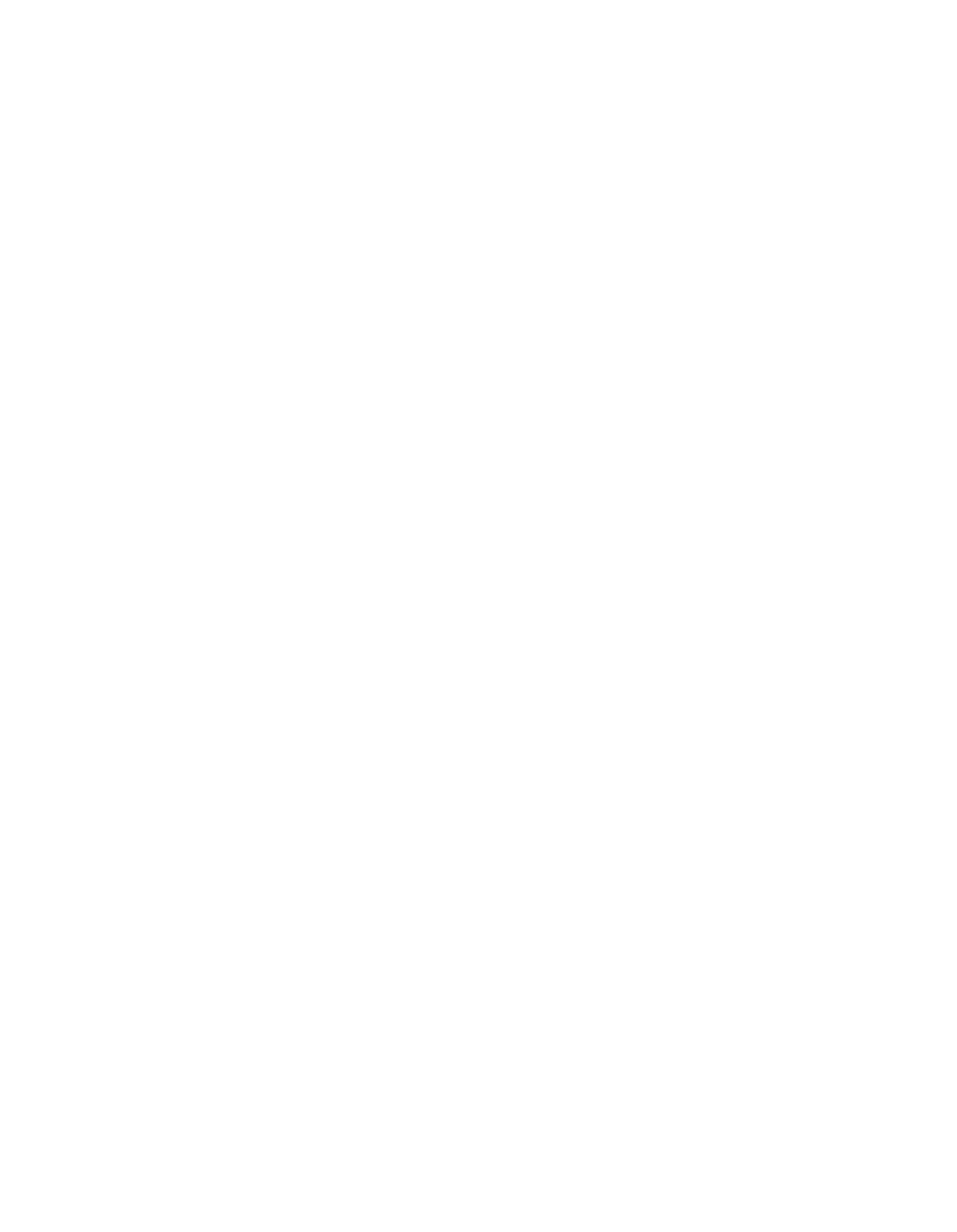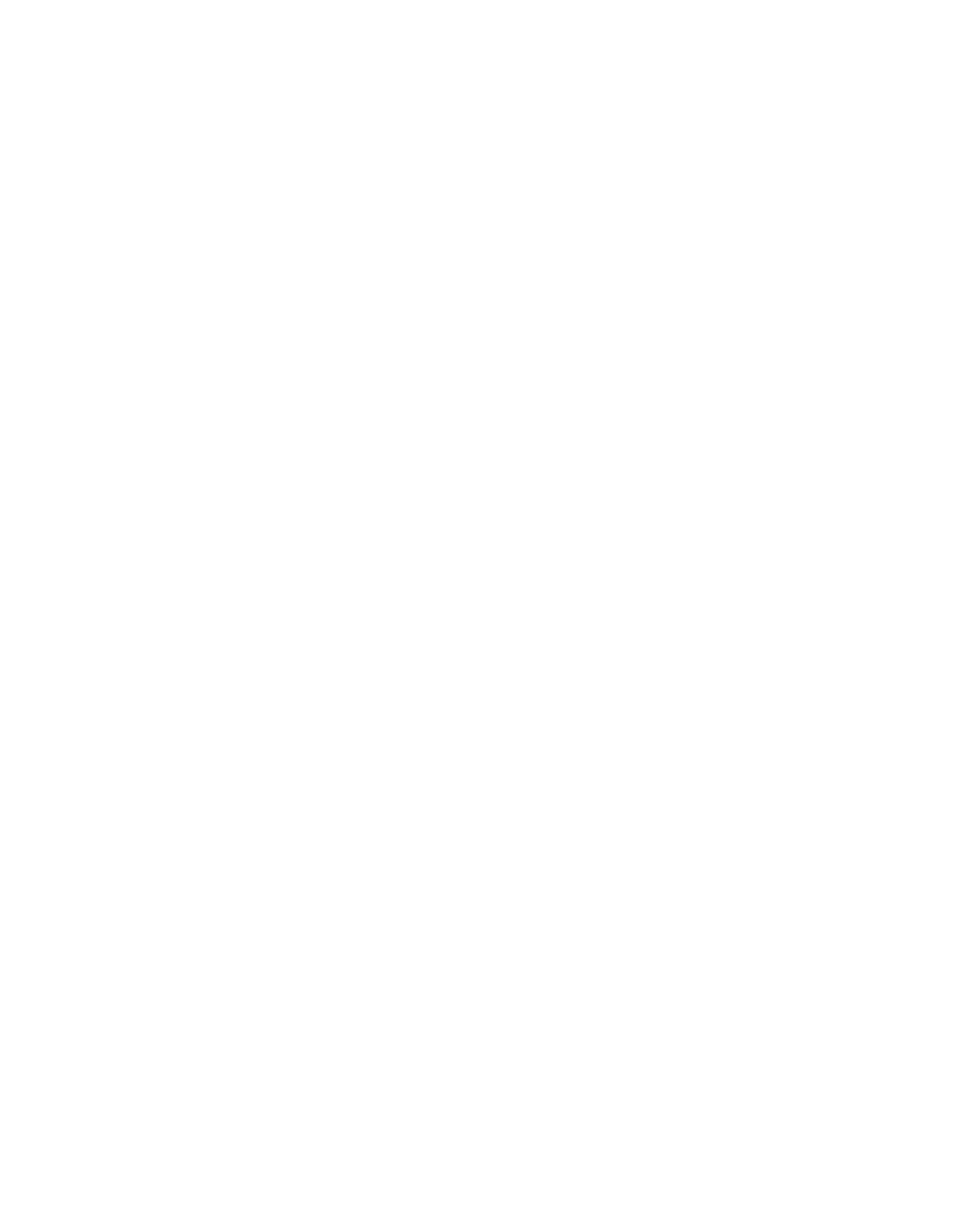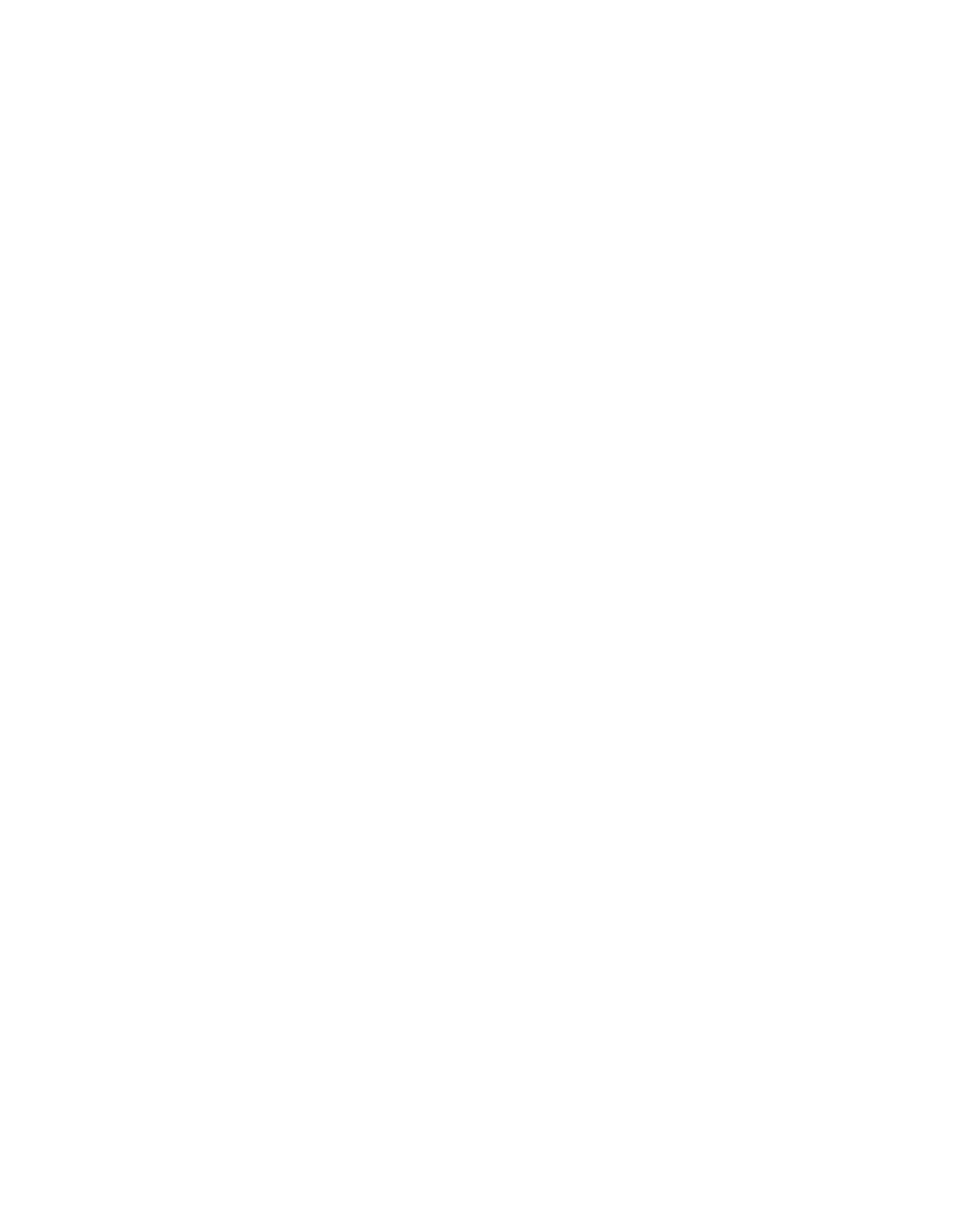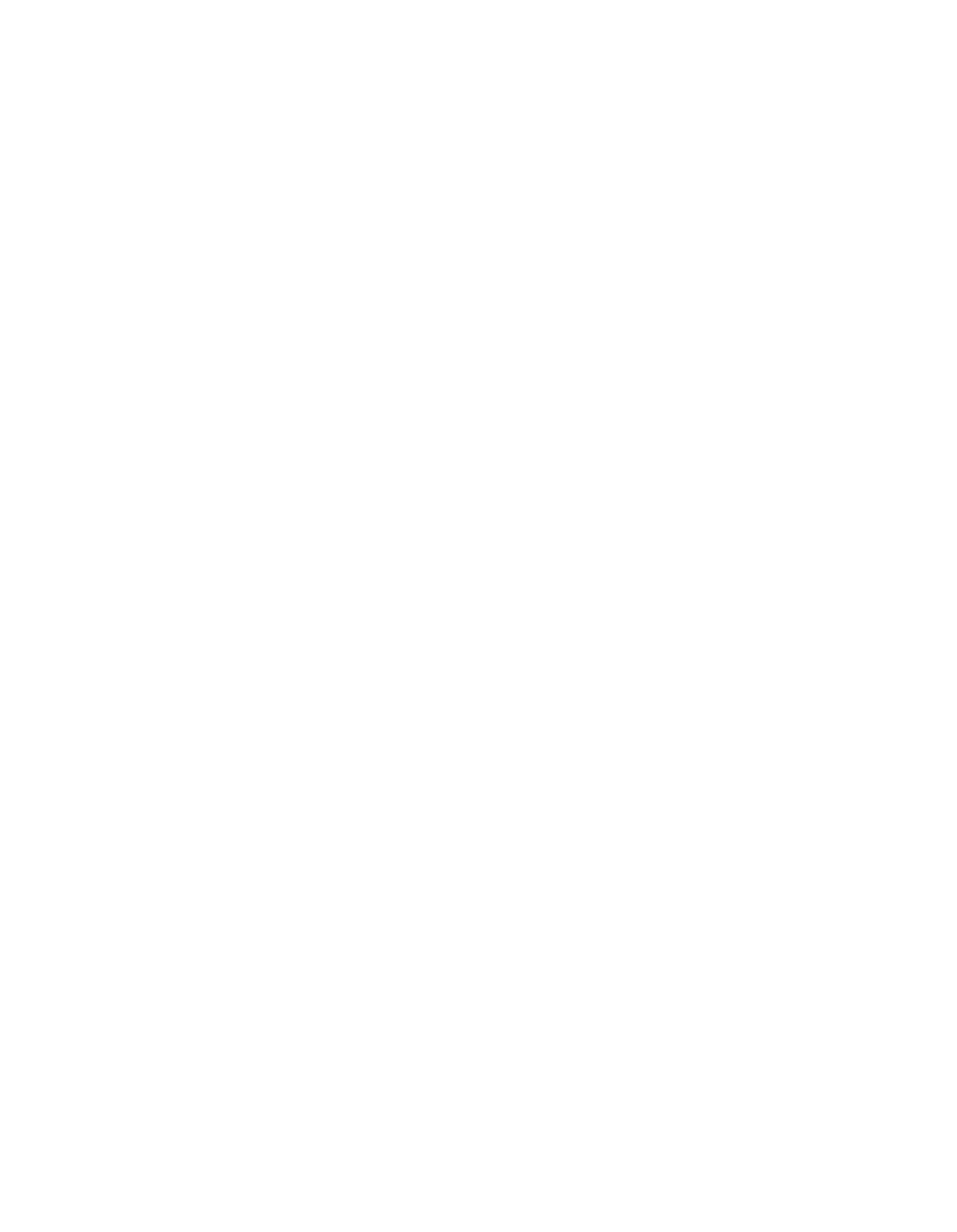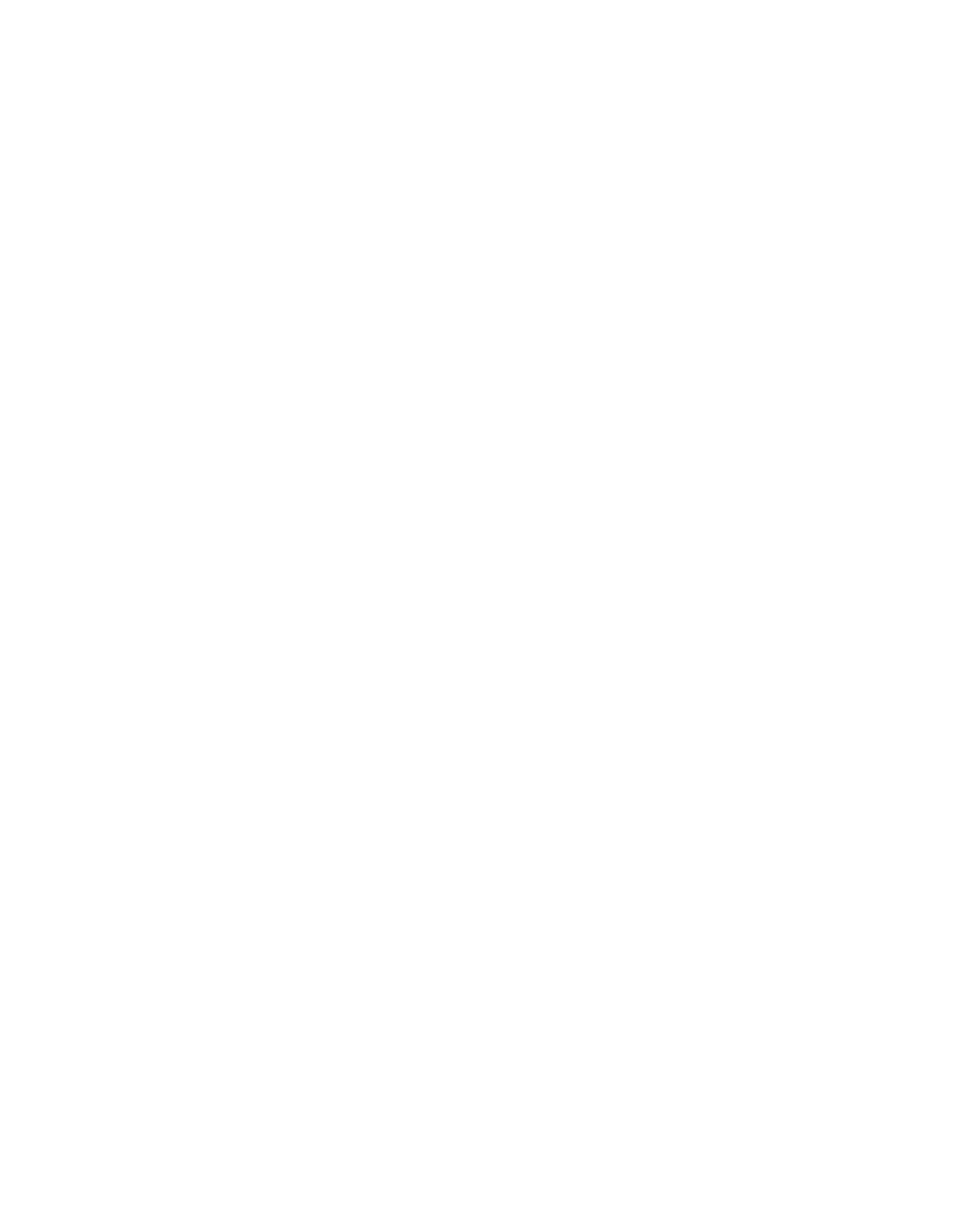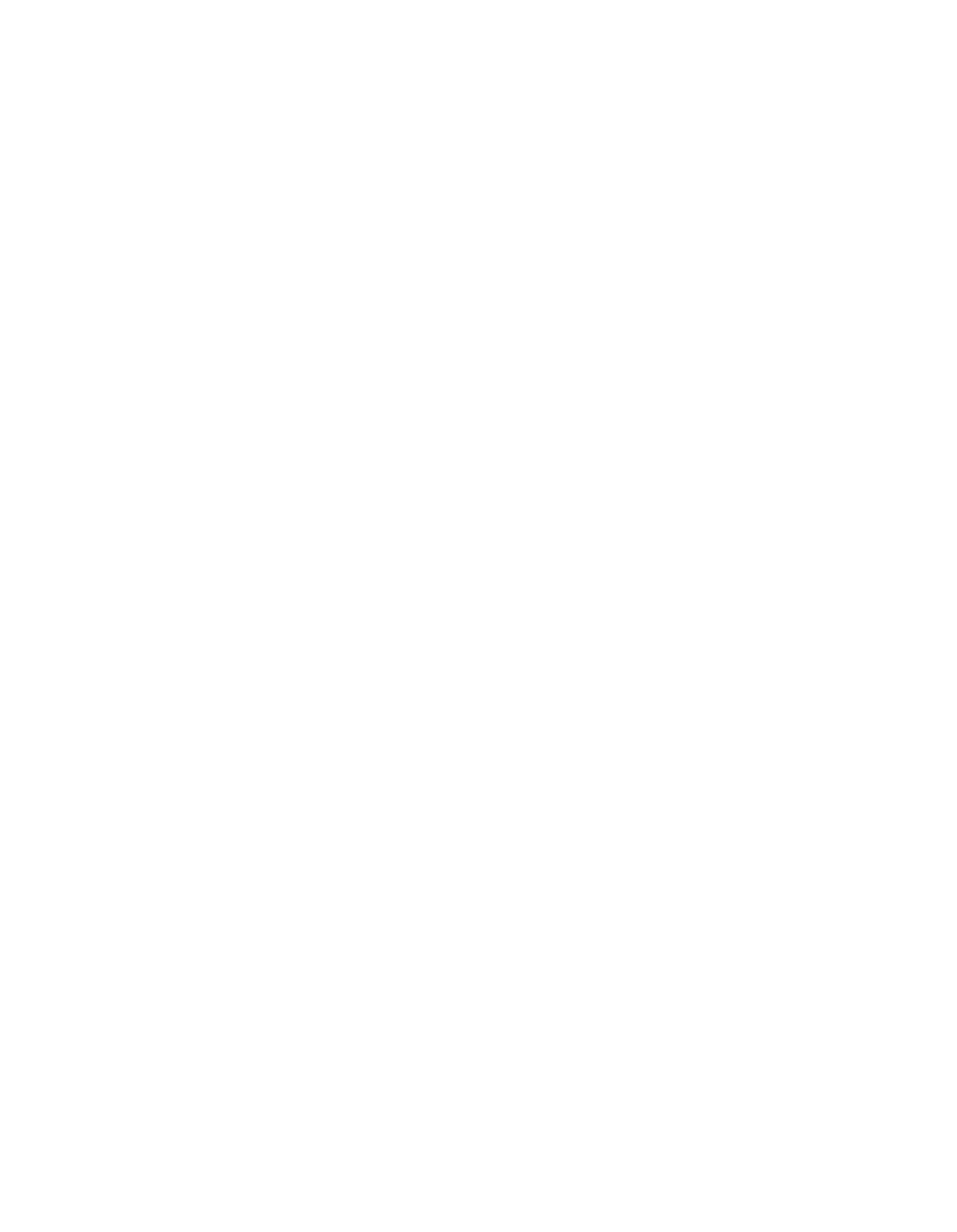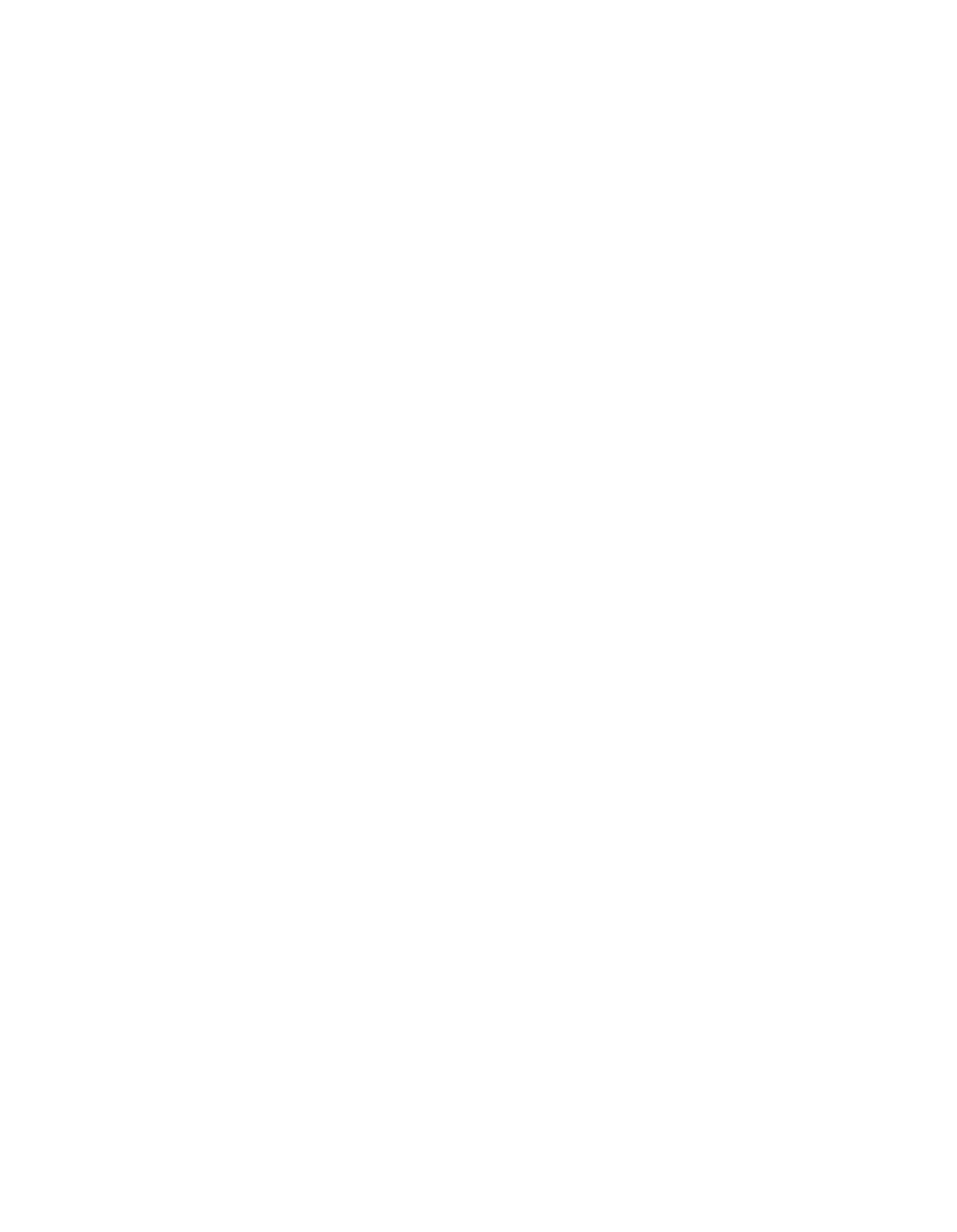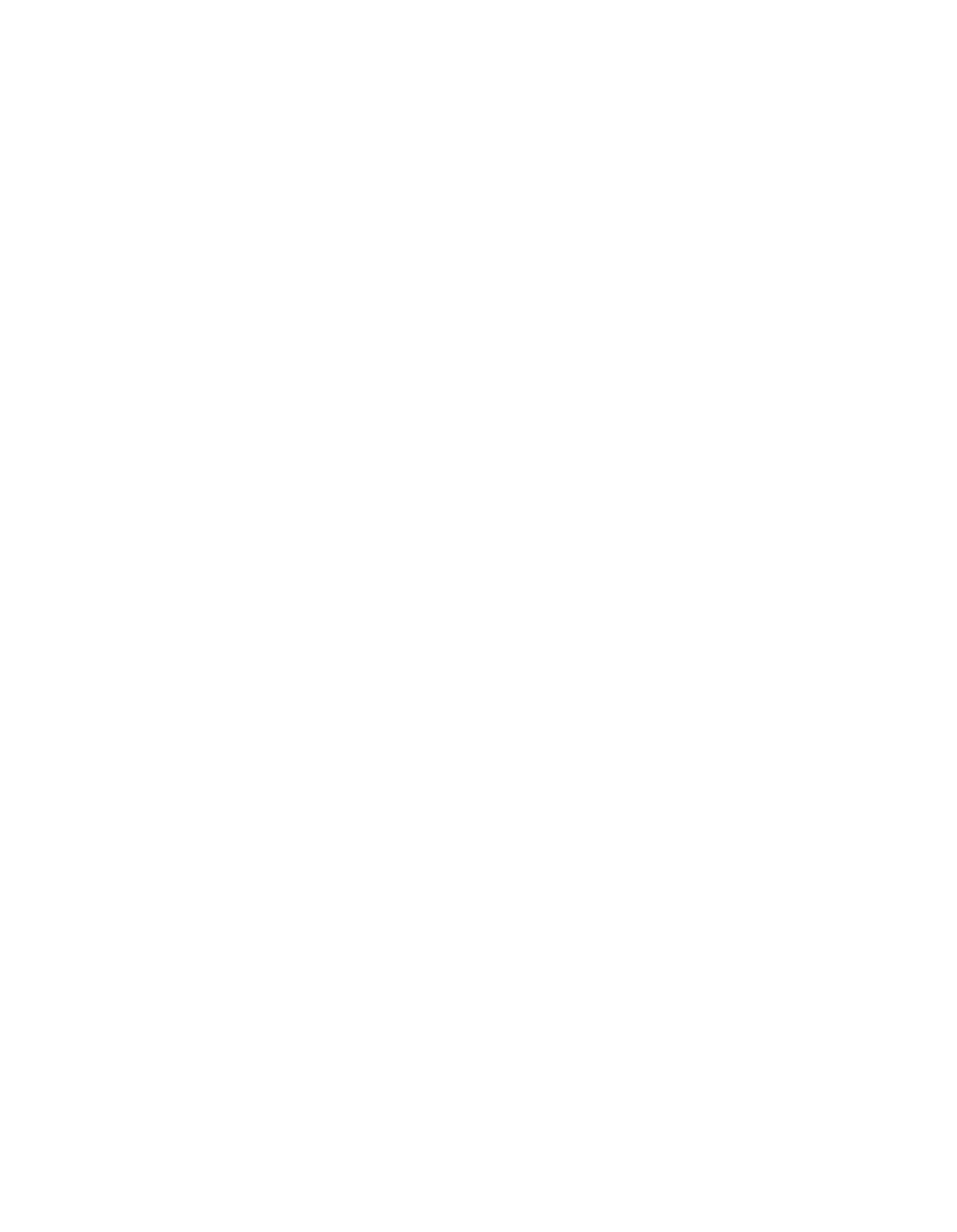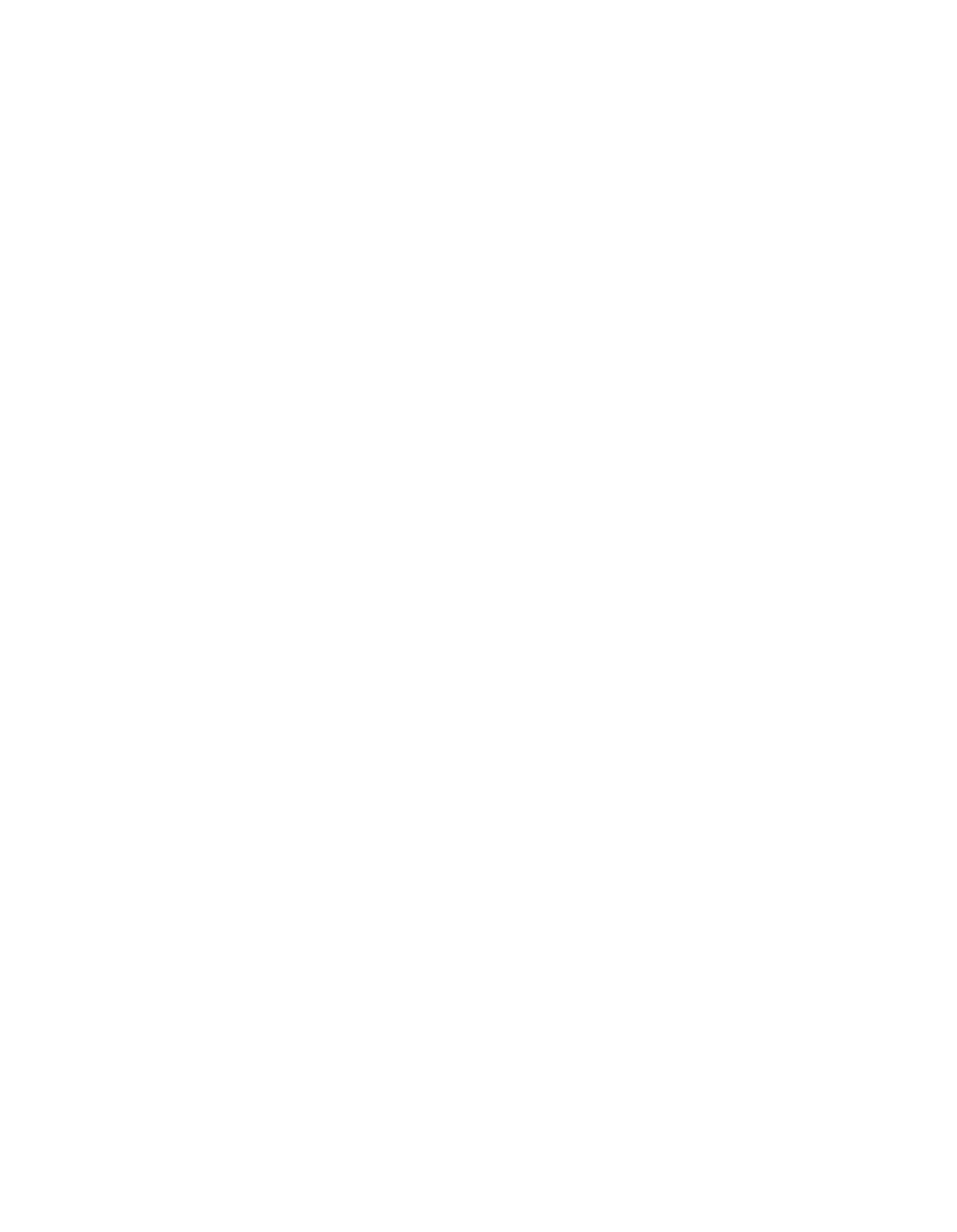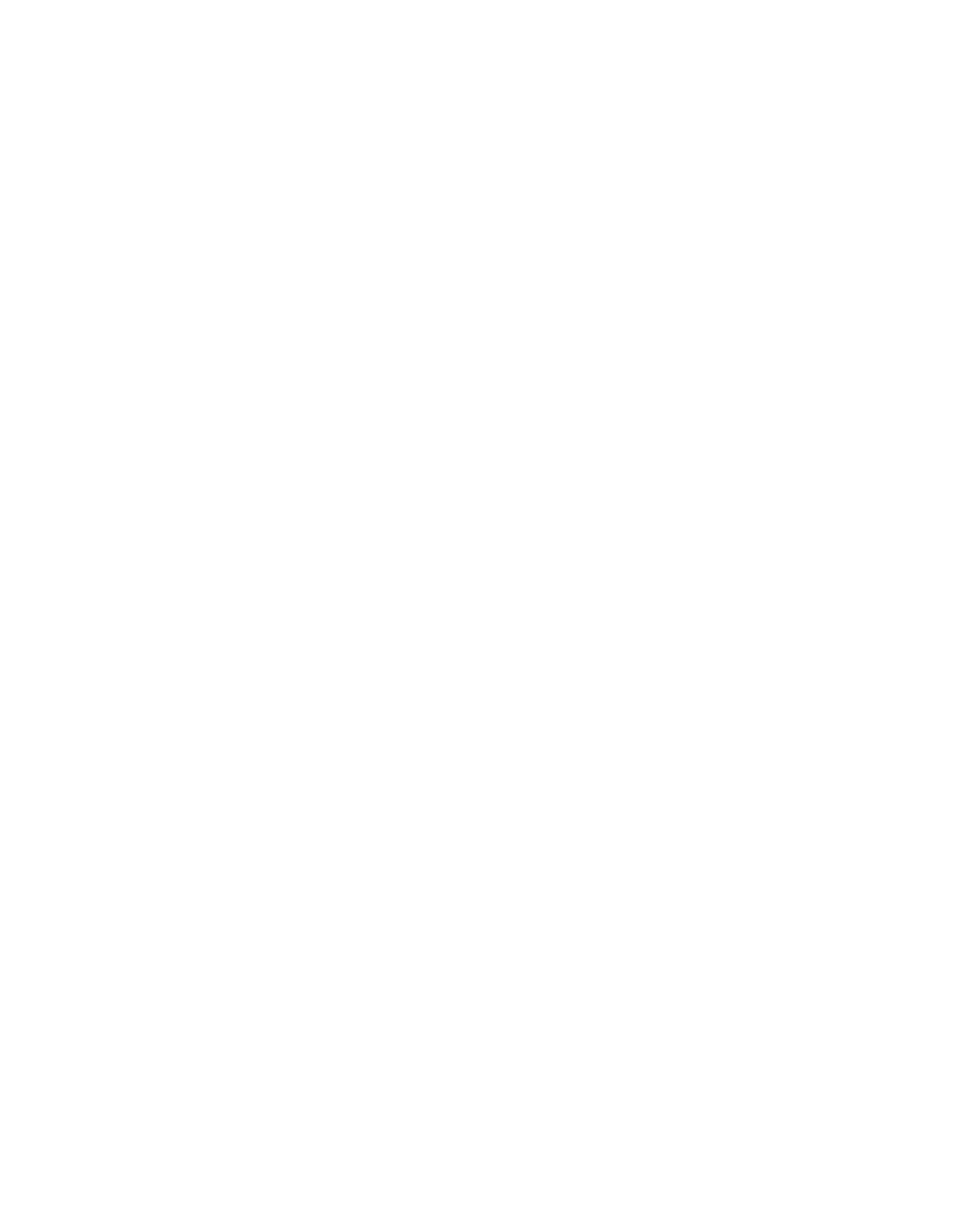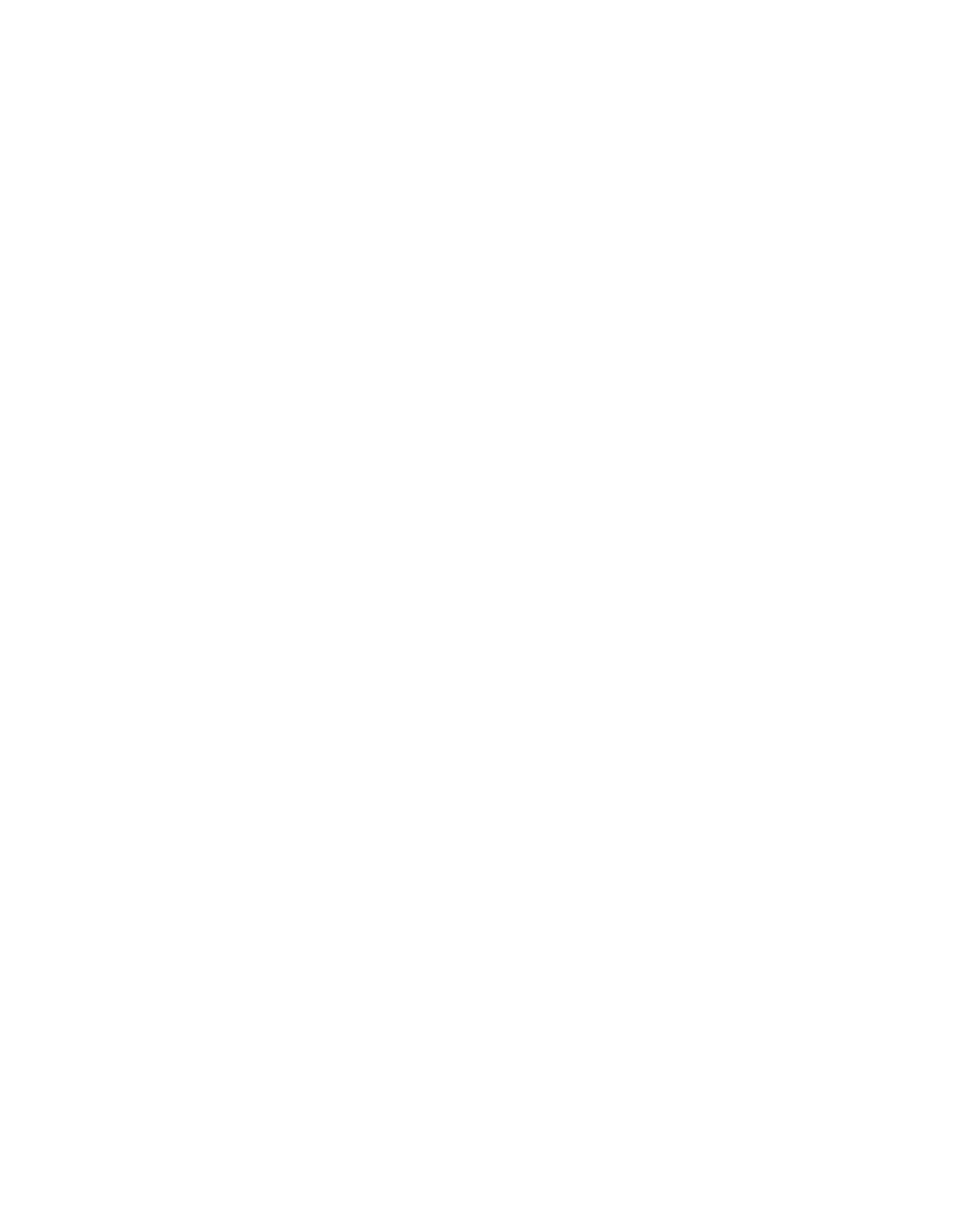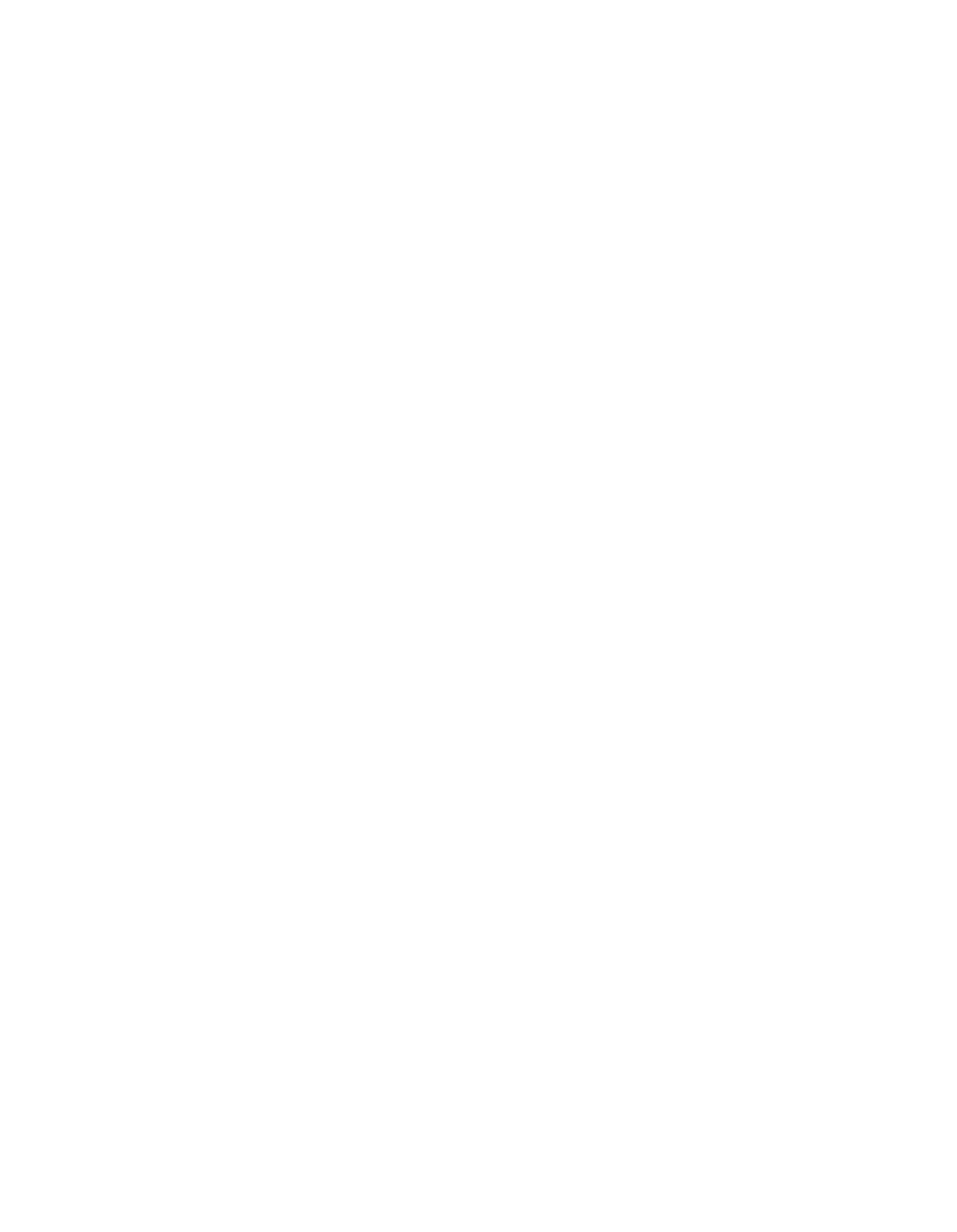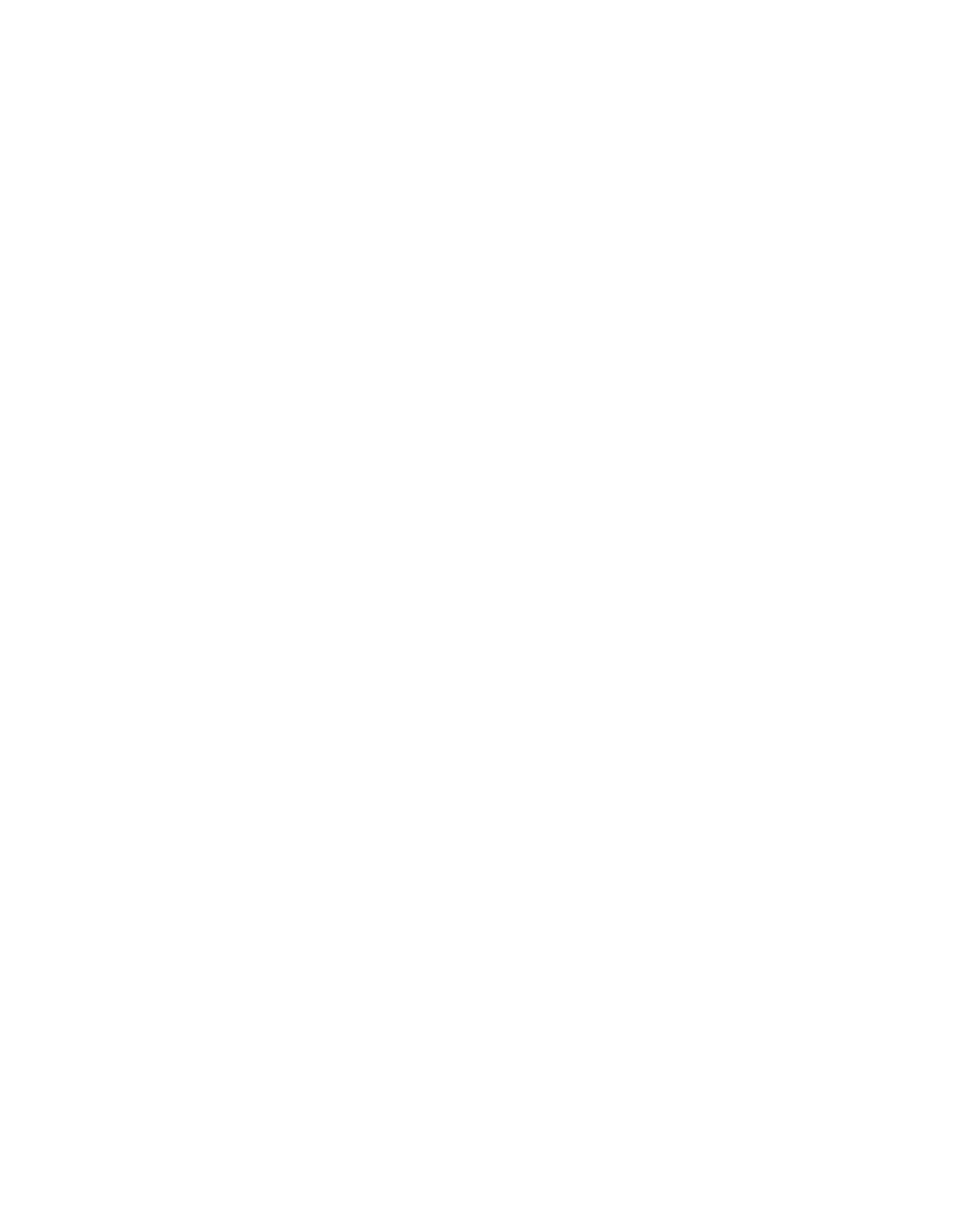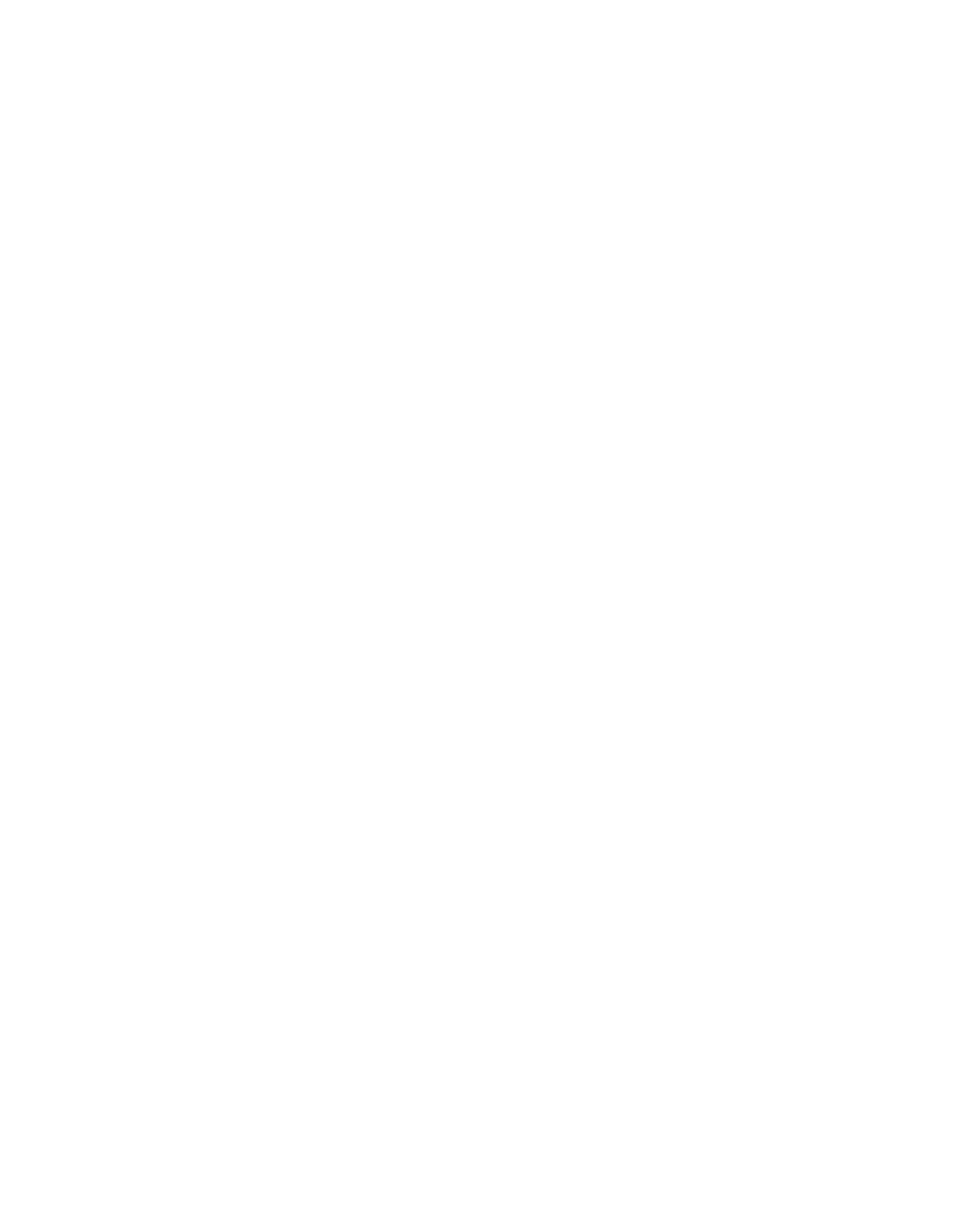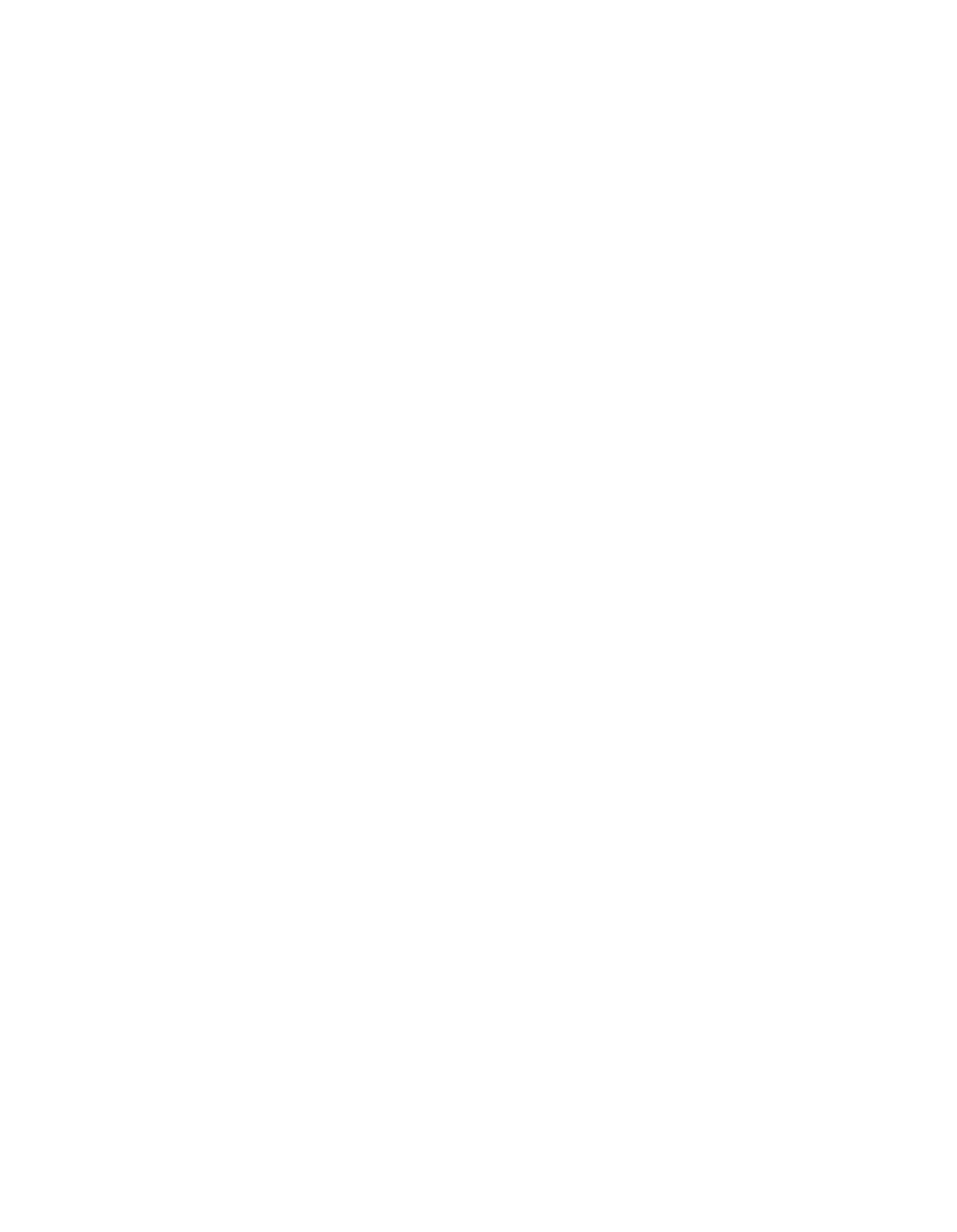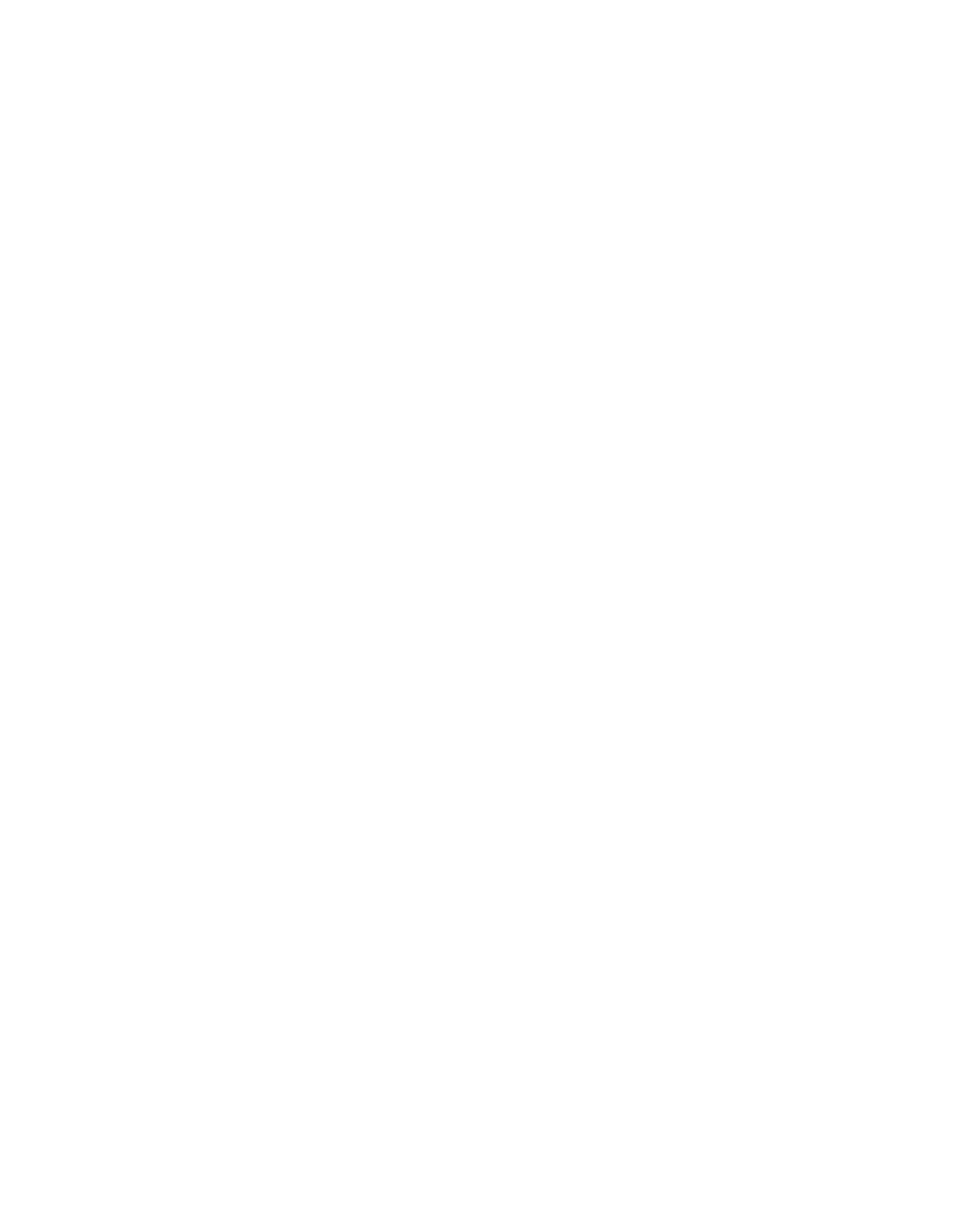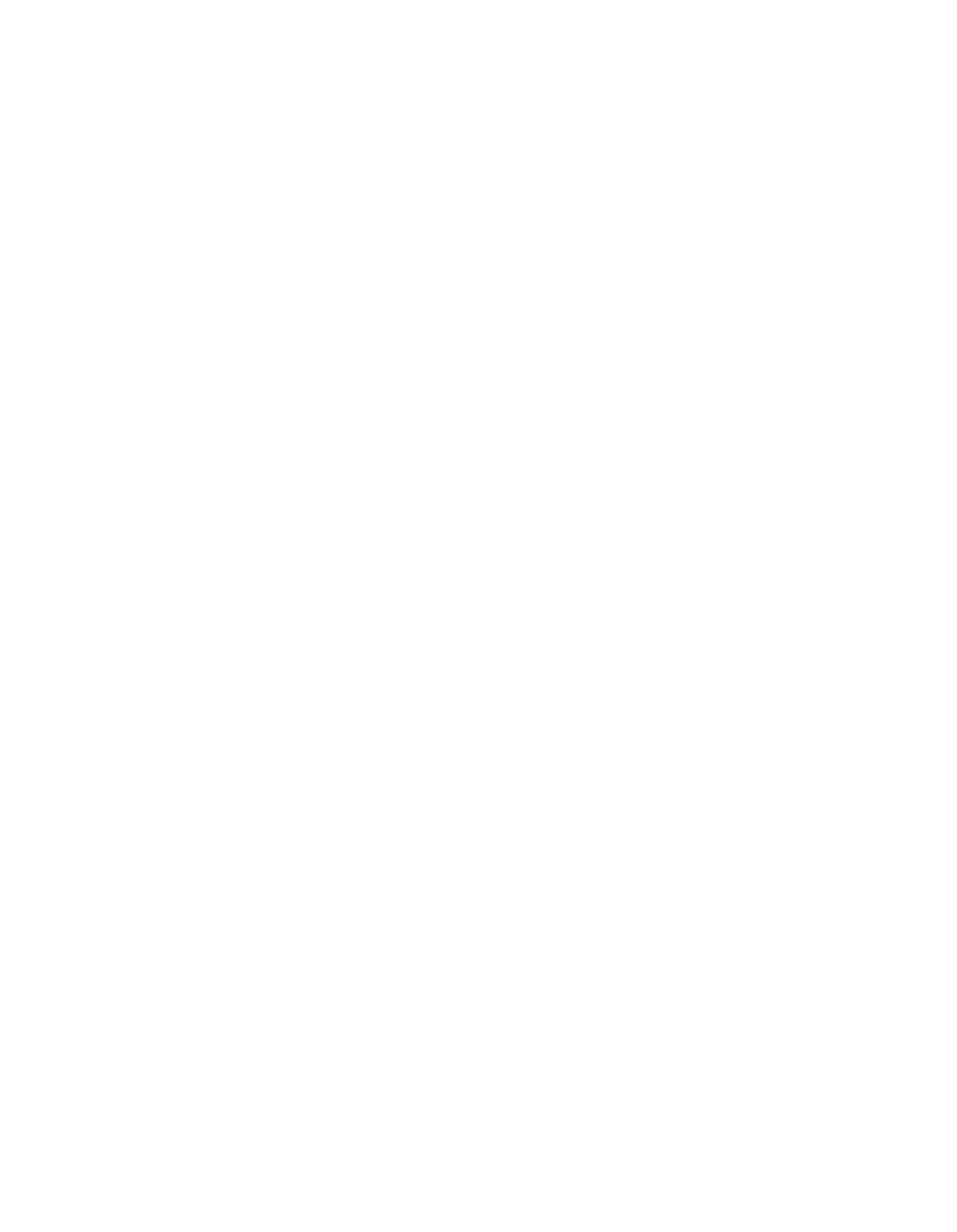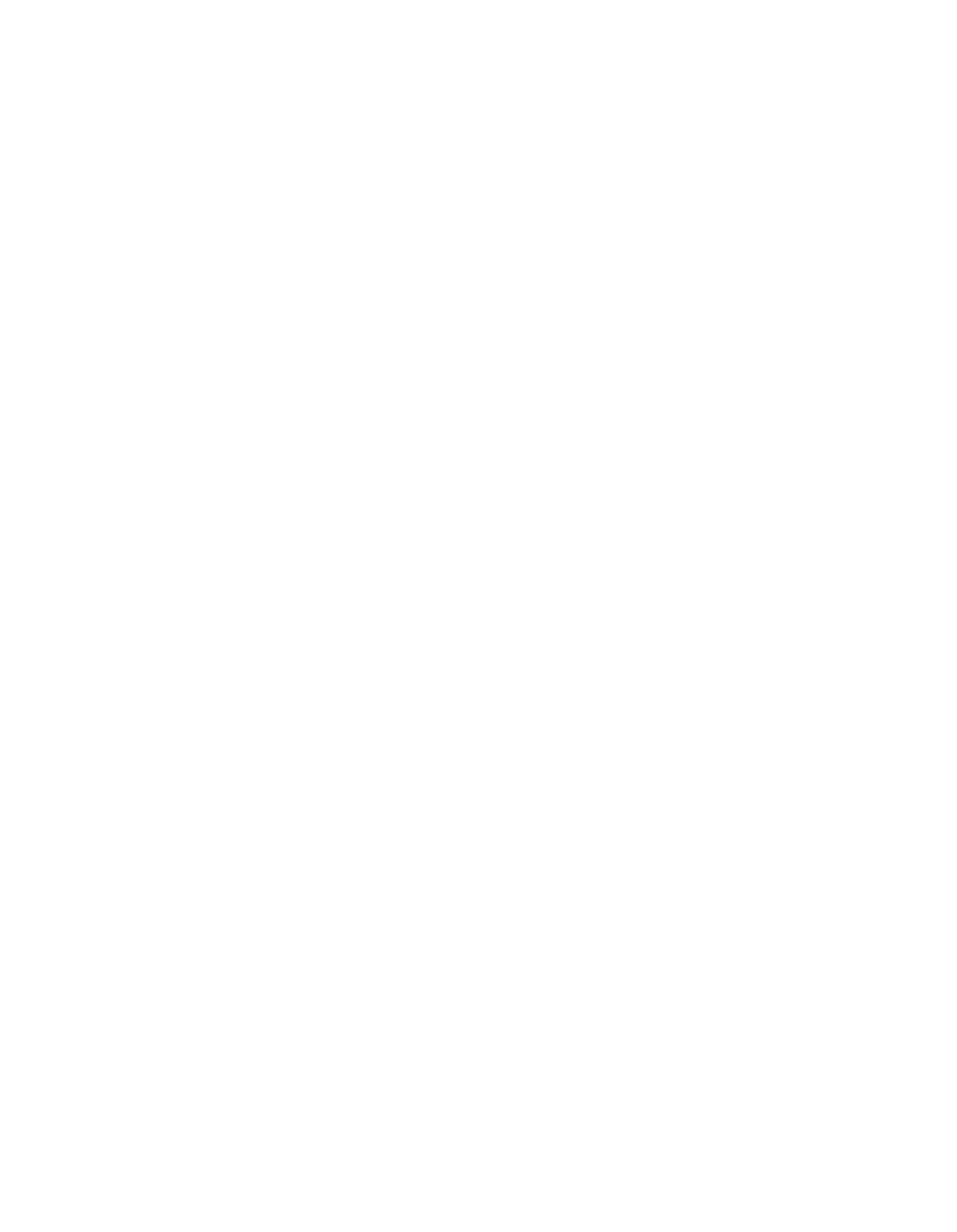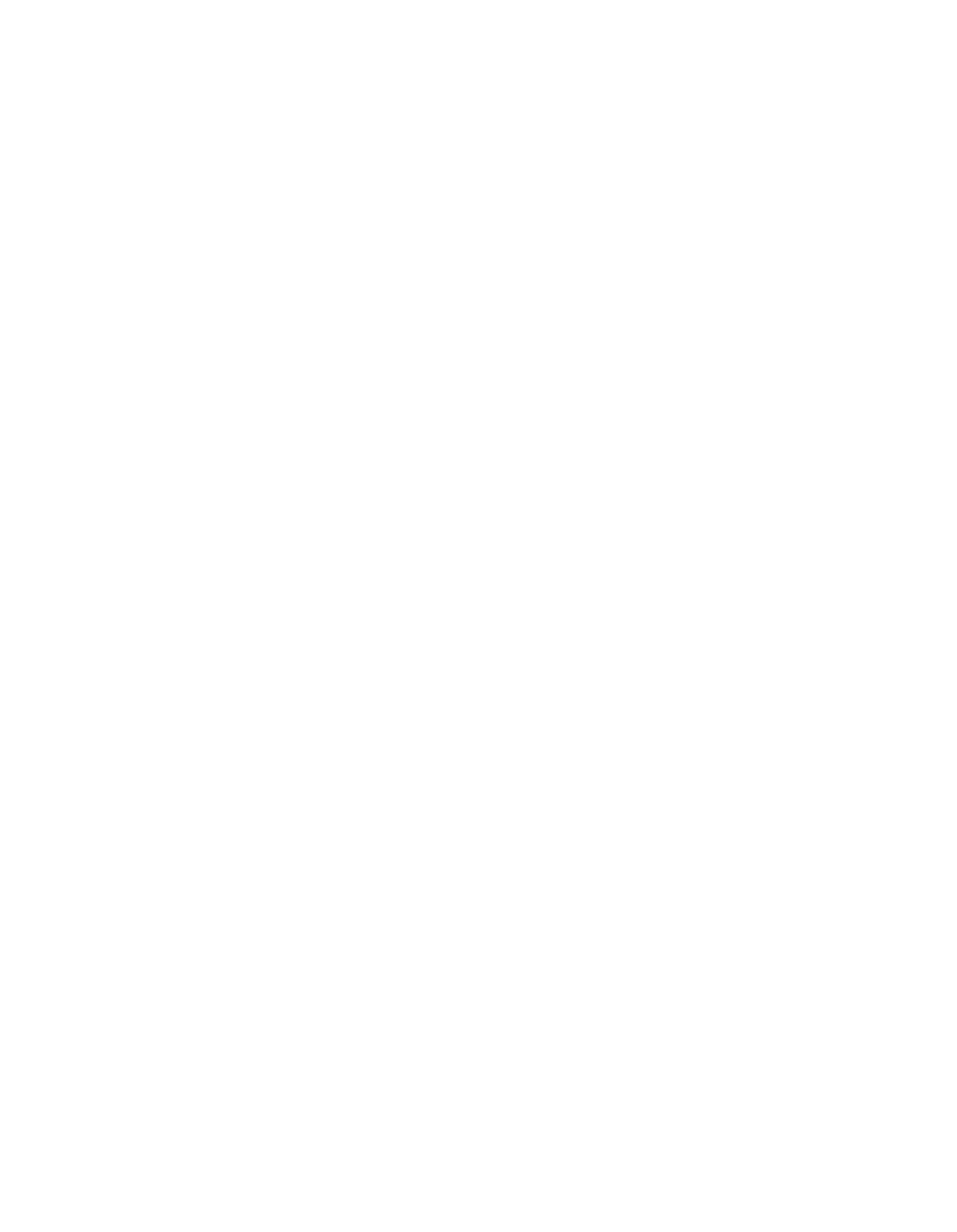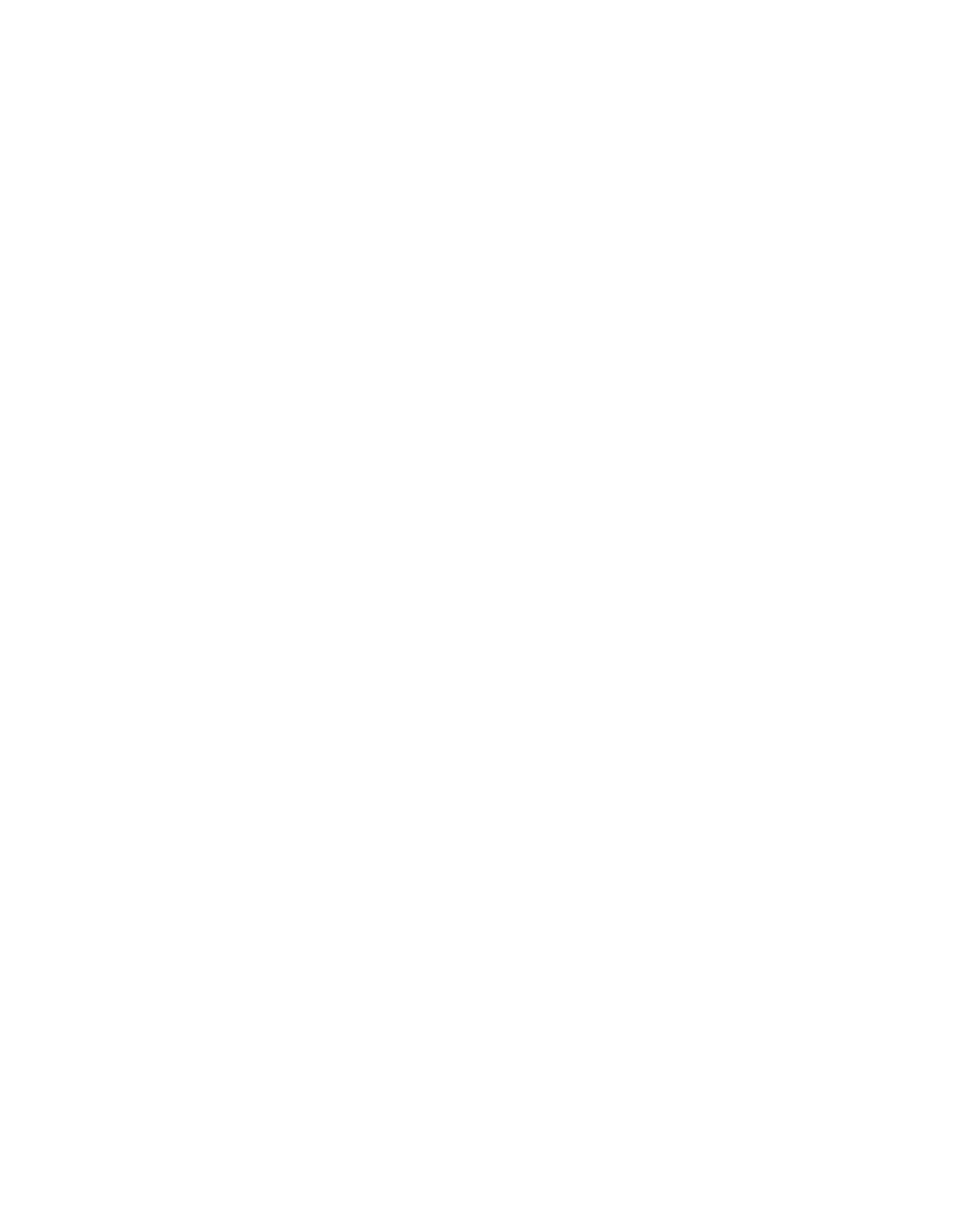ILLINOIS POLLUTION CONTROL BOARD
October 20,
1994
IN THE MATTER OF:
)
)
15
ROP
PLAN
CONTROL MEASURES
)
FOR VOM EMISSIONS-PART II
)
R94-15
MARINE
VESSEL LOADING:
)
(Rulemaking)
AMENDMENTS 35
ILL. ADM. CODE
)
PARTS 211,
218
AND
219
)
Adopted Rule.
Final Notice.
OPINION
AND
ORDER OF THE BOARD
(by G.
T. Girard):
On May 26,
1994, the Illinois Environmental Protection
Agency (Agency) filed this proposal for rulemaking.
Section
182(b) (1)
of the Clean Air Act (CAA),
as amended in 1990,
requires all moderate and above ozone nonattainment areas to
achieve a 15
reduction of 1990 emissions of volatile organic
material
(VOM)
by 1996.
In Illinois, the Chicago and Metro-East
St. Louis
(Metro—East)
areas are classified as “severe” and
“moderate” nonattainment for ozone,
respectively, and as such are
subject to the 15
reduction requirement.
Also pursuant to
Section 182(b)
of the CAA, Illinois
is to submit a 15
Rate of
Progress Plan
(ROP) within three years of the enactment of the
CAA
amendments.
This rulemaking represents Part II of the rules
proposed in Illinois’ 15
ROP.
The Board’s responsibility in this matter arises from the
Environmental Protection Act
(Act)
(415 ILCS 5/1 et seq.
(1992)).
The Board is charged therein to “determine, define and implement
the environmental control standards applicable in the State of
Illinois”
(415 ILCS 5/5(b)).
More generally,
the Board’s
rulemaking charge is based on the system of checks and balances
integral to Illinois environmental governance:
the Board bears
responsibility for the rulemaking and principal adjudicatory
functions; the Agency has primary responsibility for
administration of the Act and the Board’s regulations.
The
latter includes administering today’s new regulation.
The proposal included control measures for the loading of
marine vessels and deletes the exemption for barge loading
currently in the regulations.
The proposal will affect six
potential sources in the Metro—East area and three sources in the
Chicago area.
This proposal was filed pursuant to Section 28.5 of the Act.
(415 ILCS 5/28.5 (1992).)
Pursuant to the provisions of that
section the Board is required to proceed within set time—frames
toward the adoption of this regulation.
The Board has no
discretion to adjust these time—frames under any circumstances.
Today the Board act to adopt the proposed rule as amended at
first and second notice and to send the proposal to final notice.
2
PROCEDURAL HISTORY
On June 2,
1994, the Board sent this proposal to first
notice under the Illinois Administrative Procedure Act
(APA)
without commenting on the merits of the proposal.
The proposal
was published in the Illinois Register on June 24,
1994 at
18
Ill. Reg. 9228
(Part 211),
18
Ill. Reg. 9242
(Part 218) and
18
Ill. Reg. 9272
(Part 219).
Hearings were held on July 12,
1994
and August
9,
1994
in Collinsville,
Illinois before Board Hearing
Officer Marie Tipsord.
The comment period closed on August 25,
1994 and the Board received
6 comments during that period which
will be discussed in detail below.
On September 15,
1994,
the Board proceeded to second notice
with the proposal as amended at first notice pursuant to the
public comments received.
On September 23,
1994, the Board
received a joint motion to reconsider the second notice opinion
and order issued on September 15,
1994.
The joint motion was
filed by the Agency and the Illinois Environmental Regulatory
Group
(IERG).
The motion asked that the Board reconsider
striking the phrase “barge loading facility” from Sections
218.920(g),
218.940(g),
218.960(g),
218.980(f),
219.920(f),
219.940(f),
219.960(f)
and 219.980(e).
On September 28,
1994,
the Board granted the motion to reconsider and amended the second
notice to leave the phrase “barge loading facility” in the rule.
As a result of this amendment, Sections 218.940,
218.980,
219.920, 219.940,
219.960 and 219.980 are no longer being amended
in this proceeding and have been deleted from the order.
The Board recieved a certification of no objection from the
Joint Committee on Administrative Rules on October 20,
1994.
PROPOSAL
Section 182(b) (1)
of the Clean Air Act
(CAA),
as amended in
1990, requires all moderate and above ozone nonattainment area to
achieve a 15
reduction of 1990 emissions of volatile organic
materials
(VON)
by 1996.
This rulemaking
is phase two of
Illinois’ 15
rate of progress
(ROP) plan to achieve that
reduction.
The proposed rule requires control measures for
marine terminals in the Metro—East and Chicago areas that load
gasoline or crude oil into marine vessels.
The general requirement of the proposed rule is that there
be a 95
by weight reduction in the VON emissions associated with
loading of gasoline or crude oil from marine terminals onto
barges or tank vessels from May 1 through September 15.
Specifically, the proposed rule will allow for compliance with
the regulation in four ways.
First,
compliance can be achieved
through the installation and operation of prescribed control
equipment.
The prescribed equipment will require the operation
of the collection system
(barge and piping)
in a vacuum;
thus,
3
the system is vapor tight and no VON emissions will be released
to the air.
The Agency has been told that the vacuum-assisted
system is the most common form of vapor tight operation.
(State.
at
6.)1
The rule however also includes two alternatives to the
vacuum—assisted collection system which would allow the owner or
operator to document that the marine vessel has passed a vapor—
tightness test in the last twelve months or the vapor tightness
test can be done when loading.
(a.)
The second manner in which compliance may be achieved is the
cessation of marine loading during the control period
(Nay 1-
September 15).
Thirdly, submitting a federally enforceable
emission reduction plan will also achieve compliance with the
Illinois regulations.
The proposal is limited to loading of marine vessels because
the greatest VON emissions occur during loading.
In all there
are approximately
9 facilities which will be affected by the rule
(three in Chicago and six in the Metro—East area).
(Tr.
at 13.)
The proposed control of these VOM emissions will result in
reductions of approximately 1.3 tons per day in Chicago and 11.82
tons per day in Metro-East.
That is almost
1
of the necessary
15
VOM emission reduction in Chicago and 44
of the 15
VON
emission reduction in Metro-East which is required by the CAA.
(State. at 4.)
The Board will take special note of an area of concern
expressed in the Agency’s statement of reasons.
The Agency
points out that gasoline is defined as “any petroleum distillate
or petroleum distillate/alcohol blend having a Reid vapor
pressure of 27.6 kPa or greater which is used as a fuel for
internal combustion engines”.
(35 Ill. Adm. Code 211.257.)
The
Agency and “affected facilities intend the definition of gasoline
to include the blendstock for reformulated gasoline and agree
that such non—specification fuels are still considered gasoline
and their loading into marine vessels
is subject to the proposed
requirement”.
(State. at 5.)
There is technology available for the control of VON
emissions from marine vessel loading.
The capital costs of
installing fittings and alarms on marine vessels is approximately
$168,000 with annual maintenance cost of $29,300.
The cost to
outfit a marine terminal is approximately $2,646,000 to
$2,660,000 with annual operating expenses ranging from
approximately $560,000 to $564,000.
(Tr.
at 14—15.)
The Agency’s statement of reasons filed with the proposal
will be cited as “State. at
“;
the transcript from the July 12
hearing will be cited as “Tr. at
_“;
all public comments will be
cited as “P.
C.
at
_“;
exhibits will be cited as “Exh.”.
4
PUBLIC COMMENTS
As stated previously, the Board received
6 public comments
on this rulemaking.
The first comment was filed by the Illinois
Department of Commerce and Community Affairs which indicated that
the rule would not significantly impact small business.
(P.C.
1.)
A comment was also received from the Secretary of State
Administrative Code Division which indicated certain minor
changes necessary for codification purposes.
Those changes have
been made in the proposed second notice.
(P.C.
2.)
Marathon Pipe Line Company (Marathon) (P.C.
3)
Marathon suggested several language changes at the first
hearing and the Agency agreed to those changes at the hearing.
(Exh.
6 and Tr. at 20.)
Marathon then filed the specific
language requests as a public comment.
Marathon asks that
Sections 218.762(b) (3) (B) and 219.762(b) (3) (B) be amended to add
the following language:
As an alternative to subsection
(b) (3) (A)
of this Section,
the owner or operator of the marine terminal shall obtain
documentation as described in Section 218.770(b)
of this
subpart that the marine vessel has been vapor—tightness
tested within the preceding 12 months or 14 months,
if the
test is being conducted as part of the Coast Guard’s
reinspection of the vessel required under 46 CFR 31.10—17,
using Method 21 of Part 60, Appendix A, incorporated by
reference at Section 218.112/219.112 of this Part,
as
described in Section 218.768(e) (2)/219.768(e) (2)
of this
Subpart.
(P.C.
3 at 2.)
Marathon also asks that Sections 218.762(b) (3) (C)
and
219.762(b) (3) (C) be amended to add the following language:
If there is no documentation of a successful leak test
conducted on the marine vessel in the preceding 12 months ~
14 months,
if the test is being conducted as part of the
Coast Guard’s reinspection of the vessel required under 46
CFR 31.10—17. the owner or operator of the marine terminal
shall require that a leak test of the marine vessel be
conducted during the final 20 percent of loading of the
marine vessel or shall not load the vessel.
The test shall
be conducted when the marine vessel is being loaded at the
maximum liquid transfer rate for that transfer operation.
The owner or operator of the marine terminal shall require
that the documentation described in Section 218.770(b)
of
this Subpart is completed prior to departure of the vessel.
(u.)
5
Marathon further requests that the phrase “during the regulatory
control period” be added in Sections 218.770(a)
and 219.770(a)
at
the end of the first sentence.
(Id.)
And in Sections
218.770(a) (6)
and 219.770(a) (6) the following:
If a copy of the Coast Guard certificate is not available at
the time of loading, then the date that the marine vessel
was last inspected and the authorization that the marine
vessel has functioning vapor control equipment must be
recorded from the certificate.
Further,
a copy of the
certificate must be obtained by the owner or operator of the
marine terminal within
21 days of the loading event.
(P.C.
3 at 3.)
Shell Oil Company
(Shell)
(P.C.
4)
Shell commented that the capital cost for control measures
installed at loading sites could be as high as $16,000,000 for
Shell.
(P.C.
4 at
1.)
The cost—effectiveness in terms of
dollars per ton of VOM reduced is also “potentially very high”
according to Shell.
(a.)
In fact Shell asserts that the high
costs of controls “would be cost prohibitive for Shell based on
1992 loading rates”.
(a.)
For this reason,
Shell and other
impacted companies discussed alternative measures to reduce the
VON emissions from marine vessel loading facilities.
As a result
of this discussion, the Agency proposal included alternatives for
lowering emission; ceasing to load during the control period and
providing equivalent creditable emission reductions.
(P.C.
4 at
2.)
Shell states that the flexibility allowed by these
alternatives is critical and Shell strongly supports these
measures.
(Id.)
Illinois Environmental Regulatory Group
(IERG)
(P.C.
5)
IERG suggested several language changes at the July 12
hearing which the Agency agreed to at the hearing.
(Exh.
5 and
Tr. at 18-19.)
IERG filed this public comment in further support
of the amendment to the proposal. IERG requests that Sections
218.764 and 219.764 have added a subsection
(c) which would
provide:
If not loading during the 1996 requlatory control period or
the 1996 and 1997 regulatory control periods,
a
certification by the owner stating that the source will not
be loading gasoline or crude oil, the regulatory control
period affected, and a date certain when the requirements of
subsection
(a)
above will be met.
(P.C.
5 at 2—3.)
6
This change would allow sources subject to the federal rules
to avoid having to expend resources for the implementation of the
Subpart GG required control technology unless the source intends
to conduct loading activity prior to the federal compliance date.
Sources which are not subject to federal rules that intend to not
load for
a
longer period of time or indefinitely will need to
seek relief from the requirements through variance, site—specific
rule or adjusted standard which ever is appropriate.
IERG also suggested changes to Section 218.770(d)(e)
and
219.770(d) (e) to provide sources subject to Subpart GG with
needed temporary relief from the control requirements while
ensuring regulatory oversight.
The change
is to add a new
subsection
(d) which would read as follows:
~j
Owners or operators certifyin~compliance under Section
218.764(c)
shall maintain the records specified in
subsections
(a) (1),
(a) (2), and
(a) (3) above.
(P.C.
5 at
3.)
Subsection
(d)
as
it was proposed at first notice would be
relettered to subsection
(e) and a reference to subsection
(d)
would be added.
(P.C.
5 at 3.)
Agency
(P.
C.
6)
In its final comment the Agency further discussed the
acceptance of the proposed changes by IERG in Sections 218.764
and 219.764.
The Agency noted that without the changes as
requested by IERG, the proposed rule does not give sources the
option of choosing not to load during the regulatory control
period without first obtaining a federally enforceable permit.
Without a federally enforceable permit the source would be
required to obtain a
CAA
permit or would be required to comply
with USEPA maximum available control technology
(MACT).
Therefore,
the proposed change is acceptable to the Agency.
(P.C.
6 at 2.) The Agency also believes changes are necessary to
insure that a source need not obtain a federally enforceable
state operating permit not to load with MACT requirements.
The
Agency suggested that subsection
(c)
be further amended to read:
If not loading during the 1996 re~ulatorvcontrol period or
the 1996 and 1997 regulatory control periods,
a statement
that the source will not be loading gasoline or crude oil,
the regulatory control period affected, and a date certain
when the requirements of subsection
(a) above will be met.
Further,
if the owner or operator is also reauired to com~1y
with the control requirements for marine vessel loading
adopted pursuant to Section 112(d)
or Section 183(f)
of the
CAA. then the above statement of not loading may extend to
subsequent reciulatory control periods until installment and
7
operation of the control equipment is required under Section
112(d)
or Section 183(f)
of the CAA.
(P.C.
6 at 2.)
The Agency also explained that the vapor-tightness testing
requirements as proposed at first notice were inconsistent with
Coast Guard inspection requirements at 46 CFR 31.10-17.
For
safety reasons the vapor-tightness testing is often done at the
same time as the Coast Guard inspection.
Thus, the changes to
Sections 218.762(b) (3) (C)
and 219.762(b) (3) (C)
suggested by
Marathon are acceptable to the Agency with certain editorial
changes which would insert “either” before the phrase “preceding
12 months” and “the preceding” before the phrase
“14 months”.
(P.C.
6 at 3.)
Additionally,
in discussing Sections 218.770(b)
and
219.770(b),
the Agency stated that there is concern that an extra
copy of the vapor-tightness test certification may not be
available at the time of loading of the marine vessel.
Therefore, the change as suggested by Marathon which would allow
the owner or operator 21 days to provide such a certificate is
acceptable to the Agency.
(P.C.
6 at 4.)
The Agency further supports the change to Section 218.770(a)
and 219.770(a)
suggested by Marathon to make clear the Agency’s
intent regarding recordkeeping.
(u.)
The Agency also provided economic information in its final
comment.
The Agency indicated that it estimates the cost of
installation of control equipment on barges and at all affected
facilities to range from approximately $5,200 per ton of VOM
removed in the Chicago area to roughly $4,800 per ton in Metro-
East.
(P.C.
6 at 5.)
The combined total
is approximately $5,000
per ton.
The Agency also indicated that approximately
8 barges
would need to be retrofitted to service the Chicago area and 17
retrofitted in the Metro-East area.
(a.)
The Agency also points out however that installing control
equipment is only one of several ways that the regulated
community may choose to comply with the reduction.
(P.C.
6 at 5-
6.)
The facility may choose not to load during the regulatory
control period or choose to surrender permits for VON reductions
at the source.
Also the facility may over-control other facility
emission units in order to achieve compliance.
These
alternatives can be done at “very low cost per ton”.
(P.C.
6 at
6.)
DISCUSSION
The Board has carefully considered all public comments,
as
well as the testimony and exhibits,
in this matter.
There is no
8
substantive disagreement between the commenters and the Agency as
to the substance of the rule.
Marathon supports the rule and
asks for some minor changes to the rule which will help to make
clear the intent of the rule.
The changes were agreed to by the
Agency as well.
Therefore,
the Board made the changes requested
by Marathon as editorially amended by the Agency when proceeding
to second notice.
Shell urges the Board to adopt the rule with
the alternative means of compliance.
Shell argues
it would be
cost-prohibitive for Shell to install the control equipment and
the alternative methods for compliance are more cost—efficient
for Shell.
IERG generally supports the proposed rule but is
asking the Board to consider making changes regarding
certification that
a source is not loading. IERG requests this
change to allow a source to avoid the requirements of Subpart GG
if the source is not loading during the regulatory control
period.
The Agency also endorses these changes but requests that
the Board also note that the certification is effective until
compliance with federal requirements are achieved.
The Board
made the changes agreed to by IERG and the Agency when proceeding
to second notice.
The changes alleviate dual regulation for some
sources while monitoring that emissions are controlled.
The
Agency also requested that the Board correct certain
typographical and nonsubstantive errors in the Agency proposal.
Accordingly, the Board incorporated those changes into the second
notice proposal.
As discussed previously the Board also amended the second
notice by leaving in the phrase “barge loading facility” in
specific sections of the rule.
As a result, and at JCAR’s
suggestion, the Board will delete Sections 218.940, 218.980,
219.920,
219.940,
219.960 and 219.980.
JCAR also requested
several nonsubstantive typographical and grammatical corrections
are included in the order.
CONCLUSION
The Board having found that the proposed rules are
technically feasible and economically reasonable, and that the
rules are necessary to meet the requirements of the Clean Air
Act, proceeded to second notice.
We also found that the record
supported proceeding with the proposed rules,
as amended, to
second notice.
Today, the Board acts to adopt these rules.
ORDER
The Board directs the Clerk to cause the filing of the
following proposal for final notice with the Secretary of State
Code Unit for publication in the Illinois Register:
TITLE 35:
ENVIRONMENTAL PROTECTION
SUBTITLE B:
AIR POLLUTION
CHAPTER I:
POLLUTION CONTROL BOARD
9
SUBCHAPTER
C:
EMISSION STANDARDS
AND
LIMITATIONS
FOR STATIONARY SOURCES
PART 211
DEFINITIONS
AND
GENERAL PROVISIONS
SUBPART A:
GENERAL PROVISIONS
Incorporations by Reference
Abbreviations and Units
Other Definitions
Definitions
(Repealed)
Accelacota
Accumulator
Acid Gases
Actual Heat Input
Adhesive
Aeration
Aerosol Can Filling Line
Afterburner
Air Contaminant
Air Dried Coatings
Air Oxidation Process
Air Pollutant
Air Pollution
Air Pollution Control Equipment
Air Suspension Coater/Dryer
Airless Spray
Air Assisted Airless Spray
Annual Grain Through-Put
Application Area
Architectural Coating
As Applied
Asphalt
Asphalt Prime Coat
Automobile
Automobile or Light-Duty Truck Assembly Source or
Automobile or Light-Duty Truck Manufacturing Plant
Automobile or Light-Duty Truck Refinishing
Baked Coatings
Batch Loading
Bead-Dipping
Binders
British Thermal Unit
Brush or Wipe Coating
Bulk Gasoline Plant
Bulk Gasoline Terminal
SUBPART B:
DEFINITIONS
Section
211.101
211.102
Section
211.121
211.122
211.130
211.150
211.170
211.210
211.230
211.250
211.270
211.290
211.310
211.330
211.350
211.370
211.390
211.410
211.430
211.450
211.470
211.490
211.510
211.530
211.550
211.570
211.590
211.610
211.630
211.650
211. 670
211.690
211.710
211.730
211.750
211.770
211.790
211.810
1.0
Can
Can Coating
Can Coating Line
Capture
Capture Device
Capture Efficiency
Capture System
Certified Investigation
Choke Loading
Clean Air Act
Cleaning and Separating Operation
Cleaning Materials
Clear Coating
Clear Topcoat
Closed Purge System
Closed Vent System
Coal Refuse
Coating
Coating Applicator
Coating Line
Coating Plant
Coil Coating
Coil Coating Line
Cold Cleaning
Complete Combustion
Component
Concrete Curing Compounds
Concentrated Nitric Acid Manufacturing Process
Condensate
Condensible PM-b
Continuous Process
Control Device
Control Device Efficiency
Conventional Soybean Crushing Source
Conveyorized Degreasing
Crude Oil
Crude Oil Gathering
Crushing
Custody Transfer
Cutback Asphalt
Daily-weighted Average VON Content
Day
Degreaser
Delivery Vessel
Dip Coating
Distillate Fuel Oil
Drum
Dry Cleaning Operation or Dry Cleaning Facility
Dump-Pit Area
Effective Grate Area
Effluent Water Separator
Electrostatic Bell or Disc Spray
211.830
211.850
211.870
211.890
211.910
211.930
211.950
211.970
211.990
211.1010
211.1050
211.1070
211.1090
211.1110
211.1130
211.1150
211.1170
211.1190
211.1210
211.1230
211.1250
211.1270
211.1290
211.1310
211.1330
211.1350
211. 1370
211.1390
211.1410
211.1430
211.1470
211.1490
211.1510
211.1530
211.1550
211.1570
211.1590
211.1610
211.1630
211.1650
211.1670
211.1690
211.1710
211.1730
211.1750
211.1770
211.1790
211.1810
211.1830
211.1850
211.1870
211.1890
11
Electrostatic Spray
Emission Rate
Emission Unit
Enamel
Enclose
End Sealing Compound Coat
Enhanced Under-the-Cup Fill
Ethanol Blend Gasoline
Excess Air
Excessive Release
Existing Grain-Drying Operation
Existing Grain-Handling Operation
Exterior Base Coat
Exterior End Coat
External Floating Roof
Extreme Performance Coating
Fabric Coating
Fabric Coating Line
Federally Enforceable Limitations and Conditions
Final Repair Coat
Firebox
Fixed-Roof Tank
Flexographic Printing
Flexographic Printing Line
Floating Roof
Fountain Solution
Freeboard Height
Fuel Combustion Emission Unit
Emission Source
Fugitive Particulate Matter
Full Operating Flowrate
Gas Service
Gas/Gas Method
Gasoline
Gasoline Dispensing Operation or Gasoline Dispensing
Facility
Gel Coat
Grain
Grain-Drying Operation
Grain-Handling and Conditioning Operation
Grain-Handling Operation
Green-Tire Spraying
Green Tires
Gross Heating Value
Gross Vehicle Weight Rating
Heated Airless Spray
Heatset
Heatset-Web-Offeet Lithographic Printing Line
Heavy Liquid
Heavy Metals
Heavy Off-Highway Vehicle Products
Heavy Off-Highway Vehicle Products Coating
211.1910
211.1930
211.1950
211.1970
211.1990
211.2010
211.2030
211.2050
211.2070
211.2090
211.2110
211.2130
211.2150
211.2170
211.2190
211.2210
211.2230
211.2250
211.2270
211.2310
211.2330
211.2350
211.2370
211.2390
211.2410
211.2430
211.2450
211.2470
211.2490
211.2510
211.2530
211.2550
211.2570
211.2590
211.2610
211.2650
211.2670
211.2690
211.2710
211.2730
211.2750
211.2770
211.2790
211.2810
211.2830
211.2850
211.2870
211.2890
211.2910
211.2930
or Fuel Combustion
12
211.2950
211.2970
211.2990
211.3010
211.3030
211.3050
211.3070
211.3090
211.3110
211.3130
211.3150
211.3170
211.3190
211.3210
211.3230
211.3250
211.3270
211.3290
211.3310
211.3330
211.3350
211.3370
211.3390
211.3410
211.3430
211.3450
211.3470
211.3480
211.3490
211.3510
211.3530
211.3550
211.3570
211.3590
211.3610
211.3630
211.3650
211.3660
211.3670
211.3690
211.3710
211.3730
211.3750
211.3770
211.3790
211.3810
211.3830
211.3850
211.3870
211.3890
211.3910
211.3930
Heavy Off-Highway Vehicle Products Coating Line
High Temperature Aluminum Coating
High Volume Low Pressure
(HVLP)
Spray
Hood
Hot Well
Housekeeping Practices
Incinerator
Indirect Heat Transfer
Ink
In—Process Tank
In-Situ Sampling Systems
Interior Body Spray Coat
Internal-Floating Roof
Internal Transferring Area
Lacquers
Large Appliance
Large Appliance Coating
Large Appliance Coating Line
Light Liquid
Light-Duty Truck
Light Oil
Liquid/Gas Method
Liquid-Mounted Seal
Liquid Service
Liquids Dripping
Lithographic Printing Line
Load-Out Area
Loading Event
Low Solvent Coating
Magnet Wire
Magnet Wire Coating
Magnet Wire Coating Line
Major Dump Pit
Major Metropolitan Area
(NMA)
Major Population Area (MPA)
Manufacturing Process
Marine Terminal
Marine Vessel
Material Recovery Section
Maximum Theoretical Emissions
Metal Furniture
Metal Furniture Coating
Metal Furniture Coating Line
Metallic Shoe-Type Seal
Miscellaneous Fabricated Product Manufacturing Process
Miscellaneous Formulation Manufacturing Process
Miscellaneous Metal Parts and Products
Miscellaneous Metal Parts and Products Coating
Miscellaneous Metal Parts or Products Coating Line
Miscellaneous Organic Chemical Manufacturing Process
Mixing Operation
Monitor
13
211.3950
211.3970
211.3990
211.4010
211.4030
211.4050
211.4070
211.4090
211.4110
211.4130
211.4150
211.4170
211.4190
211.4210
211.4230
211.4250
211.4270
211.4290
211.4310
211.4330
211.4350
211.4370
211.4390
211.4410
211.4430
211.4450
211.4470
211.4490
211.4510
211.4530
211.4550
211.4590
211.4610
211.4630
211.4650
211.4670
211.4690
211.4710
211.4730
211.4750
211.4770
211.4790
211.4810
211.4830
211.4850
211.4870
211.4890
211.4910
211.4930
Monomer
Multiple Package Coating
New Grain-Drying Operation
New Grain-Handling Operation
No Detectable Volatile Organic Material Emissions
Non—contact Process Water Cooling Tower
Offset
One Hundred Percent Acid
One—Turn Storage Space
Opacity
Opaque Stains
Open Top Vapor Degreasing
Open-Ended Valve
Operator of a Gasoline Dispensing Operation or Operator
of a Gasoline Dispensing Facility
Organic Compound
Organic Material and Organic Materials
Organic Vapor
Oven
Overall Control
Overvarnish
Owner of a Gasoline Dispensing Operation or Owner of
a
Gasoline Dispensing Facility
Owner or Operator
Packaging Rotogravure Printing
Packaging Rotogravure Printing Line
Pa i1
Paint Manufacturing Source or Paint Manufacturing Plant
Paper Coating
Paper Coating Line
Particulate Matter
Parts Per Million (Volume) or PPM
(Vol)
Person
Petroleum
Petroleum Liquid
Petroleum Refinery
Pharmaceutical
Pharmaceutical Coating Operation
Photochemically Reactive Material
Pigmented Coatings
Plant
Plasticizers
PM-10
Pneumatic Rubber Tire Manufacture
Polybasic Organic Acid Partial Oxidation Manufacturing
Process
Polyester Resin Material(s)
Polyester Resin Products Manufacturing Process
Polystyrene Plant
Polystyrene Resin
Portable Grain-Handling Equipment
Portland Cement Manufacturing Process Emission Source
14
211.4950
211.4970
211.4990
211.5030
211.5050
211.5060
211.5070
211.5090
211.5110
211.5130
211.5150
211.5170
211.5185
211.5190
211.5210
211.5230
211.5250
211.5270
211.5310
211.5330
211.5350
211.5370
211.5390
211.5410
211.5430
211.5450
211.5470
211.5490
211.5500
211.5510
211.5530
211.5550
211.5570
211.5590
211.5610
211.5630
211.5650
211.5670
211.5690
211.5710
211.5730
211.5750
211.5770
211.5790
211.5810
211.5830
211.5850
211.5870
211.5890
211.5910
211.5930
Portland Cement Process or Portland Cement
Manufacturing Plant
Potential to
Emit
Power Driven Fastener Coating
Pressure Release
Pressure Tank
Pressure/Vacuum Relief Valve
Prime Coat
Primer Surfacer Coat
Primer Surfacer Operation
Primers
Printing
Printing Line
Process Emission Source
Process Emission Unit
Process Unit
Process Unit Shutdown
Process Weight Rate
Production Equipment Exhaust System
Publication Rotogravure Printing Line
Purged Process Fluid
Reactor
Reasonably Available Control Technology
(RACT)
Reclamation System
Refiner
Refinery Fuel Gas
Refinery Fuel Gas System
Refinery Unit or Refinery Process Unit
Refrigerated Condenser
Regulated Air Pollutant
Reid Vapor Pressure
Repair
Repair Coat
Repaired
Residual Fuel Oil
Restricted Area
Retail Outlet
Ringelmann Chart
Roadway
Roll Coater
Roll Coating
Roll Printer
Roll Printing
Rotogravure Printing
Rotogravure Printing Line
Safety Relief Valve
Sandblasting
Sanding Sealers
Screening
Sealer
Semi—Transparent Stains
Sensor
1.5
211.5950
211.5970
211.5990
211.6010
211.6030
211.6050
211.6070
211.6090
211.6110
211.6130
211.6150
211.6170
211.6190
211.6210
211.6230
211.6250
211.6270
211.6290
211.6310
211.6330
211.6350
211.6370
211.6390
211.6410
211.6430
211.6450
211.6470
211.6490
211.6510
211.6530
211. 6550
211. 6570
211. 6590
211. 6610
211.6630
211.6650
211.6670
211.6690
211.6710
211.6730
211.6750
211.6770
211.6790
211.6810
211.6830
211.6850
211.6870
211.6890
211.6910
211.6930
211.6950
Set of Safety Relief Valves
Sheet Basecoat
Shotbiasting
Side—Seam Spray Coat
Smoke
Smokeless Flare
Solvent
Solvent Cleaning
Solvent Recovery System
Source
Specialty High Gloss Catalyzed Coating
Specialty Leather
Specialty Soybean Crushing Source
Splash Loading
Stack
Stain Coating
Standard Conditions
Standard Cubic Foot
(scf)
Start-Up
Stationary Emission Source
Stationary Emission Unit
Stationary Source
Stationary Storage Tank
Storage Tank or Storage Vessel
Styrene Devolatilizer Unit
Styrene Recovery Unit
Submerged Loading Pipe
Substrate
Sulfuric Acid Mist
Surface Condenser
Synthetic Organic Chemical or Polymer Manufacturing
Plant
Tablet Coating Operation
Thirty-Day Rolling Average
Three—Piece Can
Through-the-Valve Fill
Tooling Resin
Topcoat
Topcoat Operation
Touch-Up
Transfer Efficiency
Tread End Cementing
True Vapor Pressure
Turnaround
Two—Piece Can
Under-the-Cup Fill
Undertread Cementing
Unregulated Safety Relief Valve
Vacuum Producing System
Vacuum Service
Valves Not Externally Regulated
Vapor Balance System
16
211.6970
211.6990
211.7010
211.7030
211.7050
211.7070
211.7090
211.7110
211.7130
211.7150
211.7170
211.7190
211.7210
211.7230
211.7250
211.7270
211.7290
211.7310
211.7330
211.7350
Vapor Collection System
Vapor Control System
Vapor—Mounted Primary Seal
Vapor Recovery System
Vapor—Suppressed Polyester Resin
Vinyl Coating
Vinyl Coating Line
Volatile Organic Liquid
(VOL)
Volatile Organic Material Content (VOMC)
Volatile Organic Material
(VON)
or Volatile Organic
Compound
(VOC)
Volatile Petroleum Liquid
Wash Coat
Wastewater
(Oil/Water) Separator
Weak Nitric Acid Manufacturing Process
Web
Wholesale Purchase
—
Consumer
Wood Furniture
Wood Furniture Coating
Wood Furniture Coating Line
Woodworking
APPENDIX A
Rule into Section Table
APPENDIX B
Section into Rule Table
AUTHORITY:
Implementing Sections 9, 9.1 and 10 and authorized by
Sections 27 and 28.5 of the Environmental Protection Act (Ill.
Roy.
Stat.
1991,
oh. 111~,par3.
1000,
1009.1,
1010 and 1027),
(P.A.
87—1213, cffcctivc Ccptcmbcr 26,
1992)
415
ILCS 5/9,
9.1,
10,
27 and 28.5).
SOURCE:
Adopted as Chapter
2:
Air Pollution, Rule 201:
Definitions, R71—23,
4 PCB 191,
filed and effective April 14,
1972; amended in R74—2 and R75—5,
32 PCB 295, at
3 Ill. Reg.
5,
p.
777, effective February 3,
1979; amended in R78—3
and 4,
35
PCB 75 and 243, at
3 Ill. Reg.
30,
p.
124, effective July 28,
1979; amended in R80-5,
at 7
Ill. Reg.
1244, effective January
21,
1983; codified at
7 Ill. Reg.
13590; amended in R82—1
(Docket
A) at 10 Ill. Reg.
12624, effective July 7,
1986; amended in
R85—21(A)
at lb Ill. Reg.
11747, effective June 29,
1987; amended
in R86—34 at 11 Ill. Reg.
12267, effective July 10,
1987;
amended
in R86—39 at 11 Ill. Reg.
20804, effective December 14,
1987;
amended in R82—l4 and R86—37 at 12
Ill.
Reg.
787, effective
December 24,
1987; amended in R86—b8 at 12 Ill. Reg.
7284,
effective April
8,
1988; amended in R86-lO at 12 Ill Reg.
7621,
effective April 11,
1988; amended in R88-23 at
13 Ill. Reg.
10862, effective June 27,
1989; amended in R89—8 at 13 Ill. Reg.
17457, effective January
1,
1990;
amended in R89—16(A)
at 14 Ill.
Reg.
9141, effective May 23,
1990; amended in R88—30(B) at 15
Ill. Reg.
5223, effective March 28,
1991; amended in R88—14 at 15
Ill. Reg.
7901, effective May 14,
1991;
amended in R91-bO at 15
Ill.
Reg. 15564, effective October 11,
1991; amended in R91—6 at
17
15 Ill. Reg.
15673, effective October
14,
1991;
amended in R91—22
at
16 Ill. Reg.
7656,
effective May 1,
1992;
amended in R91—24 at
16 Ill. Reg.
13526, effective August 24,
1992; amended in R93—9
at
17 Ill. Reg.
16504, effective September 27,
1993; amended in
R93—11 at 17 Ill.
Reg. 21471, effective December 7,
1993; amended
in R93—14 at 18 Ill. Reg.
1253, effective January 18,
1994;
amended in R94—12 at
18
Ill.
Req.
14962,
effective September 21,
1994; amended in R94—14 at 18 Ill. Reg.
_________,
effective
_____
_______________;
amended in R94—15 at 18
Ill.
Reg.
effective ______________________
BOARD NOTE:
This Part implements the Environmental Protection
Act as of July
1,
1994.
Section 211.3480
Loading Event
“Loading event” begins with the connecting of marine terminal
storacie tanks to a marine vessel bY means of pi~incior hoses, and
includes the transfer of liquid from the storage tank into the
marine vessel and ends with the disconnecting of the pipes or
hoses.
(Source:
Added at 18 Ill.
Reg.
_________,
effective
_____________
_______________________ )
Section 211.3650
Marine Terminal
“Marine terminal” means a
facility source primarily cngagcd in
that load~i~and unload4~gswater craft.
(Source:
Amended at 18 Ill. Req.
________,
effective
__________
____________________________ )
Section 211.3660
Marine Vessel
“Marine vessel” means any tanker, freighter,
barge,
or other
watercraft which transports solid or liquid freight,
including
grain,
coal,
rock, ~etro1eum
liciuid,
or crude oil
in bulk.
(Source:
Added at 18
Ill. Req.
_________,
effective
_____________
Section 211.6970
Vapor Collection System
“Vapor collection system” means all piping,
seals,
hoses,
connections, pressure—vacuum vents, and other components between
the gasoline delivery vessel or marine vessel and the vapor
processing unit and/or the storage tanks.
(Source:
Amended at 18 Ill. Req.
_________,
effective
___________
____________________________)
18
Section 211.6990
Vapor Control System
“Vapor control system” means any system that limits or prevents
release to the atmosphere of organic material in the vapors
displaced from a tank or marine vessel during the transfer of
gasoline or other volatile organic liquid.
(Source:
Amended at 18 Ill.
Req.
_________,
effective
________
__________________________)
TITLE 35:
ENVIRONMENTAL PROTECTION
SUBTITLE B:
AIR POLLUTION
CHAPTER I:
POLLUTION CONTROL BOARD
SUBCHAPTER
C:
EMISSIONS STANDARDS
AND
LIMITATIONS
FOR STATIONARY SOURCES
PART 218
ORGANIC MATERIAL EMISSION STANDARDS
AND
LIMITATIONS FOR THE
CHICAGO AREA
SUBPART A:
GENERAL PROVISIONS
Section
218.100
218.101
218.102
218.103
218.104
218.105
218.106
218.107
218.108
218.109
218.110
218.111
218
.
112
218
.
113
218.114
Introduction
Savings Clause
Abbreviations and Conversion Factors
Applicability
Definitions
Test Methods and Procedures
Compliance Dates
Operation of Afterburners
Exemptions, Variations, and Alternative Means of
Control or Compliance Determinations
Vapor Pressure of Volatile Organic Liquids
Vapor Pressure of Organic Material or Solvents
Vapor Pressure of Volatile Organic Material
Incorporations by Reference
Monitoring for Negligibly-Reactive Compounds
Compliance with Permit Conditions
SUBPART
B:
ORGANIC EMISSIONS FROM STORAGE
AND
LOADING OPERATIONS
Section
218.121
218.122
218.123
218
•
124
218.125
218.126
Storage Containers
Loading Operations
Petroleum Liquid Storage Tanks
External Floating Roofs
Compliance Dates
(Repealed)
Compliance Plan
(Repealed)
SUBPART C:
ORGANIC EMISSIONS FROM MISCELLANEOUS EQUIPMENT
19
Section
218.141
218.142
218.143
218.144
Section
218.181
218.182
218.183
218.184
218.185
218.186
Section
218.204
218.205
218.206
218 .207
218.208
218.209
218.210
218.211
Section
218.301
218.302
218.303
218.304
Section
218.401
218.402
218.403
218.404
218.405
Section
218.421
218.422
Separation Operations
Pumps and Compressors
Vapor Blowdown
Safety Relief Valves
SUBPART E:
SOLVENT CLEANING
Solvent Cleaning in General
Cold Cleaning
Open Top Vapor Degreasing
Conveyorized Degreasing
Compliance Schedule
(Repealed)
Test Methods
SUBPART F:
COATING OPERATIONS
Emission Limitations
Daily-Weighted Average Limitations
Solids Basis Calculation
Alternative Emission Limitations
Exemptions from Emission Limitations
Exemption from General Rule on Use of Organic Material
Compliance Schedule
Recordkeeping and Reporting
SUBPART G:
USE OF ORGANIC MATERIAL
Use of Organic Material
Alternative Standard
Fuel Combustion Emission Units
Operations with Compliance Program
SUBPART H:
PRINTING AND PUBLISHING
Flexographic and Rotogravure Printing
Applicability
Compliance Schedule
Recordkeeping and Reporting
Heatset-Web-Offset Lithographic Printing
SUBPART
Q:
LEAKS FROM SYNTHETIC
ORGANIC CHEMICAL AND POLYMER
MANUFACTURING
PLANT
General
Requirements
Inspection Program Plan for Leaks
20
218.423
218.424
218.425
218.426
218.427
218.428
218.429
218.430
Section
218.441
218.442
218.443
218.444
218.445
218.446
218.447
218.448
218.449
218.450
218.451
218.452
218.453
Inspection Program for Leaks
Repairing Leaks
Recordkeeping for Leaks
Report
for
Leaks
Alternative Program for Leaks
Open-Ended Valves
Standards for Control Devices
Compliance Date (Repealed)
SUBPART R:
PETROLEUM REFINING
AND
RELATED INDUSTRIES; ASPHALT MATERIALS
Petroleum Refinery Waste Gas Disposal
Vacuum Producing Systems
Wastewater
(Oil/Water) Separator
Process Unit Turnarounds
Leaks:
General Requirements
Monitoring Program Plan for Leaks
Monitoring Program for Leaks
Recordkeeping for Leaks
Reporting
for
Leaks
Alternative Program for Leaks
Sealing Device Requirements
Compliance Schedule for Leaks
Compliance Dates
(Repealed)
SUBPART 5:
RUBBER
AND
MISCELLANEOUS PLASTIC PRODUCTS
Manufacture of Pneumatic Rubber Tires
Green Tire Spraying Operations
Alternative Emission Reduction Systems
Emission Testing
Compliance Dates
(Repealed)
Compliance Plan
(Repealed)
SUBPART T:
PHARMACEUTICAL MANUFACTURING
Systems and Filters
Material Storage and Transfer
In—Process Tanks
Leaks
Other Emission Units
Testing
Monitoring for Air Pollution Control Equipment
Recordkeeping for Air Pollution Control Equipment
Section
218.461
218.462
218.463
218.464
218.465
218.466
Section
218.480
218.481
Applicability
Control of Reactors, Distillation Units,
Crystallizers,
Centrifuges and Vacuum Dryers
218.482
Control of Air Dryers, Production Equipment Exhaust
218.483
218.484
218.485
218.486
218.487
218
• 488
218.489
21
SUBPART V:
AIR OXIDATION PROCESSES
Definitions
(Repealed)
Emission Limitations for Air Oxidation Processes
Testing and Monitoring
Compliance Date
(Repealed)
SUBPART W:
AGRICULTURE
Section
218.541
Pesticide Exception
SUBPART X:
CONSTRUCTION
Bulk Gasoline Plants
Bulk Gasoline Terminals
Gasoline Dispensing Operations
-
Storage Tank Filling
Operations
Gasoline Delivery Vessels
Gasoline Volatility Standards
Gasoline Dispensing Operations
—
Operations
SUBPART
Z:
DRY CLEANERS
Section
218.601
218.602
218.603
218.604
218.605
218.606
218.607
218.608
218.609
218.610
218.611
218.612
218.613
Perchloroethylene Dry Cleaners
Applicability
Leaks
Compliance Dates
(Repealed)
Compliance Plan (Repealed)
Exception to Compliance Plan
(Repealed)
Standards for Petroleum Solvent Dry Cleaners
Operating Practices for Petroleum Solvent Dry Cleaners
Program for Inspection and Repair of Leaks
Testing and Monitoring
Applicability for Petroleum Solvent Dry Cleaners
Compliance Dates
(Repealed)
Compliance Plan (Repealed)
SUBPART AA:
PAINT
AND
INK MANUFACTURING
Section
218.521
218.525
218.526
218.527
Section
218.561
218. 562
218.563
Section
218.581
218.582
218.583
218.
584
218.585
218.586
Architectural Coatings
Paving Operations
Cutback Asphalt
SUBPART Y:
GASOLINE DISTRIBUTION
Motor Vehicle Fueling
Section
22
Applicability
Exemption for Waterbase Material and Heatset-Offset Ink
Permit Conditions
(Repealed)
Open
Top
Mills,
Tanks,
Vats
or
Vessels
Grinding Mills
Storage
Tanks
Leaks
Clean Up
Compliance Schedule
Recordkeeping and Reporting
Section
218.640
218. 642
218.644
Applicability
Emissions Limitation at Polystyrene Plants
Emissions Testing
SUBPART CC: POLYESTER RESIN PRODUCT MANUFACTURING PROCESS
Section
218.660
218.666
218.667
218.668
218. 670
218. 672
Applicability
Control
Requirements
Compliance
Schedule
Testing
Recordkeeping
and
Reporting
for
Exempt
Emission
Units
Recordkeeping
and
Reporting
for
Subject
Emission
Units
SUBPART
DD:
AEROSOL
CAN
FILLING
Applicability
Control
Requirements
Testing
Recordkeeping and Reporting for Exempt Emission Units
Recordkeeping and Reporting for Subject Emission Units
SUBPART GG:
MARINE TERMINALS
Section
218.
760
218.762
218.764
218.766
218.768
218.770
218.875
218.877
218.879
218. 881
218. 883
218.886
Applicability
Control Requirements
Compliance Certification
Leaks
Testing and Monitoring
Recordkeepinci and Reporting
Applicability of Subpart BB (Renumbered)
Emissions Limitation at Polystyrene Plants
(Renumbered)
Compliance Date (Repealed)
Compliance Plan (Repealed)
Special Requirements for Compliance Plan (Repealed)
Emissions Testing (Renumbered)
218.620
218.621
218.623
218.624
218.625
218.626
218.628
218.630
218.636
218.637
SUBPART BB:
POLYSTYRENE PLANTS
Section
218.680
218.686
218.688
218.690
218.692
23
SUBPART PP:
MISCELLANEOUS FABRICATED PRODUCT MANUFACTURING
PROCESSES
Section
218.
920
218.923
218.926
218.927
218.928
App?icabi1
ity
Permit
Conditions
(Repealed)
Control
Requirements
Compliance
Schedule
Testing
SUBPART
QQ:
MISCELLANEOUS FORMULATION MANUFACTURING PROCESSES
Section
218.940
218.943
218.
946
218.947
218.
948
App?icabi1ity
Permit Conditions
(Repealed)
Control Requirements
Compliance Schedule
Testing
SUBPART RR:
MISCELLANEOUS ORGANIC CHEMICAL MANUFACTURING
PROCESSES
Section
218.960
218.963
218.966
218.967
218.968
Section
218.980
218.983
218.986
218.987
218
.
988
Section
218.990
218.991
Section
Section
Section
Applicability
Permit Conditions (Repealed)
Control
Requirements
Compliance Schedule
Testing
SUBPART
TT:
OTHER
EMISSION
UNITS
Applicability
Permit
Conditions
(Repealed)
Control Requirements
Compliance
Schedule
Testing
SUBPART
UN:
RECORDKEEPING
AND
REPORTING
Exempt Emission Units
Subject Emission Units
218.Appendix
A:
List
of
Chemicals
Defining
Synthetic
Organic
Chemical
and
Polymer
Manufacturing
2l8.Appendix B:
VOM Measurement Techniques for Capture
Efficiency
218.Appendix C:
Reference Test Methods For Air Oxidation
Processes
24
Section
218.Appendix
D:
Coefficients
for
the
Total
Resource
Effectiveness
Index
(TRE)
Equation
Section 218.Appendix E:
List of Affected Marine Terminals
AUTHORITY:
Implementing Section
10 and authorized by Section
28.5
of the Environmental Protection Act
(Ill.
Rcv.
Stat.
1991,
oh.
111½,
par.
1010)
(P.A.
07-1213, offoctivc September 26,
1092)
415
ILCS
5/10
and
28.5).
SOURCE:
Adopted at R91-7
at 15 Ill.
Reg.
12231, effective August
16,
1991; amended in R91—23 at 16 Ill. Reg. 13564,
effective
August
24,
1992; amended in R91-28 and R91—30 at 16 Ill.
Req.
13864,
effective
August
24,
1992;
amended
in R93-9 at 17
Ill.
Reg.
16636,
effective
September
27,
1993; amended in R93—14 at 18
Ill.
Reg.
at
1945, effective January 24,
1994; amended in R94—12
at
18 Ill. Reg. at 14973, effective September 21,
1994; amended
in R94—15 at 18
Ill.
Reg.
_________,
effective
___________________
BOARD NOTE:
This Part implements the Environmental Protection
Act as of July
1,
1994.
SUBPART A:
GENERAL PROVISIONS
Section
218.101
Savings
Clause
a)
Every owner or operator of an emission unit formerly
subject
to
35
Ill.
Adm.
Code
Part
215
shall
have
complied
with
its
standards and limitations by the
dates
and schedules applicable to the emission unit in
accordance with
35
Ill.
Adm.
Code
215 or upon initial
start-up.
All
compliance
dates or schedules found in
35
Ill.
Adm. Code
215
are
not superseded by this Part
and
remain
in
full
force
and
effect.
b)
Nothing in this Part shall affect the responsibility of
any owner or operator that is
now or has been subject
to the FIP to comply with its requirements thereunder
by the dates specified in the FIP.
.gj
Nothing in this Part as it is amended from time to time
shall relieve the owner or operator
of a source sub~ject
to the requirements of this Part from the obligation to
comply with the applicable requirements and compliance
dates set forth
in Section 218.106 of this Subpart or
any specific schedules contained within the applicable
Subparts of this Part even though those compliance
dates may have been expressly superseded by subsequent
amendments.
(Source:
Amended at 18 Ill. Reg.
__________,
effective
)
25
Section 218.106
Compliance Dates
a)
Except as provided in Section 218.106
(c)
and
(d) below
or as otherwise provided in a specific Subpart of this
Part,
compliance with the requirements of all rules
is
required by July
~,
1991,
or September 1,
1991,
for all
sources located in Cook, DuPage,
Kane,
Lake, McHenry or
Will Counties, consistent with the appropriate
provisions of Section 218.103 of this Part.
b)
Except as provided in Section 218.106
(c)
and
(d) below
or as otherwise provided in a specific Subpart of this
Part,
compliance with the requirements of this Part is
required by November 15,
1993,
for all sources located
in Aux Sable Township or Goose Lake Township in Grundy
County or in Oswego Township in Kendall County.
c)
All emission units which meet the applicability
requirements of 218.402(a) (2), 218.611(b),
218.620(b),
218.660(a),
218.680(a),
218.920(b),
218.940(b),
218.960(b)
or 218.980(b)
of this Part,
including
emission units at sources which are excluded from the
applicability criteria of Sections 218.402(a) (1),
218.611(a),
218.620(a),
218.920(a),
218.940(a),
218.960(a),
or 218.980(a)
of this Part by virtue of
permit conditions or other enforceable means, must
comply with the requirements of Subparts H,
Z, AA,
CC,
DD,
PP,
QQ,
RR or TT of this Part, respectively, by
March 15,
1995.
Any owner or operator of an emission
unit which has already met the applicability
requirements of Sections 218.402 (a) (1),
218.611(a),
218.620(a),
218.920(a),
218.940(a),
218.960(a),
218.980(a)
of this Part on or by the effective date of
this subsection is required to comply with all
compliance dates or schedules found in Bcction~
218.106(a)
or 218.106(b)
abovc subsection a or b of
this Section, as applicable.
~j
As this Part is amended from time to time,
compliance
dates included in the specific Subparts supersede the
requirements of this Section except as limited by
Section 218.101(c)
of this Subpart.
(Source:
Amended at
18 Ill. Reg.
____________,
effective
__________________________________________
)
SUBPART GG: MARINE TERMINALS
Section 218.760
Applicability
26
~J
The requirements of this Subpart shall apply to sources
that load or who are permitted to load gasoline or
crude oil.
~j
The requirements of this Subpart shall not apply to the
following activities:
fl
Loading of liquids associated with the fueling of
marine vessels;
or
21
The transfer of liquids from one marine vessel to
another marine vessel.
(Source:
Added at 18 Ill. Reg.
,
effective
)
Section 218.762
Control Requirements
~j
Except as provided at subsection
(c)
of this Section.
every owner or operator of a marine terminal subiect to
the requirements of this Subpart shall equip each
terminal with a vapor collection and control system
that:
fl
Captures the vapors displaced during the loading
event and reduces overall VON emissions by at
least 95
by weight through the use of either a
vapor combustion system or a vapor recovery
system
fl
Is maintained and operated so that it prevents
visible liquid leaks, significant odors,
and
visible fumes in the liquid transfer and the vapor
collection lines,
and appurtenances during
loading; and
~j
Has been certified as required by Coast Guard
regulations found at
33 CFR 154.
~
From May
1 to September 15. the regulatory control
period, every owner or operator of a marine terminal
subiect to the requirements of this Subpart shall load
gasoline or crude oil only into marine vessels that
are:
fl
Equipped with vapor collection equipment that has
been certified as required by Coast Guard
regulations found at 46 CFR 39
21
Connected to the vapor collection system; and
27
~
Vapor-tight as described in the following
subsections
(b) (3) (A)
,
(b) (3) (B).
(b) (3) (C), or
(b)(3)(D)
of this Section:
~j
The owner or operator of the marine terminal
shall load each marine vessel with a vacuum
assisted vapor collection system.
instrumented in such a way that the ~um~(s)
transferring gasoline or crude oil to the
marine vessel will not operate unless the
vapor collection system is properly connected
and properly operating.
~j
As an alternative to subsection
(b) (3) (A)
of
this Section. the owner or operator of the
marine terminal shall obtain documentation as
described in Section 218.770(b)
of this
Subpart that the marine vessel has been
vapor-tightness tested within either the
preceding 12 months or the preceding 14
months,
if the test is beinci conducted as
part of the Coast Guard’s reinspection of the
vessel required under 46 CFR 31.10—17, using
Method 21 of Part 60, Appendix A,
incorporated by reference at Section 218.112
of this Part,
as described in Section
218.768(b)
of this Subpart.
~j
If there is no documentation of a successful
leak test conducted on the marine vessel in
either the preceding 12 months or in the
preceding 14 months,
if the test is being
conducted as cart of the Coast Guard’s
reinspection of the vessel required under 46
CFR 31.10—17. the owner or operator of the
marine terminal shall require that a leak
test of the marine vessel be conducted durinci
the final
20 percent of loading of the marine
vessel or shall not load the vessel.
The
test_shall be conducted when the marine
vessel is being loaded at the maximum liquid
transfer rate for that transfer operation.
The owner or operator of the marine terminal
shall require that the documentation
described in Section 218.770(b)
of this
Subpart is completed prior to departure of
the vessel.
~
If the marine vessel has failed its most
recent vapor—tightness leak test at the
marine terminal, before the marine vessel can
be loaded, the owner or operator of the
28
marine terminal shall require that the owner
or operator of the marine vessel provide
documentation that the leaks detected during
the previous vapor—tightness leak test have
been repaired and that the marine vessel has
been vapor—tightness tested since the leak(s)
has been repaired pursuant to subsection
(b) (3) (B)
of this Section.
çj~.
As an alternative to the control requirements of
subsections
(a) and
(b) of this Section, an owner or
operator of
a marine terminal subiect to the control
requirements of this Subpart may comply by showing:
fl
Operation of
a vapor collection and control system
for the loading of gasoline or crude oil from
marine vessels in accordance with the regulations
adopted by the USEPA pursuant to Sections 112(d)
or 183(f)
of the CAA
21
Reduction of VOM emissions equivalent to the
levels
in Appendix
E of this Part through a
federally enforceable emission reduction plan; or
~j...An alternate procedure to those described that has
been approved by the Agency and the USEPA in a
federally enforceable permit or as a SIP revision.
~j
Nothing in this Subpart shall supersede any U.
S.
Coast
Guard regulation that is more stringent than that
contained in this Subpart.
(Source:
Added at 18
Ill.
Req.
___________,
effective
__________________________________________
)
Section 218.764
Compliance Certification
By MaY 1,
1996, or upon initial startup or upon change in method
of compliance, the owner or operator of a source subiect to the
requirements of this Subpart must certify compliance with the
requirements of this Subpart by submitting to the Agency the
following:
~j
If complying with Sections 218.762(a) and
(bY. or
(c) (1)
•
or
(c) (3)
of this Subpart:
~j
The type of vapor collection and control system
utilized
21
The date the system was installe~
29
~j
A demonstration that the vapor collection and
control system achieves an overall efficiency of
95
LL
A copy of the U.S. Coast Guard certification
required under 33 CFR 154; and
~j
The location
(including the contact person’s name,
address, and telephone number)
of the records
required by Section 218.770 of this Subpart.
~
If complying with Section 218.762(c) (2)
of this
Subpart.
a federally enforceable emission reduction
plan.
~j
If not loading during the 1996 regulatory control
period or the 1996 and 1997 regulatory control periods,
a statement that the source will not be loading
gasoline or crude oil, the regulatory control period
affected, and a date certain when the requirements of
subsection
(a) above will be met.
Further,
if the
owner or operator
is also required to comply with the
control requirements for marine vessel loading adopted
pursuant to Section 112(d)
or Section 183(f)
of the
CAA.
then the above statement of not loading may extend
to subsequent regulatory control periods until
installment and operation of the control equipment is
required under Section 112(d)
or Section 183(f)
of the
CAA.
(Source:
Added at
18 Ill.
Reg.
____________,
effective
__________________________________________)
Section 218.766
Leaks
The owner or operator of a marine terminal shall comply with the
requirements of Section 218.445 of this Part with respect to all
equipment associated with the vapor collection and control system
required by Section 218.762(a)
of this Subpart.
(Source:
Added at 18 Ill. Reg.
___________,
effective
__________________________________________)
Section 218.768
Testing and Monitoring
~j
Compliance with Section 218.762(a) (2)
of this Subpart
shall be determined by visual inspection and by the
leak detection methods contained in Section 218.105(g)
of this Part.
~j
If the control device used to comply with Section
218.762 (a) (1)
of this Subpart is a flare, compliance
30
shall be determined by methods described in Section
218.429(c)
of this Part.
gj
For all other control devices used to comply with
Section 218.762(a) (1)
of this Subpart, compliance shall
be determined by methods described in Section
218.105(d)
and
(f)
of this Part.
~
Compliance with Section 218.762(b) (3) of this Subpart
shall be determined by one of the methods described in
this Section:
fl
A marine vessel loaded in accordance with Section
218.762(b)
(3) (A)
of this Subpart through the use
of
a
vacuum
assisted
vapor
collection
system
is
assumed to be vapor-tight for the purposes of this
Subpart.
21
A vapor—tightness test for marine vessels shall be
conducted to include the final 20 percent of
loading of each product tank of the marine vessel.
and it shall be applied to any potential sources
of vapor leaks on the vessel pursuant to Method
21
of 40 CFR 60, Appendix A, incorporated by
reference at Section 218.112 of this Part.
A
reading of 10,000 ppmv or greater as methane shall
constitute a leak.
~j
As an alternative to subsection
(d) (2)
of this
Section, an owner or operator of a marine terminal
may use the vapor—tightness test described in 40
CFR 61.304(f),
incorporated by reference at
Section 218.112 of this Part.
~
when in the opinion of the Agency or USEPA it
is
necessary to conduct testing to demonstrate compliance
with or verify effectiveness of the vapor collection
and control system required by Section 218.762(a).
(c)_(1),_or
(c) (3)
of this Subpart, the owner or
operator of a marine terminal shall,
at its own
expense, conduct such tests in accordance with the
aprñicable test methods and procedures specified in
subsections
(a).
(b). or
(c) of this Section,
as
applicable.
~j
An owner or operator of a marine terminal planning to
conduct a VON emissions test to demonstrate compliance
with Sections 218.762(a),
(c)(1).
or
(c)(3) of this
Subpart shall notify the Agency of that intent not less
than 30 days before the planned initiation of the tests
so that the Agency may observe the test.
31
(Source:
Added at
18
Ill. Reg.
____________,
effective
Section 218.770
Recordkeeping and Reporting
~j
The owner or operator of sources complying with
Sections 219.762(a)
and
(b). or
(c)(1),
or
(c)(3)
of
this Subpart shall maintain records regarding the
marine terminal, and each time a marine vessel is
loaded during the regulatory control period. The
records shall include but are not limited to:
fl
The date(s) and the time(s)
at which the marine
vessel was loaded from the marine terminal
21
The name,
type,
identification number, and owner
of the vessel loaded
fl
The type and amount of liquid loaded into the
marine vessel
jL
Records of any leaks found,
repair attempts, and
the results of the required fugitive monitoring
and maintenance program, including appropriate
dates,
test methods,
instrument readings, repair
results, and corrective action taken as required
by Sections 218.762(a) (2) and 218.766 of this
Subpart
~j
A copy of the Coast Guard certification
demonstrating that the marine terminal’s vapor
collection and control system has been certified
as required by Coast Guard regulations found at 33
CFR 154; and
~j
A copy of the Coast Guard certification
demonstrating that the marine vessel has been
inspected and certified as required by Coast Guard
regulations found at 46 CFR 39.
If a copy of the
Coast Guard certificate is not available at the
time_of loading, then the date that the marine
vessel was last inspected and the authorization
that the marine vessel has functioning vapor
control equipment must be recorded from the
certificate.
Further,
a copy of the certificate
must be obtained by the owner or operator of the
marine terminal within 21 days of the loading
event.
~j
Owners or operators complying with Sections
218.762(b) (3) (B),
(b) (3) (C)~or
(b) (3) (D)
shall
32
additionally maintain the following records concerning
the vapor—tightness of the marine vessel:
fl
Test title
21
Owner of the marine vessel tested
fl
The identification number of the marine vessel
tested
il
Testing location
~j
Tester name and signature
fi
Witnessinci inspector,
name,
signature, and
affiliation; and
fl
Test results.
~
Owners or oPerators com~1yingwith the requirements of
Section 218.762(c) (2)
of this Subpart shall maintain
records of daily product volumes loaded to demonstrate
that the applicable emission reduction specified in
Appendix E of this Part has been achieved.
~
Owners or operators certifying compliance under Section
218.764(c)
shall maintain the records specified in
subsections
(a) (1).
(a) (2). and
(a) (3)
above.
~j
All records required by subsections
(a),
(b).
(c), and
(d)
of this Section shall be maintained for at least
three years and shall be made available to the Aqency
upon request.
(Source:
Added at 18
Ill. Reg.
____________,
effective
SUBPART PP:
MISCELLANEOUS FABRICATED PRODUCT
MANUFACTURING PROCESSES
Section 218.920
Applicability
a)
Maximum theoretical emissions:
1)
A source is subject to this Subpart if it contains
process emission units not regulated by Subparts
B,
E,
F
(excluding Section 218.204(1)), H
(excluding Section 218.405),
Q,
R,
S,
T,
(excluding Section 218.486)
V,
X,
Y,
Z or BB of
this Part, which as a group both:
33
A)
Have maximum theoretical emissions of 90.7 Mg
(100 tons)
or more per calendar year of VON,
and
B)
Are not limited to less than 90.7 Mg
(100
tons)
of VON emissions per calendar year in
the absence of air pollution control
equipment,
through production or capacity
limitations contained in a federally
enforceable permit or a SIP revision.
2)
If a source is subject to this Subpart as provided
above,
the requirements of this Subpart shall
apply to a source’s miscellaneous fabricated
product manufacturing process emission units which
are not included within any of the categories
specified in Subparts
B,
E,
F,
H,
Q,
R,
5,
T,
V,
X,
Y,
Z, AA, or BB of this Part.
b)
Potential to emit:
1)
A source is subject to this Subpart if
it has the
potential to emit 22.7 Mg
(25 tons)
or more of VON
per year,
in aggregate,
from emission units that
are:
A)
Not regulated by Subparts B,
E,
F,
H,
Q,
R,
S,
T
(excluding Section 218.486),
V,
X,
Y,
Z,
or BB of this Part, or
B)
Not included in any of the following
categories:
synthetic organic chemical
manufacturing industry (SOCNI) distillation,
SOCMI reactors, wood furniture, plastic parts
coating (business machines), plastic parts
coating (other), offset lithography,
industrial wastewater, autobody refinishing,
SOCMI batch processing, volatile organic
liquid storage tanks and clean—up solvents
operations.
2)
If a source is subject to this Subpart as provided
above, the requirements of this Subpart shall
apply to a source’s miscellaneous fabricated
product manufacturing process emission units,
which are:
A)
Not included within any of the categories
specified in Subparts B,
E,
F,
H,
Q,
R,
S,
T,
V,
X,
Y,
Z,
AA,
BB, DD
Q~,
or ~—fl~ of this
Part,
or
34
B)
Not included in any of the following
categories:
synthetic organic chemical
manufacturing industry
(SOCNI) distillation,
SOCNI reactors, wood furniture,
plastic parts
coating
(business machines), plastic parts
coating
(other), offset lithography,
industrial wastewater,
autobody refinishing,
SOCMI batch processing,
volatile organic
liquid storage tanks and clean—up solvents
operations.
c)
If a sources ceases to fulfill the criteria of
subsections
(a) and/or
(b)
above, the requirements of
this Subpart shall continue to apply to a miscellaneous
fabricated products manufacturing process emission unit
which was subject to the control requirements of
Section 218.926 of this Part.
d)
No limits under this Subpart shall apply to emission
units with emissions of VON to the atmosphere less than
or equal to 0.91 Mg
(1.0 ton) per calendar year if the
total emissions from such emission units not complying
with Section 218.926 of this Part does not exceed
4.5 Mg
(5.0 tons) per calendar year, provided that thi
provision shall not apply to an emission unit which is
a leather coating line or operation at a source where
the criteria of Section 218.920(a) above are not met.
e)
For the purposes of this Subpart, an emission unit
shall be considered regulated by a Subpart if it is
subject to the limits of that Subpart.
An emission
unit is considered not regulated by a Subpart if it is
not subject to the limits of that Subpart, e.g.,
the
emission unit is covered by an exemption in the Subpart
or the applicability criteria of the Subpart are not
met.
f)
For the purposes of this Subpart, VON emissions in the
absence of air pollution control equipment are the
emissions of VON which would result if no air pollution
control equipment were used.
g)
The control requirements in Subpart PP shall not apply
to sewage treatment plants; vegetable oil extraction
and processing; coke ovens
(including by—product
recovery plants); fuel combustion units; bakeries;
barge loading facilities; jet engine test cells;
production of polystyrene foam insulation board
including storage and extrusion of scrap where blowing
agent is added to the polystyrene resin at the source,
but not including blending and preliminary expansion of
resin prior to molding where blowing agent is
35
incorporated into the polystyrene resin by the producer
of the resin; production of polystyrene foam packaging
not including blending and preliminary expansion of
resin prior to molding where blowing agent is
incorporated into the polystyrene resin by the producer
of the resin and not including storage and extrusion of
scrap where blowing agent is added to the polystyrene
resin at the source; and iron and steel production.
(Source:
Amended at 18 Ill. Reg.
_________,
effective
___________
____________________________)
SUBPART RR:
MISCELLANEOUS ORGANIC
CHEMICAL MANUFACTURING PROCESSES
Section 218.960
Applicability
a)
Maximum theoretical emissions:
1)
A source is subject to this Subpart if
it contains
process emission units not regulated by Subparts
B,
E,
F
(excluding Section 218.204(1)), H
(excluding Section 218.405), Q,
R,
S,
T,
(excluding Section 218.486)
V,
X,
Y,
Z or BB of
this Part, which as a group both:
A)
Have maximum theoretical emissions of 90.7 Mg
(100 tons)
or more per calendar year of VOM,
and
B)
Are not limited to less than 90.7 Mg
(100
tons)
of VON emissions per calendar year in
the absence of air pollution control
equipment through production or capacity
limitations contained in a federally
enforceable permit or a SIP revision.
2)
If a source is subject to this Subpart as provided
above, the requirements of this Subpart shall
apply to a source’s miscellaneous organic chemical
manufacturing process emission units which are not
included within any of the categories specified in
Subparts B,
E,
F,
H,
Q,
R,
S,
T,
V1
X,
Y,
Z,
AA,
or BB of this Part.
b)
Potential to emit:
1)
A source is subject to this Subpart if it has the
•
potential to emit 22.7 Mg
(25 tons)
or more of VOM
per year,
in aggregate, from emission units other
than VON leaks from components that are:
36
A)
Not regulated by Subparts B,
E,
F,
H,
Q,
R,
5, T
(excluding Section 218.486),
V,
X,
Y,
Z,
or BB of this Part,
or
B)
Not included in one of the following
categories:
synthetic organic chemical
manufacturing industry
(SOCMI)
distillation,
SOCMI reactors, wood furniture, plastic parts
coating
(business
machines),
plastic
parts
coating (other), offset lithography,
industrial wastewater, autobody refinishing,
SOCMI batch processing, volatile organic
liquid storage tanks and clean—up solvents
operations.
2)
If a source is subject to this Subpart as provided
above, the requirements of this Subpart shall
apply to a source’s miscellaneous organic chemical
manufacturing process emission units which are:
A)
Not included within the categories specified
in Subparts B,
E,
F,
H,
Q,
R,
5,
T,
V,
X,
Y,
Z, AA, BB,
CC,
or DD of this Part,
or
B)
Not included in any of the following
categories:
synthetic organic chemical
manufacturing industry
(SOCMI) distillation,
SOCMI reactors, wood furniture, plastic parts
coating
(business machines), plastic parts
coating
(other), offset lithography,
industrial wastewater, autobody refinishing,
SOCMI batch processing, volatile organic
liquid storage tanks and clean—up solvents
operations.
c)
If a source ceases to fulfill the criteria of
subsections
(a)
and/or
(b)
above, the requirements of
this Subpart shall continue to apply to a miscellaneous
organic chemical manufacturing process emission unit
which was subject to the control requirements of
Section 218.966 of this Part.
d)
No limits under this Subpart shall apply to emission
units with emissions of VON to the atmosphere less than
or equal to 0.91 Mg
(1.0 ton) per calendar year if the
total emissions from such emission units not complying
with Section 218.966 of this Part does not exceed
4.5 Mg
(5.0 tons) per calendar year.
e)
For the purposes of this Subpart, an emission unit
shall be considered regulated by a Subpart if it is
subject to the limits of that Subpart.
An emission
37
unit is considered not regulated by a Subpart if it is
not subject to the limits of that Subpart, e.g., the
emission unit is covered by an exemption in the Subpart
or the applicability criteria of the Subpart are not
met.
f)
For the purposes of this Subpart, VON emissions in the
absence of air pollution control equipment are the
emissions of VON which would result
if no air pollution
control equipment were used.
g)
The control requirements in Subpart BR shall not apply
to sewage treatment plants; vegetable oil extraction
and processing; coke ovens
(including by—product
recovery plants);
fuel combustion units;
bakeries;
barge loading facilities;
jet engine test cells;
production of polystyrene foam insulation board,
including storage and extrusion of scrap where blowing
agent is added to the polystyrene resin at the source,
but not including blending and preliminary expansion of
resin prior to molding where blowing agent
is
incorporated into the polystyrene resin by the producer
of the resin; production of polystyrene foam packaging
not including blending and preliminary expansion of
resin prior to molding where blowing agent
is
incorporated into the polystyrene resin by the producer
of the resin and not including storage and extrusion of
scrap where blowing agent is added to the polystyrene
resin at the source; and iron and steel production.
(Source:
Amended at 18 Ill. Reg.
________,
effective
218.APPENDIX E List of Affected Marine Terminals
The following table identifies the expected volatile organic
material
(VOM)
emission reductions,
in pounds per day in 1996,
from the control of the marine vessel loading of gasoline and
crude oil from the listed sources,
their successors, and assigns.
Such reduction of VON emissions must occur after November 1990
and may not include reductions resulting from compliance with any
federally required controls or from any measures included in any
State Implementation Plan adopted by the State of Illinois to
satisfy any other Clean Air Act requirement.
Facility
Permit/Source
Reduction
Mobil—Joliet Refining Corp.
88010021045
1,595
Facility ID #
197800AAA
38
Texaco Refining
84050048007
541
Facility ID #
197810AAA
UNO—VEN
Company
88010019055
Facility ID # 197090AA1
TITLE 35:
ENVIRONMENTAL PROTECTION
SUBTITLE B:
AIR POLLUTION
CHAPTER
I:
POLLUTION CONTROL BOARD
SUBCHAPTER
C:
EMISSIONS STANDARDS
AND
LIMITATIONS FOR STATIONARY SOURCES
PART 219
ORGANIC MATERIAL EMISSION
STANDARDS AND
LIMITATIONS FOR THE METRO
EAST AREA
SUBPART A:
GENERAL PROVISIONS
Introduction
Savings Clause
Abbreviations
and
Conversion
Factors
Applicability
Definitions
Test Methods and Procedures
Compliance
Dates
Operation
of
Afterburners
Exemptions,
Variations,
and
Alternative
Means
of
Control or Compliance Determinations
Vapor Pressure of Volatile Organic Liquids
Vapor Pressure of Organic Material or Solvent
Vapor Pressure of Volatile Organic Material
Incorporations by Reference
Monitoring for Negligibly-Reactive Compounds
SUBPART B:
ORGANIC EMISSIONS FROM STORAGE
AND LOADING OPERATIONS
SUBPART
C:
ORGANIC EMISSIONS FROM
NISCELLANEOUS EQUIPMENT
(Source:
Added at 18 Ill.
Reg.
,
effective
)
Section
219.100
219.101
219.102
219.103
219.104
219.105
219.106
219.107
219.108
219.109
219.110
219.111
219
.
112
219.113
Section
219.121
219.122
219.123
219.124
219.125
219.
126
Storage
Containers
Loading
Operations
Petroleum
Liquid
Storage
Tanks
External
Floating
Roofs
Compliance
Dates
(Repealed)
Compliance
Plan
(Repealed)
39
Section
219.141
219.142
219.143
219.144
Section
219.181
219.182
219.183
219.184
219.185
219.186
Section
219.204
219.205
219.206
219.207
219.208
219.209
219.210
219.211
Section
219.301
219.302
219.303
219.304
Section
219.401
219.402
219.403
219.404
219.405
Section
219.421
219.422
Separation
Operations
Pumps
and
Compressors
Vapor
Blowdown
Safety Relief Valves
SUBPART
E:
SOLVENT CLEANING
Solvent Cleaning in General
Cold Cleaning
Open
Top
Vapor
Degreasing
Conveyorized Degreasing
Compliance Schedule
(Repealed)
Test Methods
SUBPART
F:
COATING OPERATIONS
Emission Limitations
Daily-Weighted Average Limitations
Solids
Basis
Calculation
Alternative Emission Limitations
Exemptions From Emission Limitations
Exemption From General Rule on Use of Organic Material
Compliance
Schedule
Recordkeeping and Reporting
SUBPART G:
USE OF ORGANIC MATERIAL
Use of Organic Material
Alternative Standard
Fuel Combustion Emission Units
Operations with Compliance Program
SUBPART H:
PRINTING AND PUBLISHING
Flexographic
and
Rotogravure
Printing
Applicability
Compliance Schedule
Recordkeeping
and
Reporting
Heatset-Web-Off
set
Lithographic
Printing
SUBPART
Q:
LEAKS
FROM
SYNTHETIC
ORGANIC
CHEMICAL
AND
POLYMER
MANUFACTURING
PLANT
General
Requirements
Inspection
Program
Plan
for
Leaks
40
219.423
219.
424
219.425
219.426
219.427
219.428
219.429
219.430
Section
219.441
219.442
219.443
219.444
219.445
219.446
219.447
219.448
219.449
219.450
219.451
219.452
219.453
Section
219.461
219.462
219.463
219.464
219.465
219.466
Section
219.480
219.481
219.482
219.483
219.484
219.485
219.486
219.487
219.488
Inspection Program for Leaks
Repairing Leaks
Recordkeeping
for
Leaks
Report for Leaks
Alternative
Program
for
Leaks
Open—Ended Valves
Standards for Control Devices
Compliance Date (Repealed)
SUBPART R:
PETROLEUM REFINING
AND
RELATED
INDUSTRIES; ASPHALT MATERIALS
Petroleum Refinery Waste Gas Disposal
Vacuum Producing Systems
Wastewater
(Oil/Water) Separator
Process Unit Turnarounds
Leaks:
General Requirements
Monitoring Program Plan for Leaks
Monitoring Program for Leaks
Recordkeeping for Leaks
Reporting for Leaks
Alternative Program for Leaks
Sealing Device Requirements
Compliance Schedule for Leaks
Compliance Dates
(Repealed)
SUBPART 5:
RUBBER
AND
MISCELLANEOUS
PLASTIC PRODUCTS
Manufacture of Pneumatic Rubber Tires
Green Tire Spraying Operations
Alternative Emission Reduction Systems
Emission Testing
Compliance Dates
(Repealed)
Compliance Plan
(Repealed)
SUBPART
T:
PHARMACEUTICAL MANUFACTURING
App?icabiIity
Control of Reactors, Distillation Units, Crystallizers,
Centrifuges and Vacuum Dryers
Control of Air Dryers, Production Equipment Exhaust
Systems and Filters
Material Storage and Transfer
In—Process Tanks
Leaks
Other Emission Units
Testing
Monitoring for Air Pollution Control Equipment
41
219.489
Section
219.521
219.525
219.526
219.527
Section
219.541
Section
219.561
219.562
219.563
Section
219.
581
219.
582
219.
583
219.584
219.585
219.586
Section
219.601
219.602
219.603
219.604
219.605
219.606
219.607
219.608
219.609
219.610
219.611
219.612
219.613
Recordkeeping
for
Air
Pollution
Control
Equipment
SUBPART V:
AIR OXIDATION PROCESSES
Definitions (Repealed)
Emission Limitations for Air Oxidation Processes
Testing
and
Monitoring
Compliance
Date
(Repealed)
SUBPART W:
AGRICULTURE
Pesticide Exception
SUBPART
X:
CONSTRUCTION
Architectural Coatings
Paving Operations
Cutback Asphalt
SUBPART
Y:
GASOLINE DISTRIBUTION
Bulk
Gasoline
Plants
Bulk Gasoline Terminals
Gasoline
Dispensing
Operations
-
Storage
Tank
Filling
Operations
Gasoline
Delivery
Vessels
Gasoline Volatility Standards
Gasoline Dispensing Operations
-
Motor Vehicle Fueling
Operations
(Repealed)
SUBPART
Z:
DRY CLEANERS
Perchloroethylene Dry Cleaners
Exemptions
Leaks
Compliance Dates
(Repealed)
Compliance Plan (Repealed)
Exception to Compliance Plan (Repealed)
Standards for Petroleum Solvent Dry Cleaners
Operating Practices for Petroleum Solvent Dry Cleaners
Program for Inspection and Repair of Leaks
Testing and Monitoring
Exemption for Petroleum Solvent Dry Cleaners
Compliance Dates
(Repealed)
Compliance Plan
(Repealed)
SUBPART AA:
PAINT
AND
INK
MANUFACTURING
42
Section
219.620
219.621
219.623
219.624
219.625
219.626
219.628
219.630
219.636
219.637
Section
219.640
219.642
219.644
Applicability
Exemption for• Waterbase Material and Heatset-Offset Ink
Permit Conditions
Open-Top Mills,
Tanks, Vats or Vessels
Grinding Mills
Storage Tanks
Leaks
Clean Up
Compliance Schedule
Recordkeeping and Reporting
SUBPART BB:
POLYSTYRENE PLANTS
Applicability
Emissions Limitation at Polystyrene Plants
Emissions Testing
SUBPART GG:
MARINE TERMINALS
Section
219.760
219.762
219.764
219.766
219.768
219.770
219.875
219.877
219.879
219.881
219.883
219.886
Section
219.920
219.923
219.926
219.927
219.928
Section
219.940
219.943
219.946
Applicability
Control
Requirements
Compliance
Certification
Leaks
Testing and Monitoring
Recordkeeping and Reporting
Applicability of Subpart BB
(Renumbered)
Emissions Limitation at Polystyrene Plants (Renumbered)
Compliance Date
(Repealed)
Compliance Plan (Repealed)
Special Requirements for Compliance Plan (Repealed)
Emissions Testing (Renumbered)
SUBPART PP:
MISCELLANEOUS FABRICATED
PRODUCT MANUFACTURING PROCESSES
Applicability
Permit Conditions
Control Requirements
Compliance Schedule
Testing
SUBPART QQ:
MISCELLANEOUS FORMULATION
MANUFACTURING PROCESSES
Applicability
Permit Conditions
Control Requirements
43
219.947
Compliance Schedule
219.948
Testing
SUBPART BR:
MISCELLANEOUS
ORGANIC CHEMICAL
MANUFACTURING
PROCESSES
Section
219.960
Applicability
219.963
Permit
Conditions
219.966
Control Requirements
219.967
Compliance Schedule
219.968
Testing
SUBPART TT:
OTHER EMISSION UNITS
Section
219.980
Applicability
219.983
Permit Conditions
219.986
Control Requirements
219.987
Compliance Schedule
219.988
Testing
SUBPART UN:
RECORDKEEPING AND REPORTING
Section
219.990
Exempt Emission Units
219.991
Subject Emission Units
Section 219.Appendix A:
List of Chemicals Defining Synthetic
Organic Chemical and Polymer
Manufacturing
Section 219.Appendix B:
VON Measurement Techniques
for Capture
Efficiency
Section 219.Appendix C:
Reference Test Methods For Air Oxidation
Processes
Section
219.Appendix
D:
Coefficients
for
the
Total
Resource
Effectiveness Index
(TRE) Equation
Section 219.Appendix E:
List of Affected Marine Terminals
AUTHORITY:
Implementing Section 10 and authorized by Section
28.5
of the Environmental Protection Act
(Ill.
Roy.
Stat.
1991,
oh.
111~,
par.
1010)
(P.A.
87-1213,
effective
September
26,
1992)
415
ILCS 5/10 and
28.5.
SOURCE:
Adopted at R91-8
at
15 Ill. Reg.
12491, effective August
16,
1991; amended in R91—24 at
16
Ill. Reg.
13597, effective
August 24,
1992; amended in R91—30 at 16 Ill. Reg.
13883,
effective August 24,
1992; emergency amendment in R93-12 at 17
Ill. Reg. 8295, effective May 24,
1993,
for a maximum of 150
days, amended in R93—9 at 17
Ill.
Reg.
16918, effective September
27,
1993 and October 21,
1993; amended in R93-28 at 18
Ill.
Reg.
4242,
effective March
3,
1994;
amended in R94—12 at 18 Ill. Reg.
44
14987,
effective September 21,
1994;
amended
in R94—15 at 18 Ill.
Reg.
_________,
effective
_____________________
BOARD
NOTE:
This
Part
implements
the
Environmental
Protection
Act as of July 1.
1994.
SUBPART A:
GENERAL PROVISIONS
Section 219.101
Savings Clause
~j
Every owner or operator of an emission unit formerly
subject
to
35
Ill.
Adm.
Code
215
shall
have
complied
with its standards and limitations
by
the
dates
and
schedules applicable to the emission unit
in accordance
with Part 215 or upon initial start-up.
All compliance
dates or schedules found in Part 215 are not superseded
by this Part and remain in full force and effect.
~
Nothing in this Part as
it is amended from time to time
shall relieve the owner or operator of
a source subject
to the requirements of this Part of the obligation to
have complied with applicable requirements by the
compliance dates set forth in Section 219.106 of this
Subpart or in specific Subparts of this Part even
though those compliance dates have been superseded by
subsequent amendments.
(Source:
Amended at 18 Ill. Reg.
_________,
effective
__________
____________________________
)
Section 219.106
Compliance Dates
~j
Except as provided in subsection
(b)
below, G~ompliance
with the requirements of all rulco this Part is
required by May 15,
1992,
consistent with the
provisions of Section 219.103 of this Part.
~
As this Part is amended from time to time,
compliance
dates
included
in
the
specific
Subparts supersede the
requirements of this Section except as limited by
Section 219.101(b)
of this Subpart.
(Source:
Amended at 18 Ill. Reg.
________,
effective
_________
____________________________
)
SUBPART GG: MARINE TERMINALS
Section 219.760
Applicability
.~J.
The requirements of this Subpart shall apply to sources
that load or who are permitted to load gasoline or
crude oil.
45
~j
The requirements of this Subpart shall not apply to the
following activities:
~j.
Loading of liquids associated with the fueling of
marine vessels; or
21
The transfer of liquids from one marine vessel to
another marine vessel.
(Source:
Added at 18 Ill. Reg.
___________,
effective
Section 219.762
Control Requirements
~j
Except
as
provided
at
subsection
(c)
of
this
Section,
every
owner
or
operator
of
a
marine terminal sublect to
the
requirements
of
this
Subpart
shall
equip
each
terminal
with
a
vapor
collection
and control system
that:
fl
Captures the vapors displaced during the loading
event and reduces overall VON emissions by at
least 95
by weight through the use of either a
vapor combustion system or a vapor recovery
system
21
Is maintained and operated so that it prevents
visible liquid leaks, significant odors, and
visible fumes in the liquid transfer and the vapor
collection lines, and appurtenances during
loading; and
~j
Has been certified as required by Coast Guard
regulations found at 33 CFR 154.
~
From May
1 to September 15, the regulatory control
period, every owner or operator of a marine terminal
subiect to the requirements of this Subpart shall load
gasoline or crude oil only into marine vessels that
are:
fl
Equipped with vapor collection equipment that has
been certified as required by Coast Guard
regulations found at 46 CFR 39
21
Connected to the vapor collection system; and
fl
Vapor-tight as described in the following
•
subsections
(b) (3) (A)
,
(b~(3) (B)
.
(b) (3) (C)
.
or
(b) (3) (D) of this Section:
46
The owner or operator of the marine terminal
shall
load each marine vessel with a vacuum
assisted
vapor
collection
system,
instrumented in such a way that the pump(s)
transferring gasoline or crude oil to the
marine vessel will not operate unless the
vapor collection system is properly connected
and properly operating.
~j
As an alternative to subsection
(b) (3) (A)
of
this Section, the owner or operator of the
marine terminal shall obtain documentation as
described in Section 219.770(b) of this
Subpart that the marine vessel has been
vapor-tightness tested within either the
preceding 12 months or the preceding 14
months,
if the test is being conducted as
part of the Coast Guard’s reinspection of the
vessel required under 46 CFR 31.10—17,
using
Method 21 of Part 60. Appendix A,
incorporated by reference at Section 219.112
of this Part,
as described in Section
219.768(b)
of this Subpart.
~j
If there is no documentation of a successful
leak test conducted on the marine vessel
in
either the preceding 12 months or in the
preceding 14 months,
if the test is being
conducted as part of the Coast Guard’s
reinspection of the vessel required under 46
CFR 31.10-17, the owner or operator of the
marine terminal shall require that a leak
test of the marine vessel be conducted during
the final 20 percent of loading of the marine
vessel or shall not load the vessel.
The
test shall be conducted when the marine
vessel is being loaded at the maximum liquid
transfer rate for that transfer operation.
The owner or operator of the marine terminal
shall require that the documentation
described in Section 219.770(b) of this
Subpart is completed prior to departure of
the vessel.
~
If the marine vessel has failed its most
recent vapor-tightness leak test at the
marine terminal, before the marine vessel can
be loaded, the owner or operator of the
marine terminal shall require that the owner
or operator of the marine vessel provide
documentation that the leaks detected during
the previous vapor—tightness leak test have
47
been repaired and that the marine vessel has
been vapor-tightness tested since the leak(s)
has been repaired pursuant to subsection
(b)_(3) (B)
of this Section.
ci
As an alternative to the control requirements of
subsections
(a)
and
(b)
of this Section, an owner or
operator of
a marine terminal subiect to the control
requirements of this Subpart may comply by showing:
fl
Operation of a vapor collection and control system
for the loading of gasoline or crude oil from
marine vessels in accordance with the regulations
adopted by the USEPA pursuant to Sections 112(d)
or 183(f) of the CAA
21
Reduction of VON emissions equivalent to the
levels in Appendix E of this Part through a
federally enforceable emission reduction plan; or
fl
An alternate procedure to those described that has
been approved by the Agency and the USEPA in a
federally enforceable permit or as a SIP revision.
~j
Nothing in this Subpart shall supersede any U.
S. Coast
Guard regulation that is more stringent than that
contained in this Subpart.
(Source:
Added at 18 Ill. Reg.
___________,
effective
__________________________________________)
Section
219.764
Compliance
Certification
By May 1,
1996, or upon initial startup or upon change in method
of compliance, the owner or operator of a source sub-ject to the
requirements of this Subpart must certify compliance with the
requirements of this Subpart by submitting to the Agency the
following:
~j
If complying with Sections 219.762(a)
and
(b), or
Cc) (1),
or
(c) (3) of this Subpart:
fl
The type of vapor collection and control system
utilized
21
The date the system was installed
fl
A demonstration that the vapor collection and
•
control system achieves an overall efficiency of
95
48
4j
A copy of the U.S. Coast Guard certification
required
under
33
CFR
154;
and
~j
The location (including the contact person’s name,
address, and telephone number)
of the records
required by Section 219.770 of this Subpart.
~
If complying with Section 219.762(c) (2) of this
Subpart,
a federally enforceable emission reduction
plan.
~
If not loading during the 1996 regulatory control
period or the 1996 and 1997 regulatory control periods,
a statement that the source will not be loading
gasoline or crude oil, the regulatory control period
affected,
and
a
date
certain
when
the
requirements
of
subsection
(a)
above
will
be
met.
Further,
if
the
owner or operator is also required to comply with the
control requirements for marine vessel loading adopted
pp~rsuant to
Section
112(d)
or
Section
183(f)
of
the
CAA,
then the above statement of not loading may extend
to subsequent regulatory control periods until
installment and operation of the control equipment is
required under Section 112(d) or Section 183(f) of the
CAA.
(Source:
Added at 18 Ill. Reg.
___________,
effective
__________________________________________)
Section 219.766
Leaks
The owner or operator of a marine terminal shall comply with the
requirements of Section 219.445 of this Part with respect to all
equipment associated with the vapor collection and control system
required by Section 219.762(a)
of this Subpart.
(Source:
Added at
18 Ill.
Reg.
___________,
effective
Section 219.768
Testing and Monitoring
~J
Compliance with Section 219.762(a) (2)
of this Subpart
shall_be_determined by visual inspection and by the
leak detection methods contained in Section 219.105
(ci)
of this Part.
~j
If the control device used to comply with Section
219.762(a) (1)
of this Subpart is a flare, compliance
shall be determined by methods described in Section
219.429(c)
of this Part.
49
~
For
all
other
control
devices
used
to
comply
with
Section
219.762(a)
(1)
of
this
Subpart,
compliance
shall
be determined by methods described in Section
219.105(d)
and
(f)
of
this
Part.
~
Compliance with Section 219.762(b) (3) of this Subpart
shall
be determined by one of the methods described in
this Section:
~j
A marine vessel loaded in accordance with Section
219.762(b) (3) (A)
of this Subpart through the use
of a vacuum assisted vapor collection system is
assumed to be vapor—tight for the purposes of this
Subpart.
21
A vapor—tightness test for marine vessels shall be
conducted to include the final 20 percent of
loading of each product tank of the marine vessel,
and
it shall be applied to any potential sources
of vapor leaks on the vessel pursuant to Method 21
of 40 CFR 60, Appendix A,
incorporated by
reference at Section 219.112 of this Part.
A
reading of 10,000 ppmv or greater as methane shall
constitute a leak.
fl
As an alternative to subsection
(d) (2) of this
Section,
an owner or operator of a marine terminal
may use the vapor-tightness test described in 40
CFR 61.304(f),
incorporated by reference at
Section 219.112 of this Part.
~J
when in the opinion of the Agency or USEPA it is
necessary to conduct testing to demonstrate compliance
with or verify effectiveness of the vapor collection
and control
system required by Section 219.762(a).
(c) (1), or
(c) (3)
of this Subpart, the owner or
operator of a marine terminal shall, at its own
expense, conduct such tests
in accordance with the
applicable test methods and procedures specified in
subsections
(a),
(b), or
(c)
of this Section,
as
applicable.
fl
An owner or operator of
a marine terminal planning to
conduct a VON emissions test to demonstrate compliance
with Sections 219.762(a),
(c)(1). or (c)(3) of this
Subpart shall notify the Agency of that intent not less
than 30 days before the planned initiation of the tests
so that the Agency may observe the test.
(Source:
Added
at
18
Ill.
Reg.
____
,
effective
50
Section 219.770
Recordkeeping and Reporting
~j
The
owner
or
operator
of
sources
complying
with
Sections
219.762(a)
and
(b).
or
(c)(1),
or
(c)(3)
of
this Subpart shall maintain records regarding the
marine terminal, and each time a marine vessel is
loaded during the regulatory control period. The
records shall include but are not limited to:
fl
The date(s)
and the time(s) at which the marine
vessel was loaded from the marine terminal
21
The names
type,
identification number, and owner
of the vessel loaded
21
The type and amount of liquid loaded into the
marine vessel
j)~
Records of any leaks found,
repair attempts, and
the results of the required fugitive monitoring
and maintenance program,
including appropriate
dates,
test methods, instrument readings,
repair
results, and corrective action taken as required
by Sections 219.762(a) (2) and 219.766 of this
Subpart
~j
A cony of the Coast Guard certification
demonstrating that the marine terminal’s vapor
collection and control system has been certified
as required by Coast Guard regulations found at 33
CFR 154; and
~j
A copy of the Coast Guard certification
demonstrating that the marine vessel has been
inspected and certified as required by Coast Guard
regulations found at 46 CFR 39.
If a copy of the
Coast Guard certificate
is not available at the
time_of loading, then the date that the marine
vessel was last inspected and the authorization
that the marine vessel has functioning vapor
control equipment must be recorded from the
certificate.
Further,
a copy of the certificate
must be obtained by the owner or operator of the
marine terminal within 21 days of the loading
event.
~j
Owners or operators complying with Sections
219.762(b)(3)(B).
(b)(3)(C),
or
(b)(3)(D)
shall
additionally maintain the following records concerning
the vapor-tightness of the marine vessel:
fl
Test title
51
21
Owner of the marine vessel tested
IL
The identification number of the marine vessel
tested
j).
Testing location
~j
Tester name and signature
~
Witnessing
inspector,
name,
signature, and
affiliation; and
fl
Test results.
ci
Owners or operators complying with the requirements of
Section
219.762(c)
(2)
of
this
Subpart
shall
maintain
records of daily product volumes loaded to demonstrate
that the applicable emission reduction specified in
Appendix E of this Part been achieved.
~j
Owners or operators certifying compliance under Section
218.764(c)
shall maintain the records specified in
subsections
(a) (1).
(a) (2). and
(a) (3)
above.
~j
All records required by subsections
(a),
(b),
(c). and
(d)
of this Section shall be maintained for at least
three years and shall be made available to the Agency
upon request.
(Source:
Added at
18 Ill.
Reg.
____________,
effective
______________________________________)
219.APPENDIX E List of Affected. Marine Terminals
The following table identifies the expected volatile organic
material
(VON)
emission reductions,
in pounds per day in 1996,
from the control of the marine vessel loading of gasoline and
crude oil from the listed sources, their successors, and assigns.
Such reduction of VON emissions must occur after November 1990
and may not include reductions resulting from compliance with any
federally required controls or from any measures included in any
State Implementation Plan adopted by the State of Illinois to
satisfy any other Clean Air Act requirement.
Facility
Permit#
Reduction
Phillips Pipeline Co.
73040515014
10
Facility ID# 163020AAB
Clark Oil and Refining Corp.
72110678053
Facility ID
#
197800AAA
52
Marathon
Pipe
Line
Co.
73021451001
2,417
Facility ID #
119O5OAAF
Conoco
Pipe
Line
Co.
73031095011
2,759
Facility ID #
119O5OAAK
Shell Oil Co.
87120058128
7,554
Facility
ID #
119O9OAAA
Amoco Distribution Center
73020080007
10,443
Facility ID #
119115AAY
(Source:
Added at 18
Ill. Req.
________,
effective
__________
IT IS SO ORDERED
I,
Dorothy
N.
Gunn, Clerk of the Illinois Pollution Control
Board, hereby certify that the a)~oveopinion and order was
ado~ted
on
the
~
day of
~
,
1994,
by
a
vote
of
~
-c
/
~
•~/
J
~
/~
~Dorothy
H. c~n, Clerk
Illinois
Pql,lution
Control
Board




